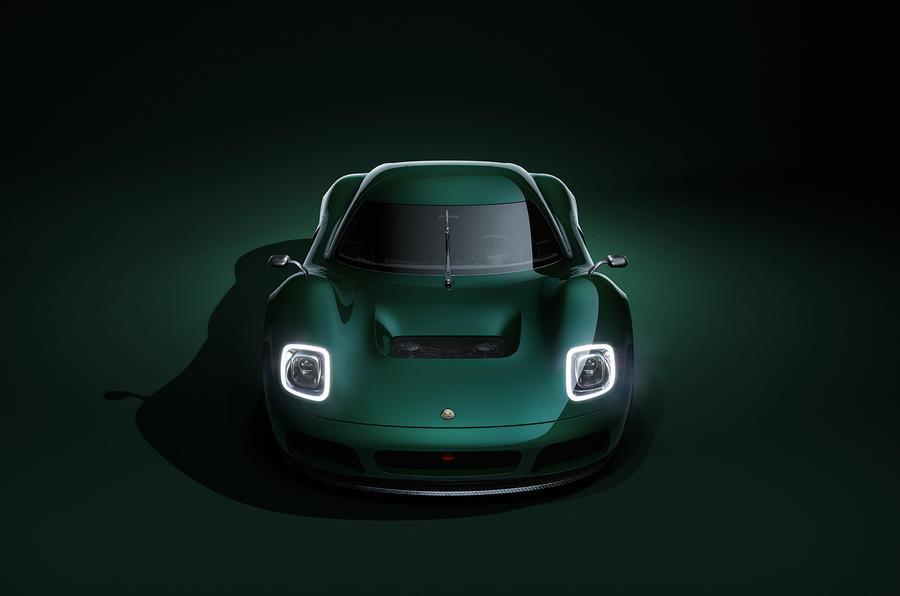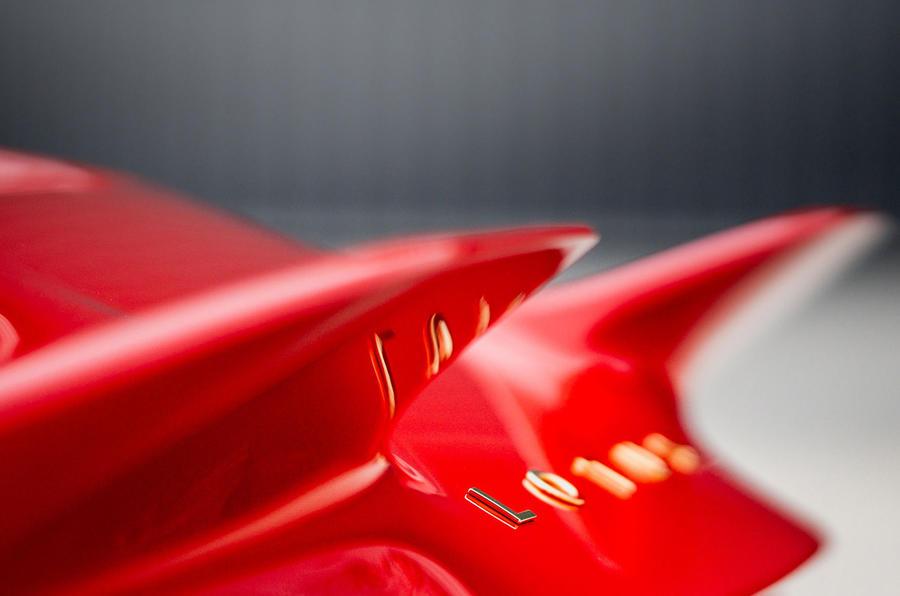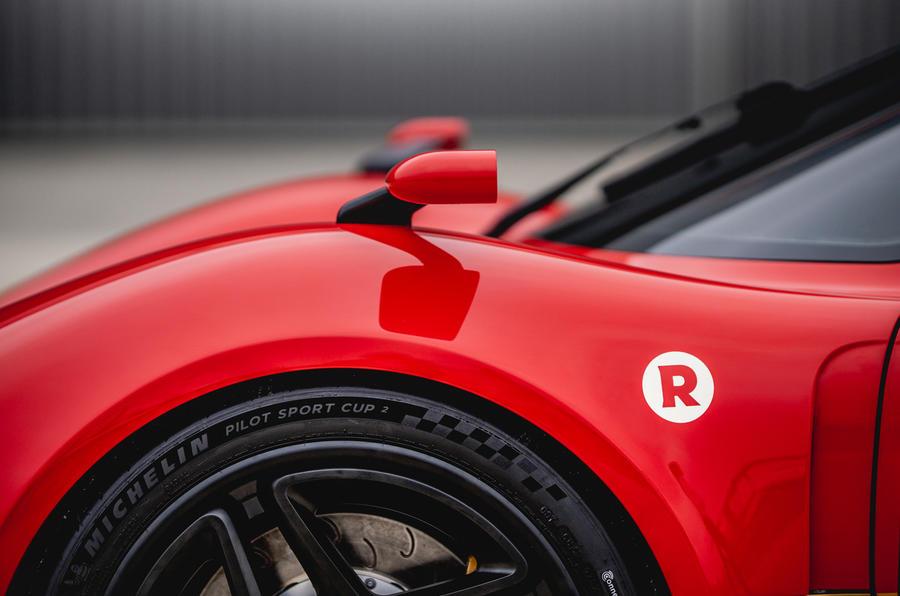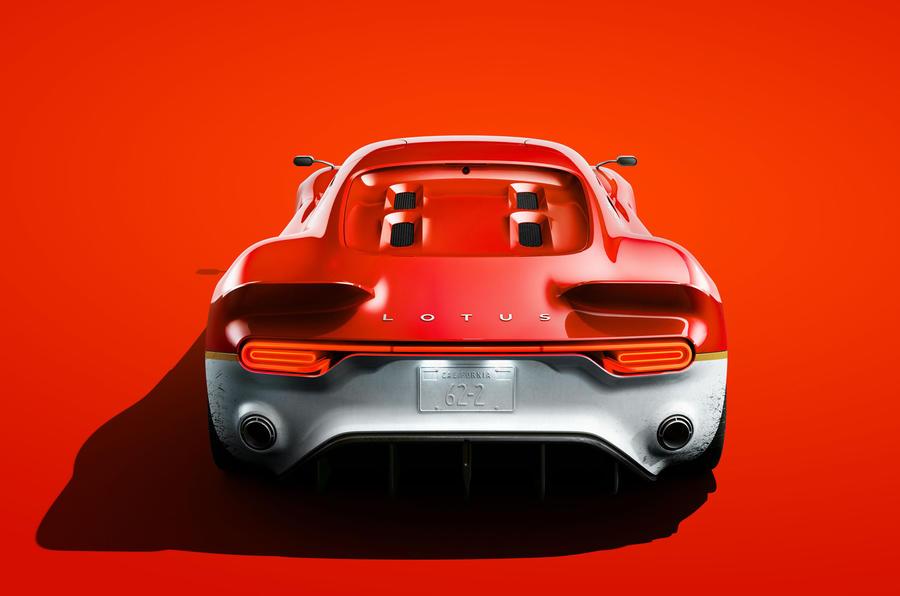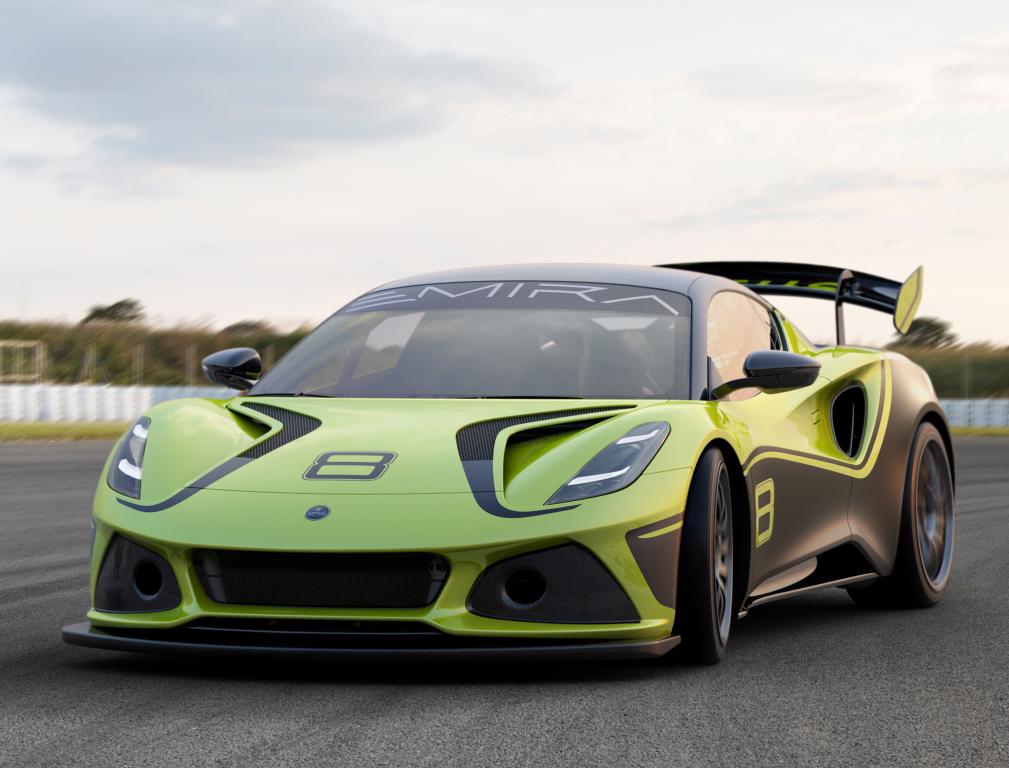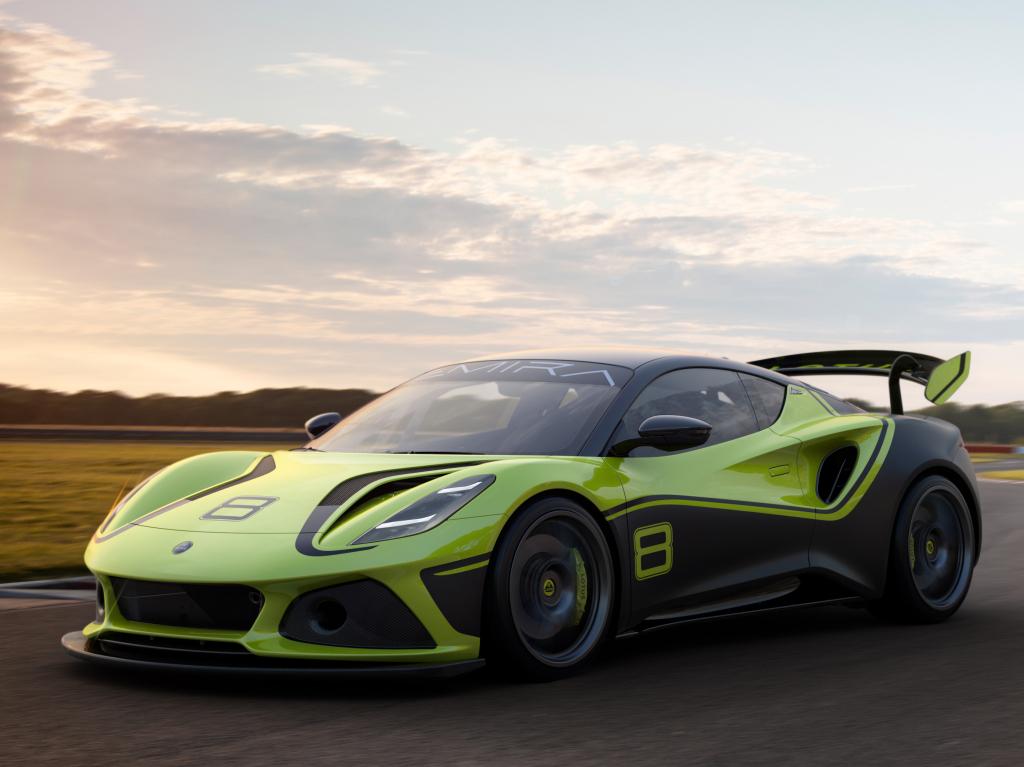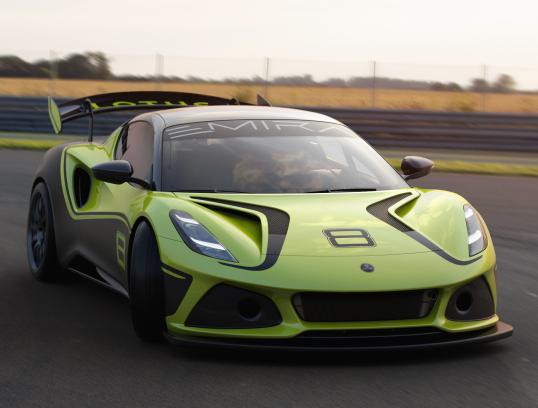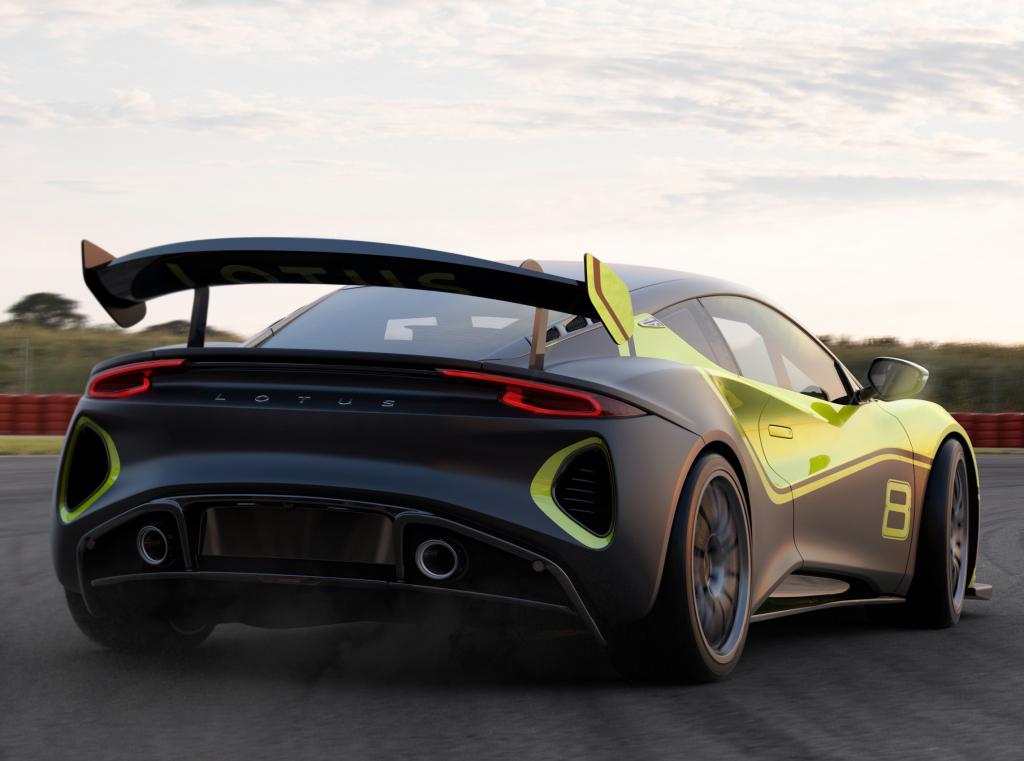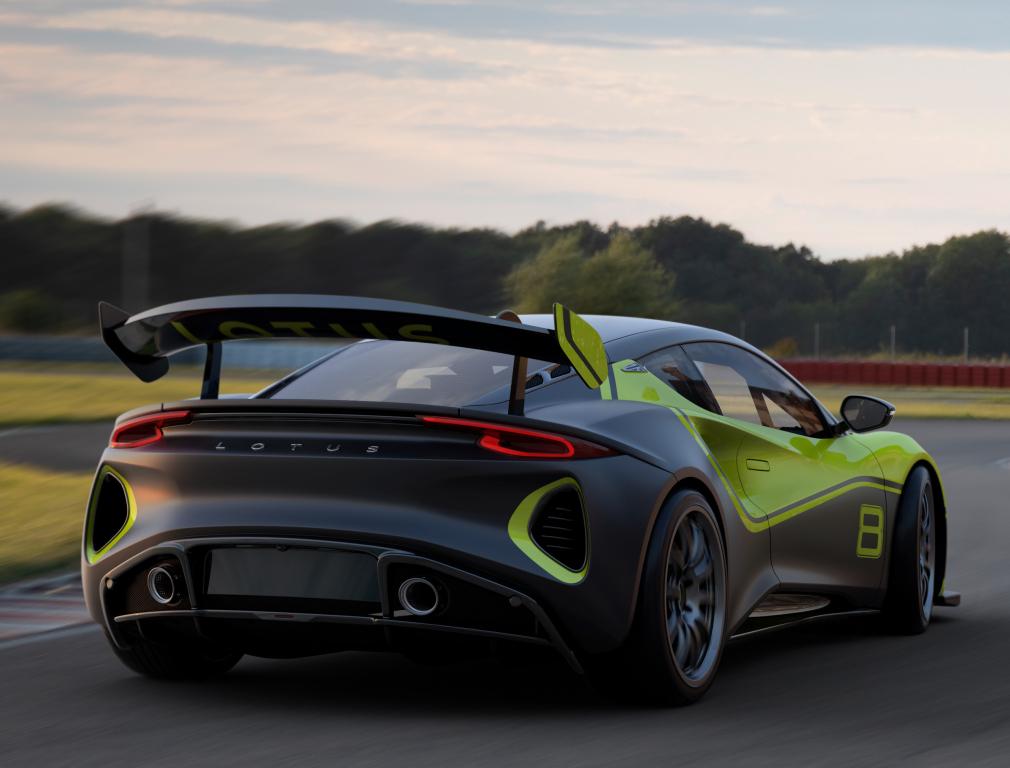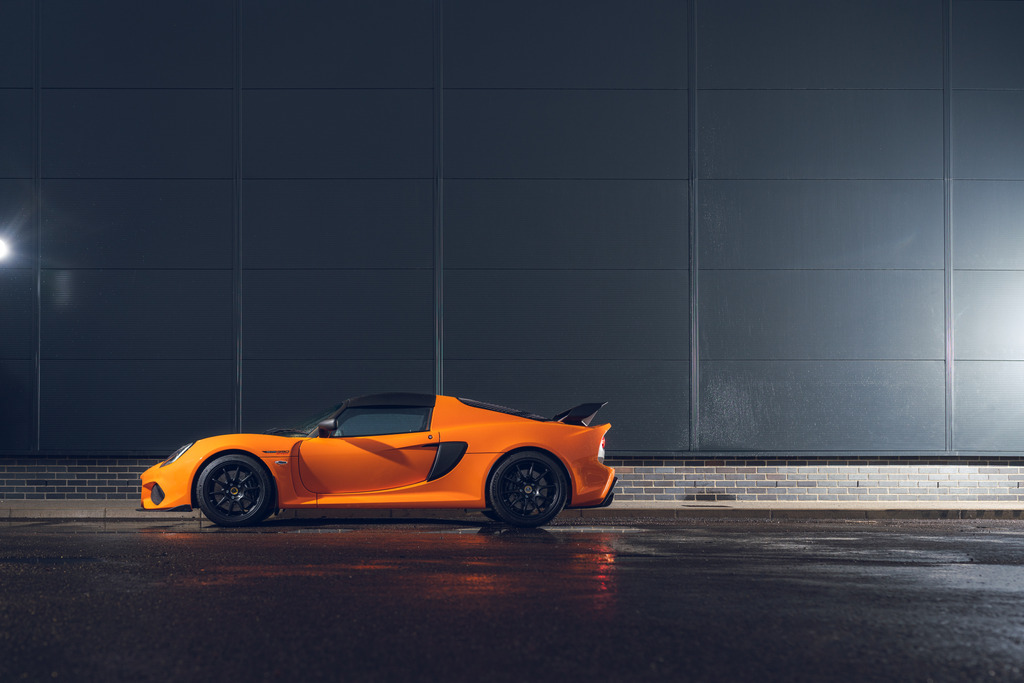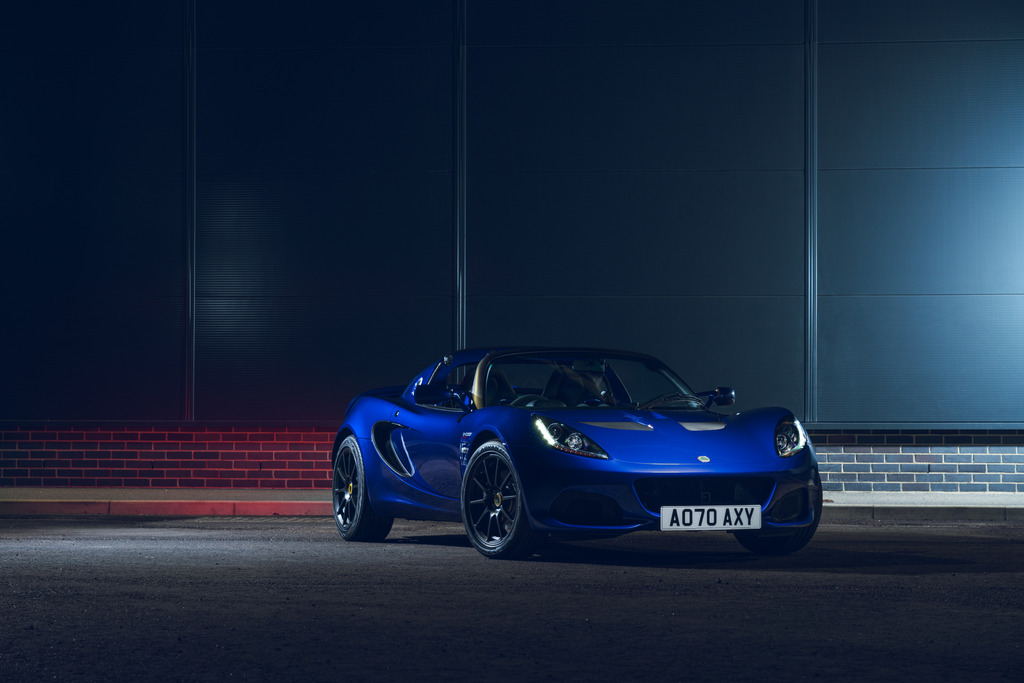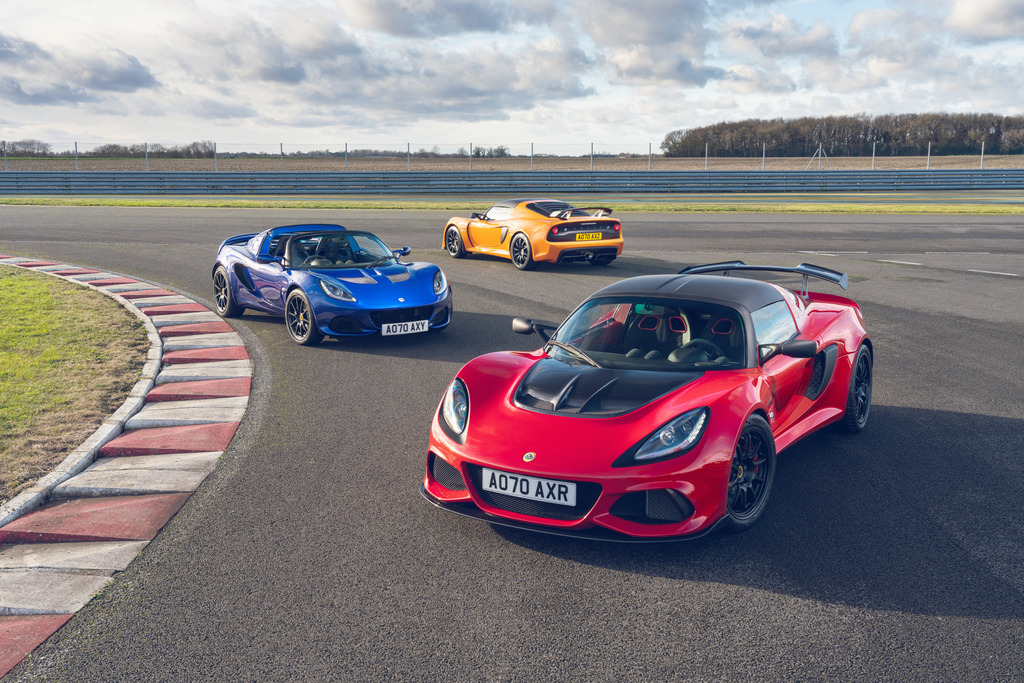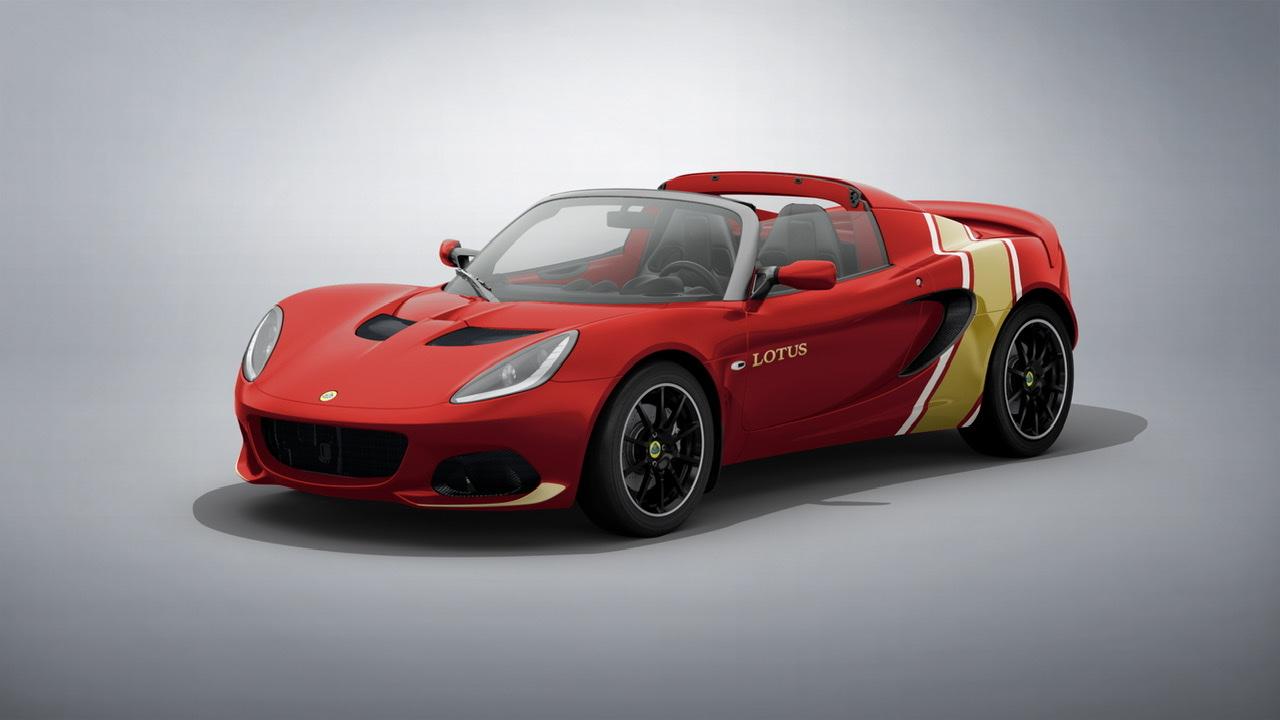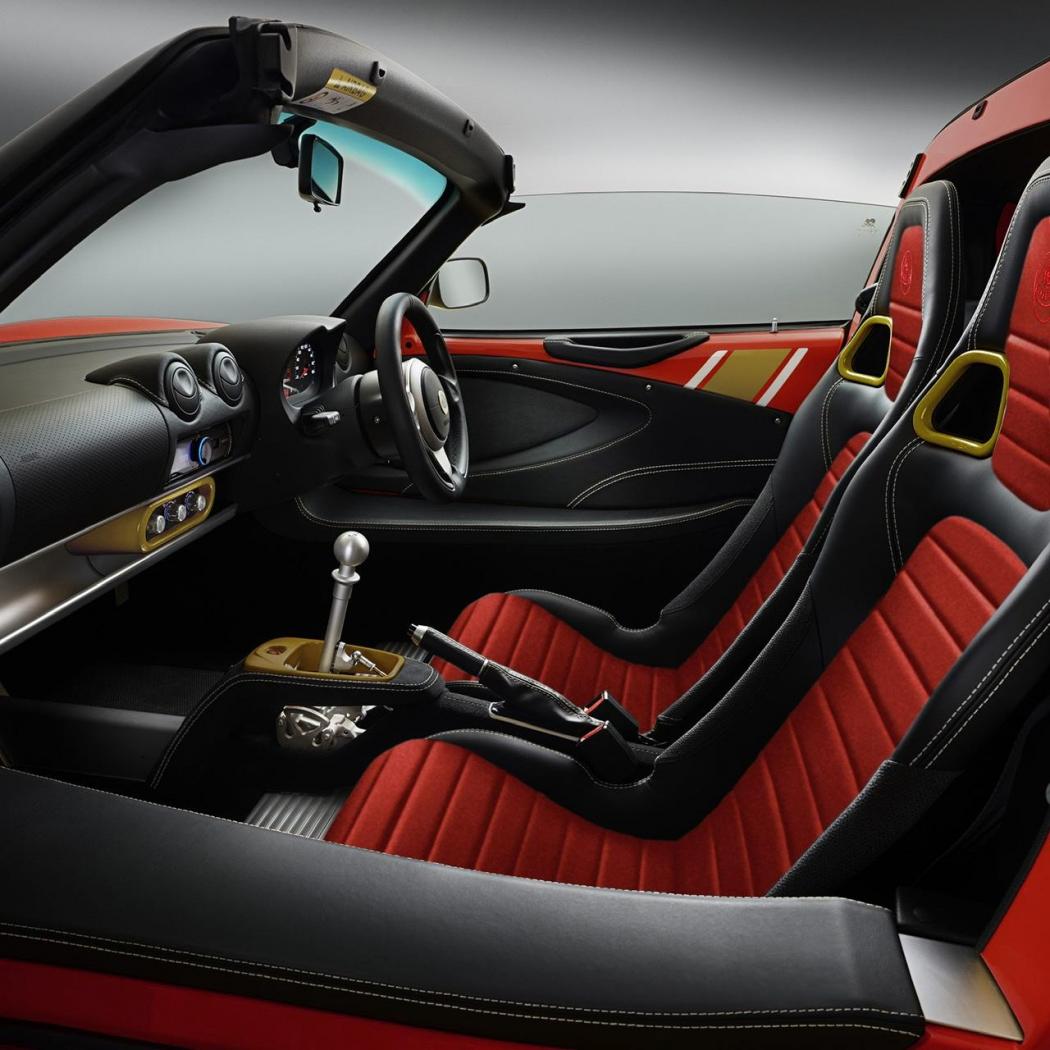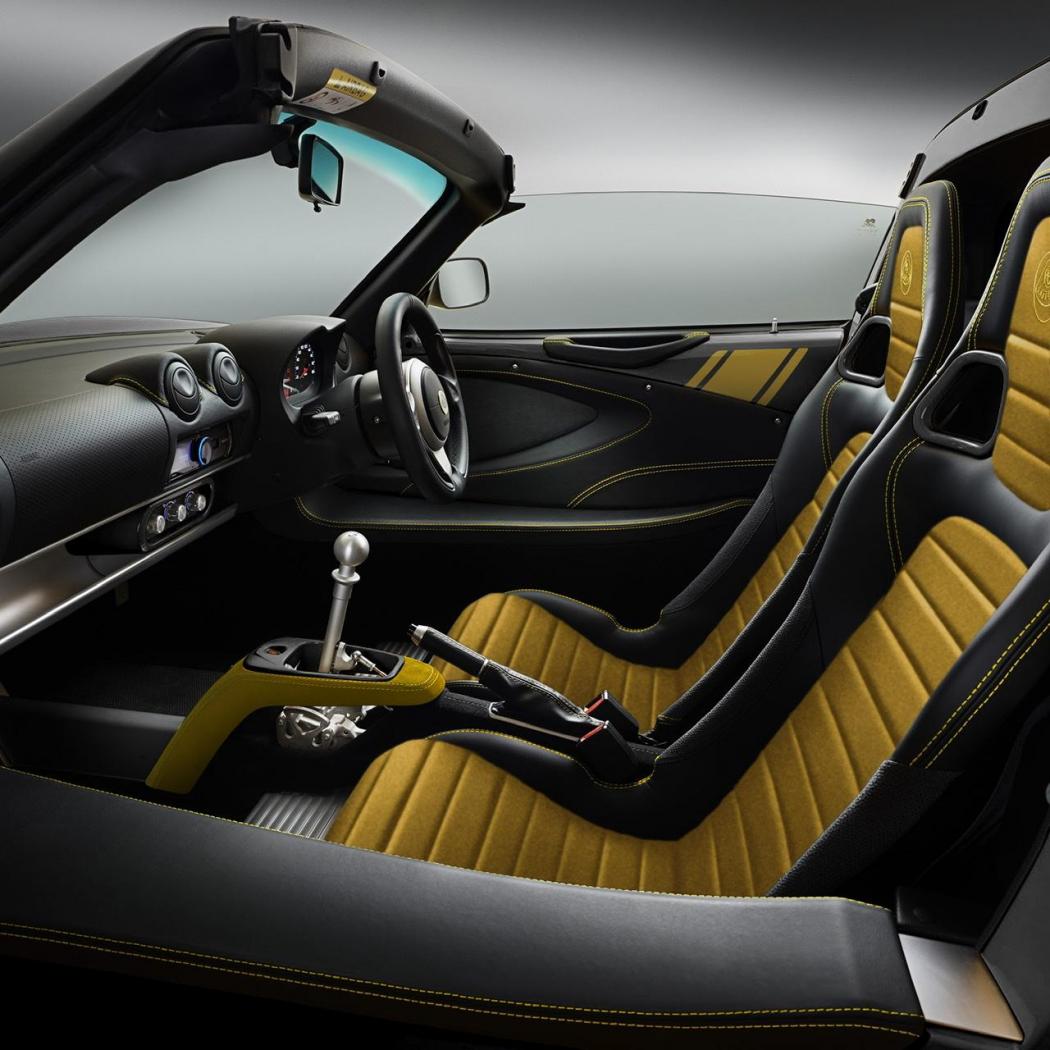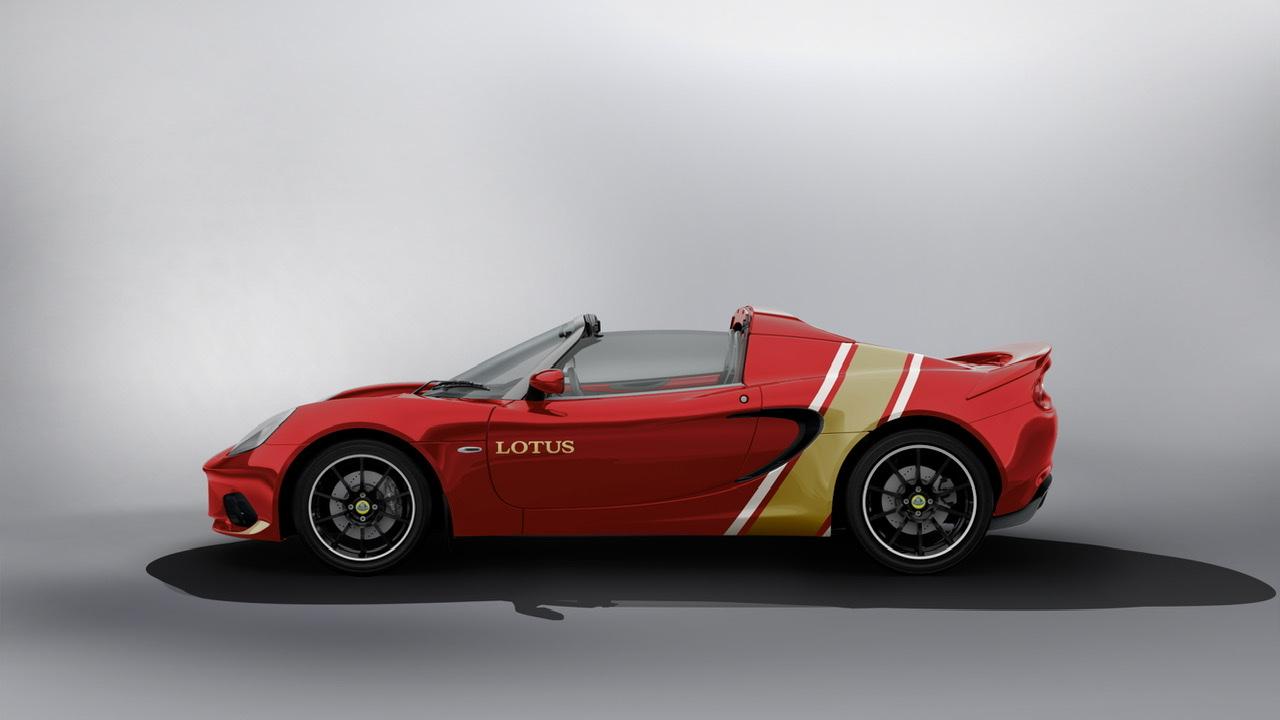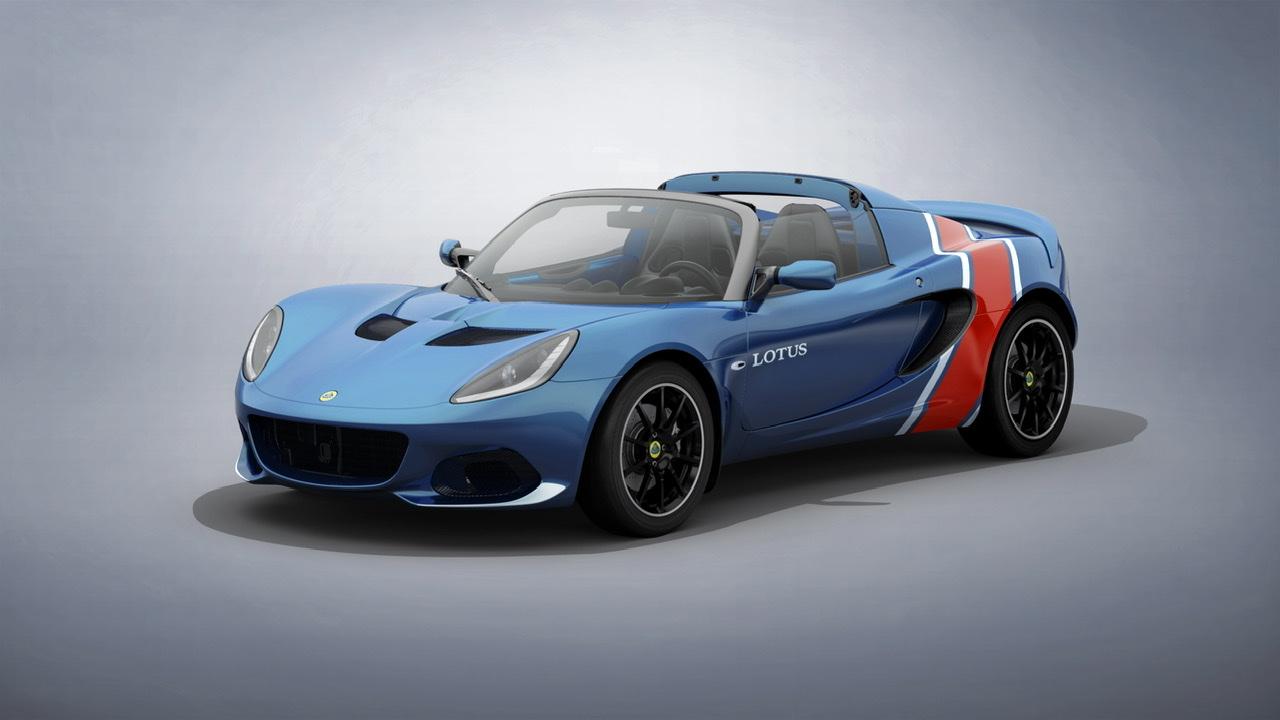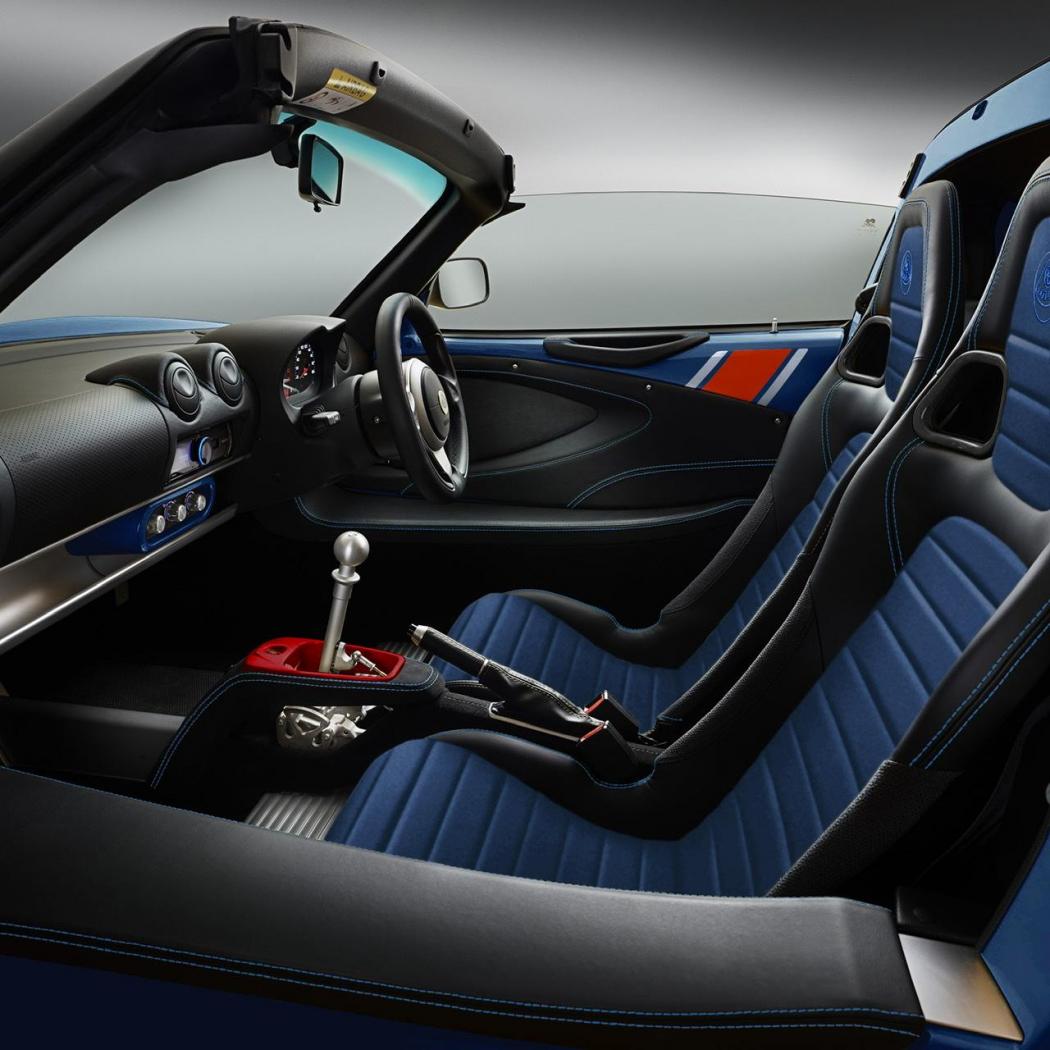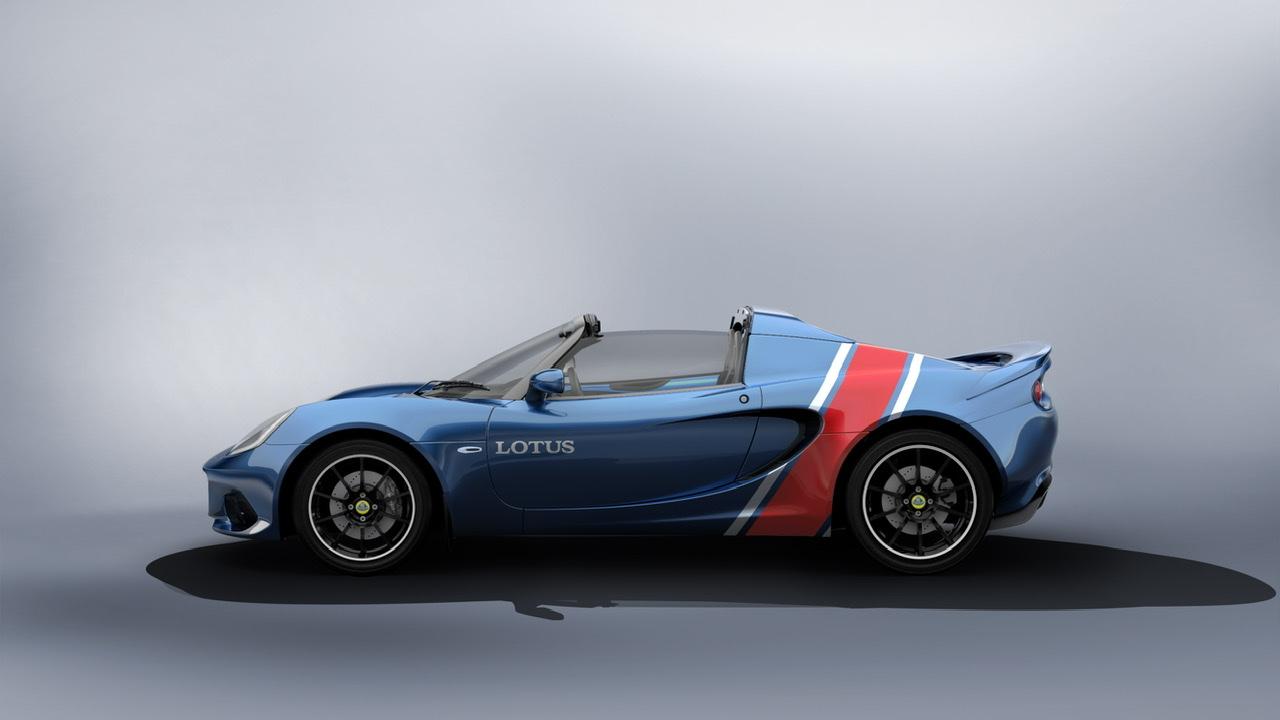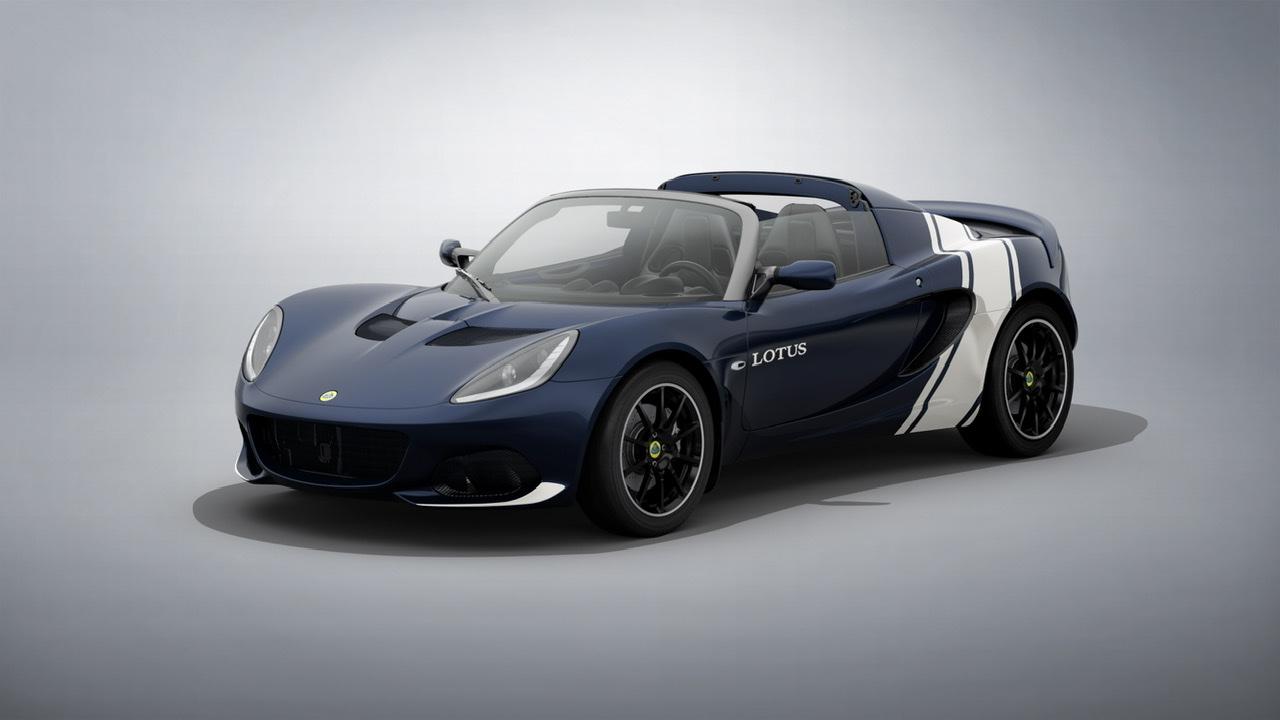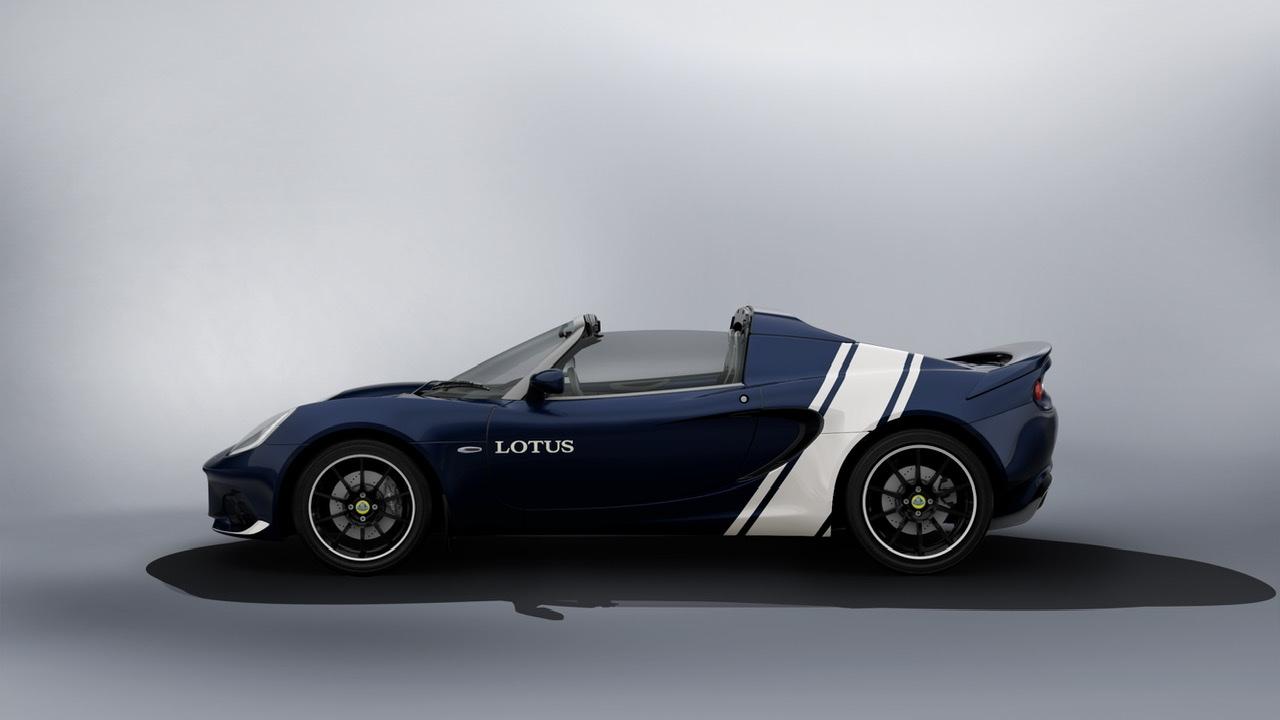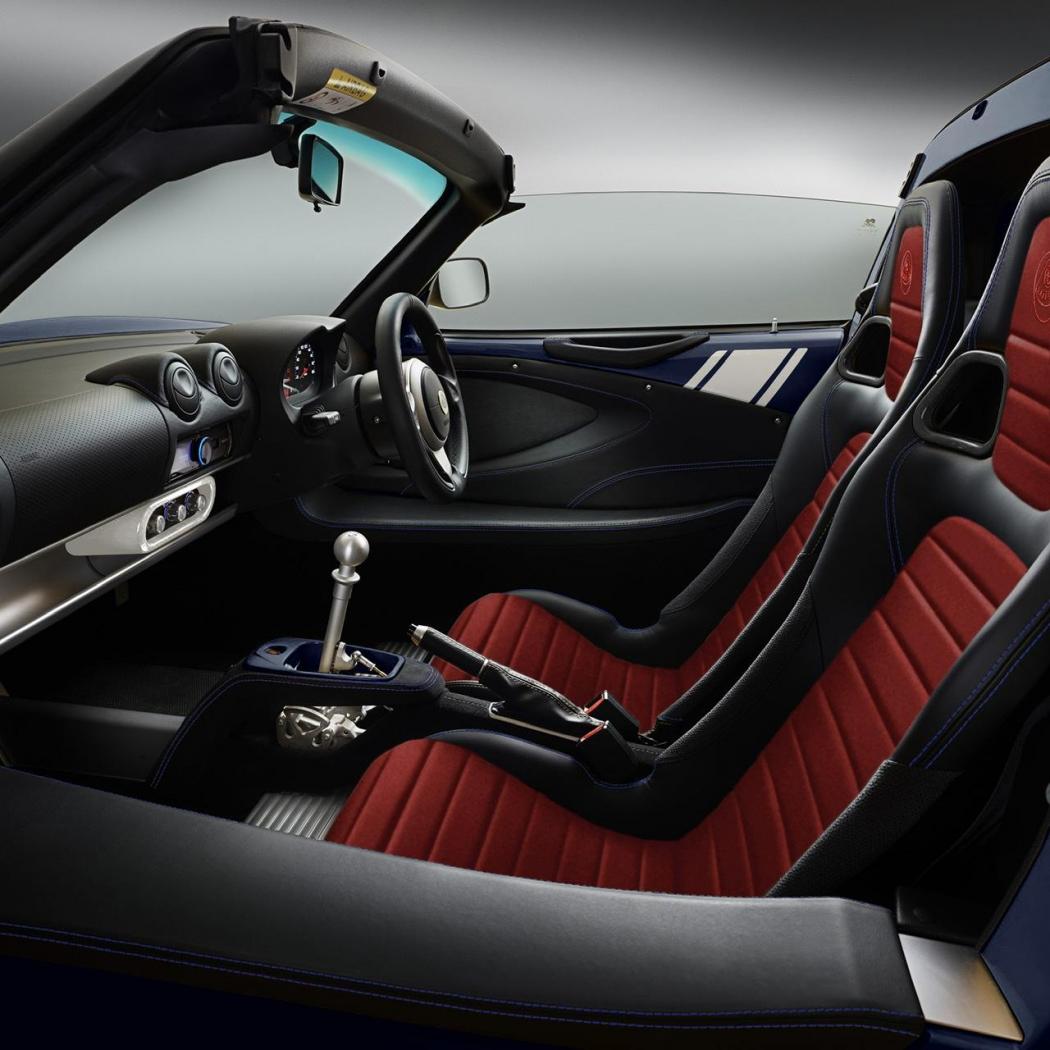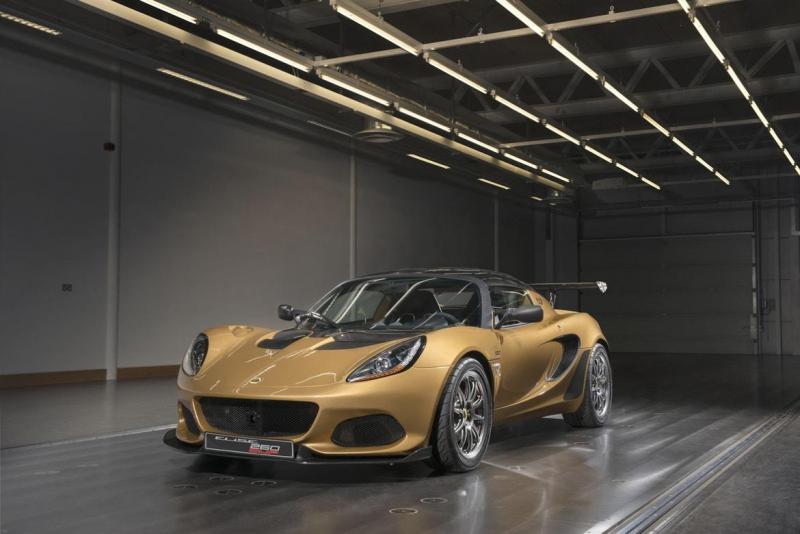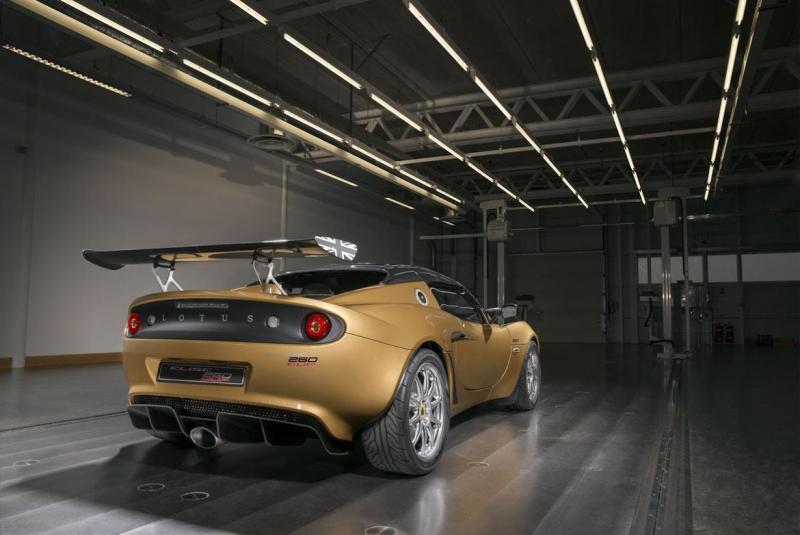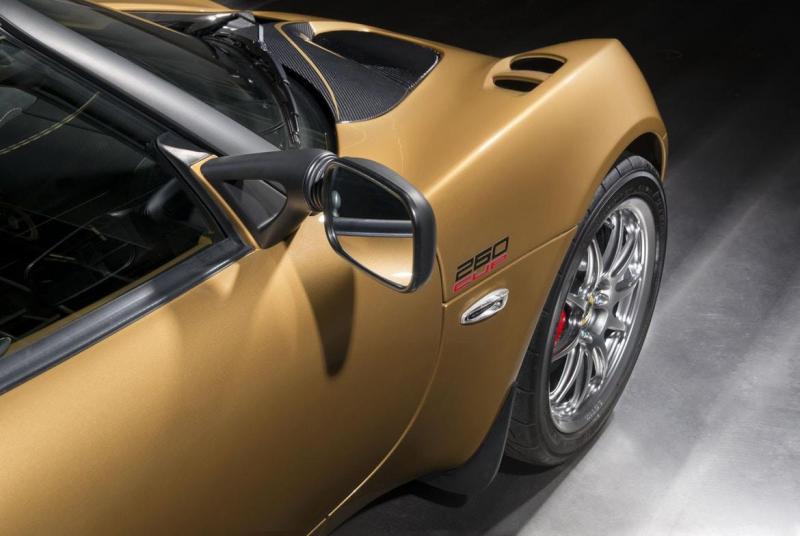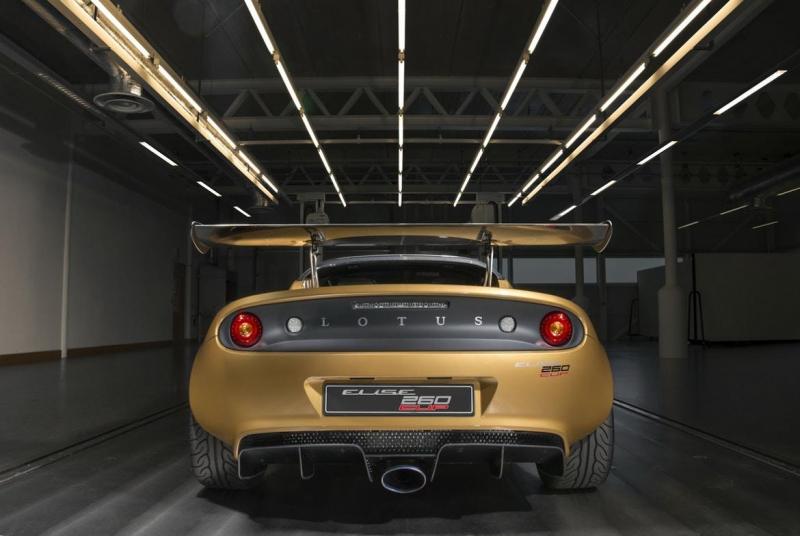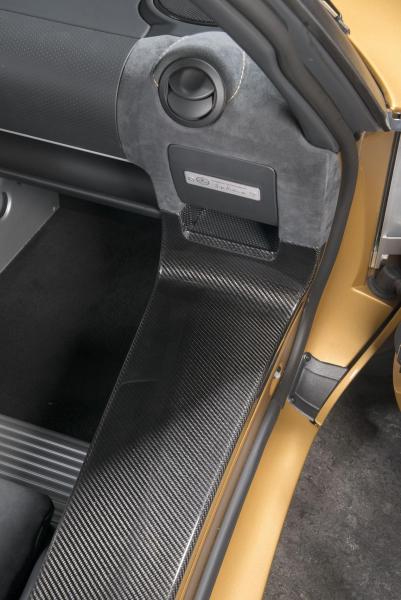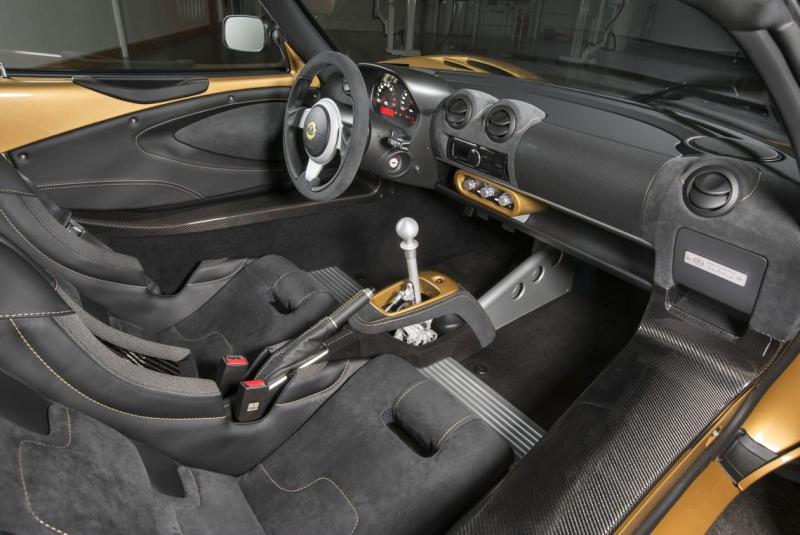Cerca nel Forum
Mostra i risultati del/dei TAG ''lotus ufficiale'' .
Trovato 32 risultati
-
- 55 risposte
-
- 4
-

-

-

-
- 126 risposte
-
Al debutto l’ultima delle Lotus a combustione, disponibile con il 2.0 a 4 cilindri di origine Mercedes-AMG, ricalibrato per 360 hp circa e abbinato al 7 rapporti automatico di Mercedes. Per chi preferisse il caro vecchio V6, c’è anche quello, ed è il solito 3.5 di Toyota, qui con 400 cv e cambio manuale o automatico a 6 rapporti. Le dimensioni sono molto vicine a quelle di Evora, con un passo di 2575 mm; il peso invece è di 1405 kg per la variante base (5kg in più rispetto ad Evora). Dentro lo step è incredibile, con materiali di qualità, schermo da 10.25” per infotainment e da 12.3” per la strumentazione, sedili regolabili e luci ambient (gli ultimi due opzionali). Per la prima volta su una Lotus e sempre a scelta, anche un pack ADAS, sensori di parcheggio, airbag a tendina, keyless go, specchietti ripiegabili elettricamente: insomma, Emira è davvero un qualcosa di nuovo per Lotus. Prezzi da circa 72.000€. Press Release: Lotus Press Release Test Drive: Lotus Topic Spy: ➡️ Lotus Emira 2022 - Prj. Type 131 (Spy)
- 102 risposte
-
- 7
-

-

-

-
- lotus emira
- lotus
-
(e 4 altri in più)
Taggato come:
-
Autocar.co.uk 62 esemplari su meccanica Lotus/Toyota V6, di cui 12 in edizione Gold Leaf. Prezzo ignoto ma si mormora intorno ai 500k.
- 40 risposte
-
- 8
-

-

-

-
- 62-2
- lotus ufficiale
-
(e 3 altri in più)
Taggato come:
-
CEO di Lotus, Phil Popham Hypercar Elettrica di Lotus da circa 1000 CV, autonomia di 250 km e AWD.
- 108 risposte
-
- 3
-

-

-
- lotus evija
- evija
- (e 8 altri in più)
-
- 2 risposte
-
- 1
-

-
- emira gt4 2022
- emira gt4
-
(e 6 altri in più)
Taggato come:
-

Lotus Elise e Exige Final Edition 2021
nella discussione ha aggiunto nicogiraldi in Presentazioni Nuovi Modelli
(Hethel, UK – 8 February 2021) – This year marks the end of an era for Lotus Cars. As the business moves towards an exciting future as outlined in recent announcements, time is being called on production of the iconic Elise and the genre-creating Exige, after 25 and 21 years respectively. In honour of these two legendary models, Lotus has announced a range of five new Final Edition cars which have higher power, greater standard specification and – in true Lotus style – light weight. These cars are the ultimate versions of the Elise and Exige, and mark the pinnacle of technical development to showcase more than two decades of engineering excellence. To be built in limited numbers, each is a fitting tribute to performance cars that are, almost uniquely, legends in their own lifetime. Five new variants – two Elise and three Exige – have been created and Lotus is anticipating high demand from global markets as customers rush to buy a slice of history. They are available with unique paint colours, new exterior decals, new wheel finishes, new trim and Final Edition badging. The improvements continue under the skin, a fact reflected in new names which reveal higher power outputs on three of the five – the Elise Sport 240, Elise Cup 250, Exige Sport 390, Exige Sport 420 and Exige Cup 430. The Elise and Exige Final Edition cars are on sale now, with the MSRP for selected markets listed below. For other markets please contact the appropriate official Lotus Cars importer. Italy(inc VAT) Elise Sport 240 € 60,290 Elise Cup 250 € 67,940 Exige Sport 390 € 84,290 Exige Sport 420 € 104,460 Exige Cup 430 € 134,660 As revealed last month, the Lotus Evora has also entered its final year of production. Further announcements about plans to celebrate this model will be announced in due course. The Lotus Elise Final Edition range in detail The Elise is a truly iconic Lotus, with 2021 serving as the 25th and final year of production. These two new Final Edition cars are a fitting tribute, and the exclusivity and rarity will no doubt ensure high demand and guarantee future classic status. They retain all the core values and features that have made the Elise such an iconic car – a small, light and agile two-seater powered by a supercharged and chargecooled 1.8-litre, four-cylinder mid-mounted engine. As standard, both Final Edition cars receive the most extensive list of interior and exterior features ever. The biggest change is the all-new TFT digital dashboard with the choice of two screens, one with a conventional set of dials and the other a race car-style with digital speed read-out and an engine speed bar. The steering wheel is of a new design and clad in leather and alcantara. It features a flat base to create better leg clearance for taller drivers and to aid ingress and egress. Every car comes with a Final Edition build plaque, plus new seat trim and stitch patterns. A new selection of colours has been introduced for both the Elise Sport 240 and the Elise Cup 250, harking back to some of the iconic colour schemes from the Elise and Lotus’ past. These include Azure Blue, the colour used in the first production car images for media in 1996; Black, the brand colour of the motorsport division when the company ran the successful Autobytel Lotus Elise Championship race series; and Racing Green, an homage to the colour of the original car unveiled at the 1995 Frankfurt Motor Show. Lotus Elise Sport 240 Final Edition The Elise Sport 240 Final Edition gains an extra 23bhp from a revised calibration and so replaces the Sport 220. Delivering 240bhp and 244Nm of torque, the engine has been tuned to provide stunning real-world performance and class-leading efficiency. The 0-60mph sprint is completed in 4.1 seconds thanks to a power-to-weight ratio of 260bhp per tonne. CO2 emissions of 177 g/km are extremely low for the performance on offer. The car comes with 10-spoke Anthracite lightweight forged alloy wheels as standard (6J x 16” front and 8J x 17” rear). They’re 0.5kg lighter than the wheels on the Elise Sport 220 and shod with Yokohama V105 tyres (195/50 R16 front and 225/45 R17 rear). Further weight savings can be achieved with an extensive range of optional carbon fibre panels, including sill covers and engine cover, lithium-ion battery plus a lightweight polycarbonate rear window. With all the lightweight options chosen, the mass of the Elise Sport 240 reduces further from 922kg to 898kg. Lotus Elise Cup 250 Final Edition Key to the Elise Cup 250’s performance are its aerodynamics and downforce linked to its power and light weight. With aerodynamically optimised components such as the front splitter, rear wing, rear diffuser and side floor extension, this Final Edition car produces 66kg of downforce at 100mph and 155kg of downforce at is maximum speed of 154mph. The car is shod in new 10-spoke Diamond Cut ultra-lightweight M Sport forged wheels (7J x 16” front and 8J x 17” rear) with Yokohama A052 tyres (195/50 R16 front and 225/45 R17 rear). The extensive list of standard equipment includes Bilstein sport dampers and adjustable anti-roll bars, to help maximise the aerodynamic downforce available and boost grip whilst maintaining the legendary Elise handling. Also fitted as standard is a lightweight lithium-ion battery and polycarbonate rear window. Other lightweight carbon fibre options, as on the Elise Sport 240 Final Edition, are available reducing the mass to an unladen weight of just 931kg. The Lotus Exige Final Edition range in detail The Exige range is celebrated in its final year of production with three new models – the Exige Sport 390, Exige Sport 420 and Exige Cup 430. Like the Elise, new equipment for this final year of production includes unique paint choices, new decals and two new wheel finishes. All versions of the Exige also come with the TFT digital dashboard, Final Edition build plaque, new steering wheel, plus new seat trim and stitch patterns. All models are powered by a 3.5-litre supercharged V6 with a baffled sump, mounted in a lightweight and rigid chassis that provides thrilling acceleration and instant response. Pure unassisted steering offers exquisite feedback and vivid communication at all speeds. The Exige benefits from a bespoke version of Lotus’ pioneering bonded aluminium chassis, a unique rear subframe and forged aluminium double wishbone suspension at the rear. Like the Elise Final Edition range, the Exige is also available in a selection of new colours representing significant cars in its history. These include Metallic White, from the unveiling of the V6 Exige at the Frankfurt Motor Show in 2011, and Metallic Orange, which was used on the first press fleet car in 2000 and the and the Exige GT3 concept from the Geneva Motor Show 2007. Lotus Exige Sport 390 Final Edition The new Exige Sport 390 replaces the outgoing Exige Sport 350. The power increase of 47bhp comes from a revised calibration linked to the Edelbrock supercharger with chargecooling, to produce 397bhp and 420Nm. Linked to a light weight of 1,138kg, the Exige Sport 390 accelerates to 60mph in just 3.7 seconds before reaching a top speed of 172mph. The advanced aerodynamics are carefully balanced, generating 70kg of downforce at the rear and 45kg up front for a total of 115kg at top speed. To put this power on to the road, the Exige Sport 390 has 10-spoke silver lightweight forged alloy wheels (7.5J x 17” front and 10J x 18” rear) and Michelin PS4 tyres (205/45 ZR17 front and 265/35 ZR18 rear). Lotus Exige Sport 420 Final Edition The Exige Sport 420 Final Edition gains an extra 10bhp and replaces the outgoing Sport 410. It is the fastest Exige available, topping out at 180mph, with 0-60mph completed in 3.3 seconds. With its light weight of 1,110kg and 420bhp (giving a power to weight of 378bhp per tonne) and 427Nm from the supercharged and chargecooled V6 engine, coupled with a flat torque curve and maximum power available to maximum revs, the Exige is regarded as the most complete driving car of its class. The list of standard equipment is impressive. Front and rear Eibach anti-roll bars are adjustable and the three-way adjustable Nitron dampers allow for different high and low speed compression settings. The car rides on 10-spoke Anthracite lightweight forged alloy wheels (7.5J x 17” front, 10J x 18” rear) with Michelin Pilot Sport Cup 2 tyres (215/45 ZR17 front and 285/30 ZR18 rear). Stopping power comes from AP Racing brakes with forged, four-piston calipers and two-piece J-hook brake discs. With a higher thermal capacity and improved bite, these discs offer improved debris clearance and reduced vibration for more consistent pedal feel and greater, fade-free performance. Lotus Exige Cup 430 Final Edition The Cup 430 remains the range-topping Exige. Already legendary in its short lifetime, it is regarded as being one of the world’s quickest real-world sports car. It is not just suited to its driver’s favourite road, but also at home on a challenging circuit. Chargecooled for a consistent 430bhp and capable of generating 171kg of downforce, this is the road and track car to rule them all. The radical aero package is not for show; the Exige Cup 430 generates as much downforce at 100mph as the Exige Sport 390 does at 170mph. Weighing just 1,110kg the power-to-weight ratio hits a staggering 387bhp per tonne. With 440Nm of torque from 2,600rpm, 0-60mph is completed in 3.2 seconds on the way to a top speed of 174mph. Downforce is balanced at all speeds, with the car generating 76kg at the front and a further 95kg at the rear, giving a total of 171kg. Everything about the Exige Cup 430 is focused upon performance whether that’s driving on the road or track. Every car comes with motorsport-grade carbon fibre panels include the front splitter, front access panel, roof, diffuser surround, enlarged air-intake side pods, one-piece tailgate and race-derived rear wing. In addition to revised steering arm geometry to increase bump steer, handling characteristics can be altered via the Nitron three-way adjustable dampers (high and low speed compression plus rebound adjustment) and Eibach adjustable front and rear anti-roll bars, both as standard. Michelin Pilot Sport Cup 2 tyres (215/45 ZR17 front and 285/30 ZR18 rear) are fitted to ultra-lightweight 10 spoke diamond cut lightweight forged alloy wheels (7.5J x 17” front, 10J x 18” rear). Braking comes via forged, four-piston AP Racing brake calipers and higher thermal capacity two-piece J-hook brake discs front and rear. The system is designed to give improved bite and reduced vibration, delivering consistent pedal feel and fade-free stopping power lap after lap. With a high-flow titanium exhaust system as standard, the Cup 430 sounds like no other supercar at speed. Motorsport-derived variable traction control linked directly to the ECU helps maximise traction on corner exit by managing the giant surge of torque. It’s controlled via a six-position rotary switch located on the steering column. Only active with the ESP stability control switched off, the five pre-set traction levels are displayed on the instrument cluster. When production of the Lotus Elise, Exige and Evora end later this year, the final combined production total will be in the region of 55,000 cars. Together they account for more than half of Lotus’ total road car production since the first Lotus in 1948.- 17 risposte
-
- 5
-

-

-

-
- lotus ufficiale
- exige final edition
- (e 9 altri in più)
-

Lotus Elise Classic Heritage Edition 2020
nella discussione ha aggiunto __P in Presentazioni Nuovi Modelli
- 13 risposte
-
- 1
-

-
- lotus elise
- elise
-
(e 3 altri in più)
Taggato come:
-
Arriva il M.Y. 2020 per la Lotus Evora che vede scomparire gli allestimenti Evora Sport 410 ed Evora 400, per un più classico "GT". Il V6 3.5 Toyota sviluppa ora 416 CV e 430 Nm di coppia - con cambio manuale - che salgono a 450 Nm con la trasmissione automatica. Per scaricare al suolo, efficacemente, la potenza, Lotus aggiunge un differenziale LSD di tipo Torsen. Con questi numeri, lo scatto da 0 a 100 km/h è coperto in 3.9 secondi (sia manuale, sia auto secondo Lotus). Rispetto alla Evora Sport 410, la nuova Lotus Evora GT è dimagrita di circa 32 kg, di cui 22 kg sono abbattuti grazie all'utilizzo - optional - del Carbon Package, che aggiunge cofani, portiere, estrattore posteriore e tetto in fibra di carbonio. Altri 10 kg (circa) sono limati grazie all'utilizzo dell'impianto di scarico in Titanio (optional). Nuovi cerchi in lega in alluminio forgiato da 19 e 20 pollici, contribuiscono a ridurre le masse non sospese. L'impianto frenante è costituito da 4 dischi AP Racing (anteriori ventilanti) che vengono morsi da pinze a 4 pistoncini. Grazie ad una rivisitazione dell'aerodinamica ed all'utilizzo di un nuovo labbro inferiore, nuove feritoie sui passaruota, condotti in fibra di carbonio sulle ruote posteriori, il carico aerodinamico sviluppato dalla Lotus Evora GT 2020 è aumentato a 64 kg. I conducenti possono scegliere tra quattro modalità di controllo della stabilità per modificare l'esperienza di guida: Guida, Sport, Race e Off. Quest'ultimo spegne tutte le diavolerie elettroniche, mentre le modalità Sport e Race aumentano la risposta dell'acceleratore e danno maggior libertà al controllo di trazione. All'interno la nuova Evora GT troviamo sedili in Alcantara con cuciture a contrasto; l'utilizzo di pregiati pellami è optional. La pelle e l'Alcantara rivestono un volante in magnesio ed il gruppo strumenti è realizzato con fibra di carbonio a vista. Un sistema di infotainment con uno schermo da 7 pollici viene fornito con Apple CarPlay e Android Auto, connettività Bluetooth e navigazione. La Lotus Evora GT del 2020 parte in USA da $ 96.950 ( + TASSE). Inoltre, per ottenere la più leggera Evora GT possibile, il Carbon Pack costa altri $ 10.000, mentre lo scarico in titanio costa altri $ 8.000. Lotus Evora GT US-Spec 2020
- 7 risposte
-
- 2
-

-
- lotus evora 2020
- lotus evora gt 2020
- (e 6 altri in più)
-
La Lotus Evora GT410 Sport sostituisce la precedente Lotus Evora Sport 410 del 2016. La GT410 Sport è dotata di nuovi pannelli compositi anteriori e posteriori, e sebbene non abbia nessuno degli elementi di carico aerodinamico più elevati della sua versione "pistaiola", genera ancora il 50% in più di carico aerodinamico rispetto al suo predecessore. A spingere la Lotus Evora GT410 Sport è un motore 6 cilindri sovralimentato da 3,5 litri che produce 416 CV e 420 Nm di coppia da 3.500 giri / min. Ha anche un peso a secco di appena 1.256 kg . Il risultato di questo è un tempo di accelerazione da 0 a 60 mph (96 km / h) di soli 3,9 secondi per la versione automatica e 4 secondi per il manuale. Ha affermato l'amministratore delegato di Lotus, Jean-Marc Gales . La GT410 Sport ha anche un rapporto peso / potenza di 326 CV / T e una velocità massima di 305 km / h. La vettura è equipaggiata con pneumatici Michelin Pilot Sport Cup 2, mentre le sospensioni ultraleggere, con basso carico laterale e gli ammortizzatori sportivi Bilstein sono tutti di serie. Lotus offrirà anche un pacchetto di sospensioni touring come optionalgratuito, con ammortizzatori non regolabili e pneumatici Michelin Pilot Sport 4S. I clienti dei mercati europei e dell'area Asia-Pacifico possono già effettuare gli ordini per la nuova Evora GT410 Sport, mentre quelli che vivono negli Stati Uniti e in Cina dovranno aspettare fino all'estate. Considerando che i compratori britannici spenderanno oltre £ 85.900 per questo, quelli che vivono in Germania, Francia o Italia dovranno sborsare rispettivamente € 110.900, € 111.900 e € 116.000.
- 2 risposte
-
- 2
-

-

-
- auto in arrivo
- novità auto
- (e 14 altri in più)
-
PRESS RELEASE
- 1 risposta
-
- 2
-

-

-
- auto in arrivo
- novità auto
-
(e 18 altri in più)
Taggato come:
-
Autocar.co.uk Nuova variante dell'Evora: +10hp, -70Kg
-
- 6 risposte
-
- 1
-

-
- auto in arrivo
- novità auto
- (e 15 altri in più)
-
New engine installation, delivering 430 hp and 440 Nm •New design generating 220 kg of downforce •407 hp per tonne provides unrivalled performance •0-60 mph in 3.2 secs, dry weight from 1,056 kg Unlimited in every sense, the new series production Exige Cup 430 is Lotus’ wildest incarnation of its fire-breathing, point-to-point two-seater sports car. New to the Exige, the Cup 430 sees the introduction of a savage, high-performance engine installation, mated to a new supercharger and chargecooler, designed specifically for the unique demands of this vehicle. A development of the powertrain recently used on the phenomenal Lotus Evora GT430, it’s perfectly paired with a newly-designed body, which delivers enhanced aerodynamic performance to reveal the model’s true potential. The result is a strikingly different beast of pure performance, that’s not for the faint of heart.With 55 hp, or 13%, more power than the limited production Exige Cup 380 model it succeeds, and 220 kg of downforce, it’s a monster of a car. Compared to the Exige Sport 350, it has 24% more power and generates the same downforce at 100 mph as the Exige Sport 350 does at its maximum speed of 170 mph. Lotus’ expertise in lightweight design has played its part in reducing the overall dry weight by 12 kg to 1,059 kg, with the vehicle down to 1,056 kg in its lightest configuration. This, combined with the dramatic jump in raw power, raises the Cup’s power to weight from 355 hp / tonne (Cup 380) to 407 hp / tonne. With 430 hp at 7,000 rpm and 440 Nm (325 lbft) of torque from 4,000 rpm, 0-60mph is dispatched in 3.2 seconds (0-100 km/h in 3.3 seconds) with a top speed of 180 mph (290 km/h). Helping to harness all that power, the Cup 430 benefits from a comprehensive range of new aero elements. A new ultra-lightweight front clam with unique carbon fibre ducts has wider radiator apertures and a new mesh pattern grille to provide a more combative aspect and to allow for a new front splitter and air curtain mechanism to reduce drag. The lightweight rear clam panel supports the larger, straight motorsport wing to increase downforce without impacting upon the car’s overall drag coefficient. The new design front and rear clam panels are 6.8 kg lighter than those on any other Exige. Focused fairly and squarely on aggressive track performance and point-to-point supremacy, the new Lotus Exige Cup 430 is capable of covering the Hethel circuit in 1 minute 24.8 seconds – the fastest production car to lap the famous circuit – 1.2 seconds faster than the Lotus 3-Eleven (Road). Jean-Marc Gales, CEO, Group Lotus plc said, “This is the car that we have always wanted to build, and I am sure that all Lotus enthusiasts will be delighted with the end product. As well as a significant power hike, the Cup 430 has benefited from extensive development in areas essential to Lotus’ DNA, in order to ensure that the full potential of the Exige’s incredible chassis can be exploited. This car has no rivals – inside or outside of its price bracket - and it’s no exaggeration when we say that nothing can keep up with this Exige on the road or track.” Lotus Exige Cup 430 – carbon based light form Lotus’ most extreme Exige packs the company’s most potent powertrain into its smaller vehicle architecture to provide a level of performance that is a step beyond what most drivers can exploit. The car’s distinctive and aggressive new styling perfectly matches the character of the new Exige Cup 430. Signaling the most motorsport focused models in Lotus’ range, the Cup variants are centered on only the essential. Extending this philosophy to its limit, the new Cup 430 is at the apex of the Exige line-up – with only a track-only racer capable of exceeding the car’s abilities. With the Exige already regarded as the standard for purity of purpose, Lotus’ engineers have built upon this benchmark, ensuring that the application of more power is complemented by a class-leading handling balance, characterised by precision and tactility. At the heart of the car lies Lotus’ most formidable engine, a 3.5-litre supercharged and charge cooled V6 producing 430 hp and 440 Nm. Unapologetically aggressive, the Exige Cup 430’s 220 kg of downforce is developed through the careful management of airflow under and over the car. Vital in keeping the Cup at the top of timing sheets, it’s designed to make the most of 440 Nm (325 lbft) of torque delivered from 4,000 rpm, and delivering the lowest of lap times not matter the track. This not only includes the new front clam panel, incorporating a new design of splitter and carbon fibre air blades, but also the high mounted rear wing. The new body introductions combine form and function, with the new hybrid carbon composite panels not only saving weight, but also delivering the car’s distinctive new styling and aerodynamic set up. Balancing downforce over the entire car was a priority with, when compared to the Exige Cup 380, a greater percentage of downforce allocated to the front to ensure accurate high-speed turn in (36% increased to 45%). The new front splitter with trailing lip helps separate and speed airflow under the car and the inclusion of new air curtain elements into the front clam panel efficiently moves air though to the front wheel cavities to help reduce turbulence and drag generated by the front wheels. The front louvers reduce the pressure within the front wheel arches, increasing downforce. The cut-out sections behind the rear wheels, also reduce wheel arch pressure, whilst the new lightweight aluminium diffuser is 1 kg lighter. Crowning all of this is the carbon fibre straight rear wing, raised higher to further boost downforce, clearly signaling the car’s aggressive intent and pursuit of aerodynamic excellence. As you would expect, the intense use of ultra-lightweight carbon fibre only adds to the overall performance, as well as reinforcing the Exige Cup 430's physical presence. The hand-made composite components include front splitter, front access panel, roof, diffuser surround, large aperture air-intake side pods, one-piece tailgate and the race derived rear wing. Scratch the surface of the Cup’s capabilities, and you’ll find its motorsport-derived credentials. In addition to revised steering arm geometry, to increase bump steer, the car’s handling characteristics can be altered via the introduction of new Nitron three-way adjustable dampers (adjustable for rebound and low and high-speed compression, giving the ability to fine tune the damping) and Eibach adjustable front and rear anti-roll bars, both as standard. The substantial Michelin Pilot Sport Cup 2 tyres (215/45 ZR17 front and 285/30 ZR18 rear) are fitted to ultra-lightweight forged alloy wheels, available in red, black or silver as standard. The faster the car, the better the brakes need to be, and the Exige Cup 430 uses some of the largest calipers and rotors of any Lotus road car. With forged, four-piston AP Racing brake calipers and new performance two-piece, J-hook brake discs (with higher thermal capacity) front and back, the system is designed to give improved bite and debris clearance and reduce distortion and vibration and to deliver consistent pedal feel and stopping power lap after lap. The Cup 430 also comes with a tremendously strong, yet light, T45 steel roll over bar, new seatbelt anchorage frame (saving 1.2 kg), a Lithium-Ion battery and front towing eye as standard, as well as a host of options including, a dealer fit FIA compliant roll cage, electrical cut-off and fire extinguisher controls, airbag deletion and a non-airbag steering wheel. Key to the Cup’s potency is the Exige’s newly-developed powertrain. Based on the benchmark engine from the recently launched Evora GT430, it features an Edelbrock supercharger and water to air charge cooler to generate more power through cooling the higher pressure charged intake air. Specifically developed for the Exige, the engine’s calibration allows for a redline of 7,000rpm, helped in part by a new intake system and larger throttle body. In order to handle the extra power, a new oil cooler configuration and uprated clutch are required. Available as standard with a close-ratio, six-speed manual transmission, the Exige range features Lotus’ acclaimed open-gate manual gearbox design. Precisely aligned for fast and seamless shifts, it has recently established itself as a favourite of Lotus customers. To transfer the increased power and torque from the engine to the gearbox, a new 240 mm diameter clutch has been fitted (up 12 mm compared to the Exige Cup 380) which increases the clutch surface area by 11%. Engine note and tone also play big parts in the Cup’s repertoire. With the new induction and supercharger configuration, and a high-flow titanium exhaust system as standard, the Cup 430 sounds like no other Exige at speed. In addition, the titanium exhaust removes 10 kg from beyond the rear axle, The Lotus Exige Cup 430 includes a variable traction control function, linked directly to the ECU. The six-position rotary switch is located on the steering column, and only active with ESP switched to off, with five pre-set traction levels (1%, 3%, 6%, 9%, 12% slip) as well as “off”, displayed via the instrument cluster. The composite concept continues into the Cup’s cabin with visible-weave, handmade sections including a new lightweight carbon fibre binnacle surround, Lotus’ bespoke carbon race seats, with new lightweight seat runners, and carbon door sills. Colour keyed inserts for the revised lightweight sports seats, transmission console, HVAC surround and window switches are also standard, along with a centre console, door cards and dashboard trimmed in Alcantara®, with leather or tartan as a no cost option, along with contrast stitching and an Alcantara® steering wheel. In total, the lightweight interior of the Exige Cup 430 is 2.5 kg lighter than on the Cup 380. All the lightweight standard items help reduce the total mass by 29 kg which more than offsets the increase in weight from the chargecooler and cooling system (+15 kg), new higher rated clutch (+0.8 kg) and wider brake discs (+1.2 kg) resulting in an unladen weight of 1,093 kg and 1,059 kg dry. By selecting the airbag deletion option, the customer can take the lightest possible dry weight of the Exige Cup 430 to 1,056 kg. For owners wanting to brand the new Exige their own, the Cup 430 can be personalised through Lotus’ Exclusive programme. Combining traditional British craftsmanship with modern design, the service inspires customers to spend time tailoring the character of their Lotus with a comprehensive array of options. Since its introduction this has proved increasingly popular, with over 25% of all new cars undergoing some form of personalisation. Launching the new Lotus, Jean-Marc Gales said, “The Exige continues to push the boundaries of what is possible in terms of performance, agility, aerodynamics and rapid covering of ground from A to B in a production road car. There isn’t another car on sale that can match the new Exige Cup 430; it will go down as a ground-breaking car in the history of Lotus.” The Exige Cup 430 is available as a series production car and can be ordered now, priced £99,800 including VAT (UK) and €127,500 (Germany) and €128,600 (Franc
- 12 risposte
-
- auto in arrivo
- novità auto
- (e 16 altri in più)
-
Precision, beauty and performance: The new Lotus Evora GT430 Thursday, July 20, 2017 - 13:00 Most powerful road going Lotus sports car ever • 0-60 mph in 3.7 secs, 430 hp and 1,258 kg • 250kg of downforce at maximum speed of 190 mph • Just 60 editions planned for worldwide markets • Available to order now Following the successful introduction of the Lotus Evora 400 and Evora Sport 410 to global markets, Lotus has unveiled its most powerful road-going model ever - the Evora GT430. A beautiful and pure combination of elegance and power, Lotus has lavished attention on hand crafted carbon-fibre components to endow this fully homologated Evora with a level of precision engineering and design unseen before. This focused evolution of the critically acclaimed Evora has resulted in a landmark model for the famous British manufacturer. Powered by a new development of the 3.5-litre V6 supercharged and charge cooled engine producing 430 hp, and benefitting from a significant hike in downforce, the rare breed Evora GT430 is a class apart from its competitors. Underpinned by the company’s acknowledged eminence in lightweight engineering, and at a new benchmark weight of 1,258 kg (dry), the Lotus Evora GT430 is the manufacturer’s most powerful and accomplished road car to date. With such performance, and all the marque’s chassis expertise, the new Evora GT430 delivers tremendous real-world speed and handling unheard of in its class. Given the car’s breath-taking design and phenomenal performance, the Evora GT430 is an instant classic. Just 60 editions of this supreme Evora will be hand built in Norfolk, England, for sale in select markets around the world and, following the popularity of Lotus’ recent limited run editions, it’s already in line to be a true collector’s car. Marking the return of a famous Lotus badge, and acknowledging the Lotus Esprit V8 GT and the Esprit GT3 from the 1990s, this two-seater encapsulates the company’s approach to fast point-to-point sports cars. 0-60mph is dispatched in just 3.7 seconds and the car’s top speed is 190 mph (305 km/h). With new and specifically designed body panels, featuring exposed carbon weave sections, front and rear, the Lotus GT430 generates up to 250 kg of downforce through advanced aerodynamics. Larger front apertures, a new carbon fibre splitter, air blades and louvers positioned on top of each front wheel arch clearly illustrate the supercar credentials of the Evora GT430 when viewed head on. At the rear, aero ducts behind each wheel reduce pressure in the wheel arch and offer visibility of the wider Michelin Pilot Sport Cup 2 tyres, and a large rear diffuser provides a sharp visual finish. Both are crowned by the large, profiled carbon wing. Jean-Marc Gales, CEO, Group Lotus plc said, “The Evora GT430 is a landmark car for Lotus. Lightweight engineering and class-leading handling, paired with Lotus’ aerodynamic expertise, define the Evora GT430 as a legendary Lotus. It’s a truly beautiful car, meticulously finished in hand-crafted carbon, and employing the latest aerodynamics and lightweight materials. This highly developed vehicle perfectly reflects Lotus’ attention to engineering and design. We expect the lucky owners to be blown away by its pure presence and staggering performance.” Faster, lighter, sharper Featuring unique bodywork and aerodynamic elements, as well as more power, the Evora GT430 further raises the bar for road-going sports cars. It delivers the balance and finesse for which the marque is famous, combined with blistering pace, supreme composure and agility at the highest speeds. Every component of the Evora has been evaluated before inclusion to ensure that the car retains only the items essential for performance. Despite the addition of 9 kg increased specification components (lightweight carbon rear wing and larger wheels and tyres), overall dry weight is down by 26 kg, to 1,258 kg, compared to the already super light Evora Sport 410, making this the lightest road Evora to date. In addition to the unique full carbon front and rear bumpers, which feature exposed visible weave sections, the car is comprehensibly equipped with high-gloss, visible carbon fibre components throughout, including a new front splitter, front access panel, roof panel and full width rear wing. Also at the rear is a beautifully detailed, one-piece carbon tailgate, incorporating a louvered section which, together with composite quarter panels, affords the car an unmistakable profile. All Lotus cars are regarded as the finest handling sportscars on the market and the new Evora GT430 takes dynamic performance to the next level. Damping is provided by Lotus-tuned, Öhlins TTX two-way adjustable units, with twenty click-adjustment compression and rebound settings and saving 10kg in mass compared to the Evora Sport 410 set-up. New, ultra-lightweight, low-sideload Eibach springs provide an increase in spring rate and the car’s handling is improved further through the use of front and rear anti-roll bars. Perfect for B-roads, but ballistically fast when needed, the new Evora GT430 can lap the famous Hethel test track in 1 minute 25.8 seconds – a record for an Evora. As fast as the famed Lotus 3-Eleven Road car on the same circuit, the GT430’s performance envelope is derived from a combination of clever aero and dynamic developments as well as outright power. As a result, the car is manifest of Colin Chapman’s visionary quote: “Adding power makes you faster on the straights; subtracting weight makes you faster everywhere." A superb example of this is the removal of critical weight from beyond the front and rear axles of the Evora GT430, reducing the car’s polar moment of inertia, resulting in improved transient response, overall agility and driver feedback. Retaining a 3.5-litre supercharged and charge cooled V6, the car’s reconfigured engine produces 430 hp (436 PS) at 7,000 rpm and 440 Nm (325 lbft) of torque from 4,500 rpm. The increase in torque is facilitated through the introduction of an air-to-liquid gearbox cooler as standard, a feature which made its debut on the recently launched North American Evora 400. As standard, the Evora GT430 also features a titanium exhaust, cutting 10 kg from beyond the car’s rear axle and further amplifying the car’s aural presence. Also fitted as standard, the Evora GT430’s six-speed manual gearbox features a low-inertia, single-mass flywheel, to help ensure swift changes, while a Torsen-type limited slip differential (LSD) gives better traction, and faster exit speeds, when cornering. The substantial aerodynamic revisions introduce bodywork elements that boost the downforce of the Evora GT430, up to 250 kg at maximum speed of 190 mph (305 km/h) and matching the Evora Sport 410’s maximum downforce of 64 kg at only 90 mph (145 km/h). Developed through motorsport applications, the aerodynamic modifications focus on the management of airflow over, under and around the car. The downforce generated makes its presence felt at even moderate speeds, allowing for higher cornering g-force and providing enhanced high-speed stability. A new carbon fibre front splitter cleanly separates and speeds airflow under the car, and the two enlarged carbon fibre front ducts, with integrated air blades, efficiently move air though to the front wheel cavities, to help reduce turbulence and drag created by the wheels themselves. The lightweight curved rear edges of the front wheel arch panels channel air along the side of the car and the louvers positioned on top of each front wheel arch reduce pressure above the wheel. The rear of the Evora GT430 has received the same attention to detail, with the deep, sculpted ducts behind each wheel that vent airflow as quickly as possible from the wheel arches, improving downforce. Dominating all of this is the large, high mounted aerodynamically efficient motorsport carbon wing. To harness the increased downforce and power, mechanical grip is provided by 10 mm wider Michelin Pilot Sport Cup 2 tyres, with 245/35 R19 at the front and 295/30 R20 at the rear, on one inch wider 10.5J rear wheels. Ultra-lightweight forged aluminium wheels are standard, in either black or silver, with optional finishes available in gloss red or a gloss black machined rim design. Dynamic stability modes (with ‘Drive‘, ‘Sport’, ‘Race’ and ‘Off’ settings) can be selected, which allow the driver enhanced vehicle control before the system intervenes. The Evora GT430 also includes a newly developed variable traction control function, linked directly to the ECU, which allows the amount of wheel slip to be set by the driver whilst in ‘Race / Off’ setting, with five pre-set traction levels (1%, 3%, 6%, 9%, 12% slip) and ‘off’ displayed via the instrument cluster. A fast car requires substantial stopping power, and the Evora GT430 uses 2-piece J-grooved and ventilated brake discs at the front, paired with Autopareri.com Racing four-piston calipers all round, while the rear uses 3-piece discs with lightweight aluminium centres saving 2 kg. “Lotus is famous for using its technical expertise to develop the lightest engineering solutions,” explained Jean-Marc Gales. “Yes, it is hugely powerful but, the GT430 is not about brutal performance. It’s an intricate balance of power, finesse and road holding, no matter the speed, and is a true track-and-back sports car, supremely focused and immensely fast.” The external theme of carbon continues into the car’s exquisitely crafted cabin, with visible-weave, handmade components as standard. These include Lotus’ beautifully detailed carbon race seats, new carbon door sills and a new lightweight carbon instrument binnacle cover with a new design of graphic on the instrument panel. Newly-designed carbon-backed Sparco seats with a unique trim design can also be ordered, whilst customers looking for a more race focused cabin can specify an optional driver and passenger four-point harnesses and titanium rear frame. The steering wheel, dashboard, door panels, transmission tunnel and centre console are all trimmed in a combination of black Alcantara® and perforated leather, with a full leather or full Alcantara® trim option available at no additional cost. All trim choices are complemented by contrast twin colour stitching, in red and white, and matt black interior panels. An integrated touch-screen infotainment system can be specified, including iPod® connectivity and Bluetooth® functionality, satellite navigation and reversing camera. Every new Lotus Evora GT430 customer can personalise their vehicle through the increasingly popular Lotus Exclusive programme. Developed by the Lotus Design team, roughly a third of all new Lotus cars now undergo some form of customisation. Conceived to inspire customers, it combines traditional British craftsmanship with the best of modern design, and allows owners to tailor vehicles to their personal taste. The new, fully homologated, Lotus Evora GT430 is available in two seater configuration only and can be ordered now. A version of the Evora GT430 for the North American market will follow in spring 2018. Weight reduction in detail The headline net weight reduction of 26 kg versus the Evora Sport 410 is derived from the standard titanium exhaust (-10 kg), carbon body panels (-4.7 kg), lightweight interior components (-2.5 kg), Öhlins and Eibach adjustable spring and damper assembly (-10 kg) and lightweight rear brake discs (-2 kg). Additionally, careful attention to detail beneath the car’s surface has yielded significant benefits, further stripping out unnecessary mass; for instance, a thinner aluminium undertray (1.5 kg), the introduction of lightweight aluminium brackets (-1.3kg), lightweight polycarbonate backlight glass (-0.5 kg) and a re-profiled fluid fill system (-2.5 kg) all contribute towards the total weight reduction. This total saving of 35 kg is offset by the addition of wider wheels and tyres (+5 kg) and the new curved profile rear wing (+4 kg). via lotuscars.com
- 13 risposte
-
- 1
-

-
- sondaggio
- auto in arrivo
- (e 12 altri in più)
-
Nuova veste , essenzialmente aerodinamica dell'exige 380. https://www.thelotusforums.com/latest-news/lotus-cars-news/lotus-reveal-exige-cup-380/ ][
- 27 risposte
-
- sondaggio
- auto in arrivo
- (e 13 altri in più)
-
Elise Sport Elise Sprint PRESS RELEASE via www.lotuscars.com Che dire, nuovo clam anteriore,dietro fascia exige sport 380 con solo 2 fanali torretta cambio nuova, modifiche di dettaglio che andranno in gamma "regolare" nel tempo. Non male dai.
- 21 risposte
-
- 2
-

-
- sondaggio
- auto in arrivo
- (e 14 altri in più)
-
Messaggio Aggiornato al 01/12/2015 Press Release : Lotus Prezzo: ------
- 6 risposte
-
- elise s cup 2015
- lotus
- (e 4 altri in più)
-
Messaggio Aggiornato al 21/08/2015 carscoops Press Release: Lotus Prezzo: ----- Nuovo suffisso per l'Evora facelift, il cui 3.5 V6 raggiunge i 400 CV. Modifiche estetiche a dir poco oscene, imho. In compenso perde 22 kg rispetto al passato.
- 26 risposte
-
- evora 400 2015
- ginevra
- (e 5 altri in più)
-
carscoops Press Release: Lotus In periodo di vacche magre, Lotus presenta un sempre interessante upgrade Cup per la Exige (soltanto 50 esemplari). Il 3.5 V6 è adesso capace, come avrete capito, di 360 CV, il ché le permette di compiere lo 0-100 in meno di 4 secondi.
- 6 risposte
-
- exige
- exige 360 cup 2016
- (e 4 altri in più)
-
carscoops Presentazione a Goodwood per la 3-Eleven. V6 3.5 (Toyota) sotto il cofano, cambio manuale a 6 marce, 900 kg di peso e 0-100 in circa 3 secondi. Mi piace un sacco
- 15 risposte
-
- 3-eleven
- 3-eleven 2015
-
(e 4 altri in più)
Taggato come:
-

Lotus Exige LF1 [Nuovo Allestimento]
nella discussione ha aggiunto Touareg 2.5 in Presentazioni Nuovi Modelli
WCF Press Release : Lotus 81 esemplari per celebrare la F1. Imho messa su così è davvero stupenda.- 9 risposte
-
- lf1
- lotus exige
- (e 4 altri in più)
-
Messaggio Aggiornato al 21/08/2015 ØØØØØØØ/img37/7318/10264416612066016114.jpg' alt='10264416612066016114.jpg'> WCF Press Release : Lotus Prezzi: ----- Tutti quelli che s'aspettavano l'Evora Roadster rimarranno delusi, han preferito scoperchiare l'Exige. Nulla da ridire, comunque.
- 18 risposte
-
- exige
- exige s roadster
- (e 6 altri in più)
-

Lotus Elise Club Racer S (Foto Ufficiali)
nella discussione ha aggiunto nicogiraldi in Presentazioni Nuovi Modelli
Nuova versione per l'elise Supercharged la clubracer, allestimento ripreso dalla entry level 1600. La versione CR della Elise è stata un grande successo sin dalla sua prima appararizione: una Elise più leggera, più essenziale e minimalista nella più pura filosofia Lotus. Ora la Elise più amata diventa più performante che mai grazie al nuovo propulsore 1.8 con 220 cv e ben 250Nm di coppia. La CR-S disponibile dal model year 2014 sarà la Elise più performante mai realizzata fino ad oggi: sospensioni Bilstein più sportive con molle Eibach ottimizzate per l’uso più sportivo in pista, barra antirollio regolabile, riduzione del peso fino a 29 Kg, Power Pack CR-S 230cv con scarico alleggerito e aspirazione sportiva per ottimizzare coppia e potenza. Il risultato è un rapporto peso potenza di ben 257 cv/T. Il programma “Sport” selezionabile” con il comando sulla console centrale è pensato per l’uso più sportivo: la spia “Sport” si illumina sul quadro strumenti e la percezione di maggiore sportività si avverte subito: il regime massimo di giri disponibile aumenta, la reazione dell’apertura della valvola a farfalla è immediata, la soglia dei controlli di stabilità viene ridotta per passare al pilota maggior controllo nell’uso in pista e l’accelerazione da 0 a 100 km/h avviene in appena 4,5 secondi. Esteticamente la classica livrea CR viene esaltata da nuovi colori più brillanti e vistosi realizzati in esclusiva per la versione più potente della versione CR ,dove risaltano i particolari in nero satinato e i bellissimi sedili con il guscio in materiale composito verniciati in tinta con la carrozzeria. Prezzo 46.800 Euro compresa IVA 21% e trasporto (messa in strada e IPT escluse),disponibile in 6 nuovi colori a partire da Ottobre 2013. Da notare che con gli optional obbligati (condizionatore+soft top) si è sotto la fatidica quota dei 50K, mentre ora una S con due pack viene sui 55.- 2 risposte
-
- elise club racer s
- lotus
- (e 3 altri in più)
-
Messaggio Aggiornato al 21/08/2015 autoweek.nl - carscoop Press Release :
- 41 risposte
-
- exige s 2011
- lotus
-
(e 4 altri in più)
Taggato come:

.thumb.jpg.902d2a4f20a129e92b6f6920407b81bd.jpg)
.thumb.jpg.b82c2344a3980bc7df171e17a85d2b27.jpg)
.thumb.jpg.fbabcde8b184404005f24e77ac945ec1.jpg)
.thumb.jpg.928cd5d0c0cef4319595da7660643084.jpg)
.thumb.jpg.9d780d63f2a9661a7f938ab2457f01d4.jpg)
.thumb.jpg.3bbdd4ccc5a877b96db363aa05177dc9.jpg)
.thumb.jpg.e6f185add058853157488d6971cdc414.jpg)
.thumb.jpg.cc2ae18a219e509166d0f8e7cddc1da4.jpg)
.thumb.jpg.ff521de9ae34df5a773f3154d9550bff.jpg)
.thumb.jpg.2349bb243569cb2208d24f30e17bc1d9.jpg)
.thumb.jpg.9318457bb5ff93e55c06362ebc04a2df.jpg)
.thumb.jpg.497b6ff319662ac221b6493e5fb9ed96.jpg)
.thumb.jpg.6858d0e6e629b2334da42b8239a01b0d.jpg)
.thumb.jpg.8689f507be0ebe9803849d2fd34bc775.jpg)
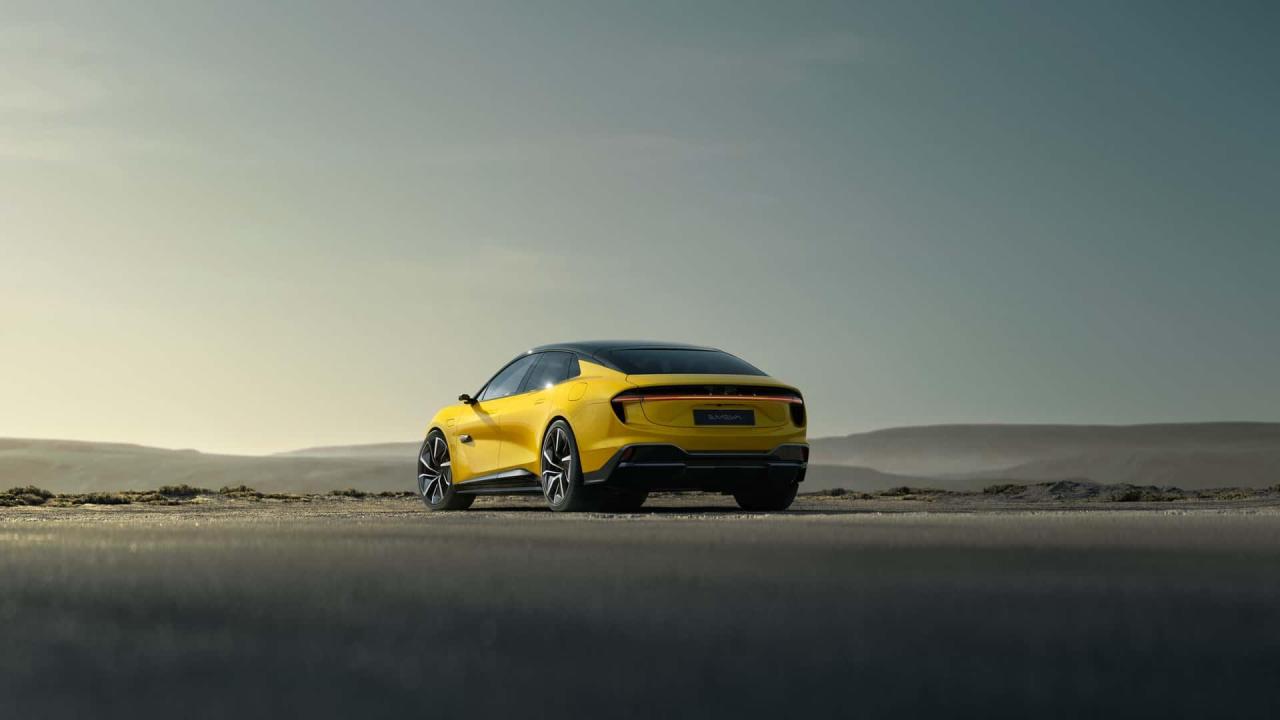
.thumb.jpg.07611afb9cc7cd3b4037cf85ffe479b3.jpg)
.thumb.jpg.4ce9d4ed2063a4eb14d3712a52a8fb69.jpg)







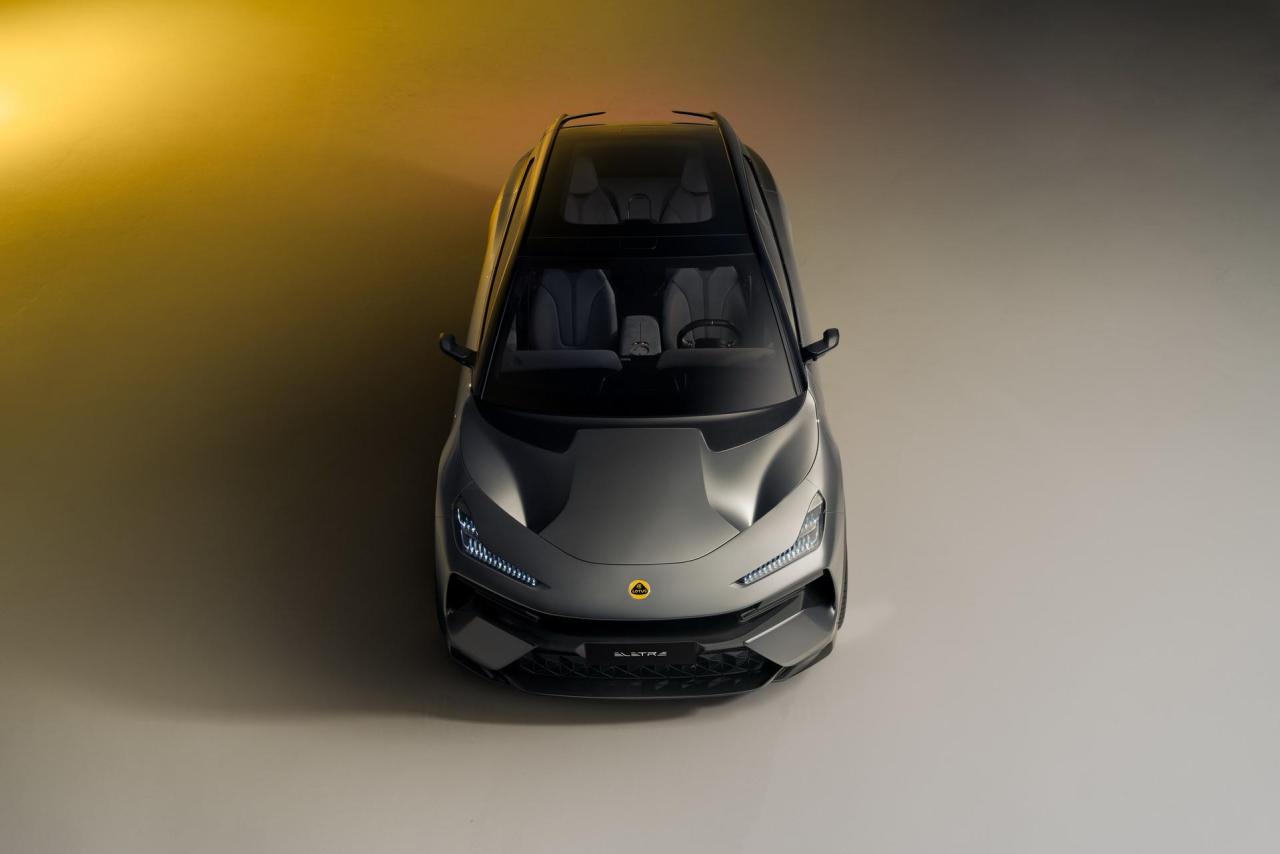







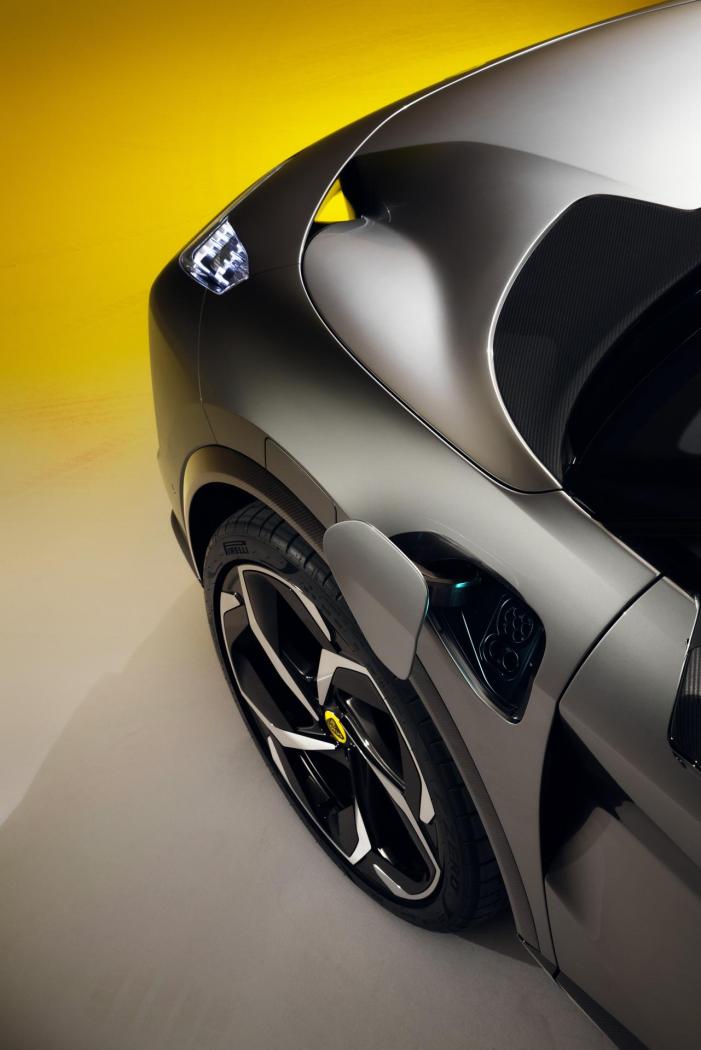
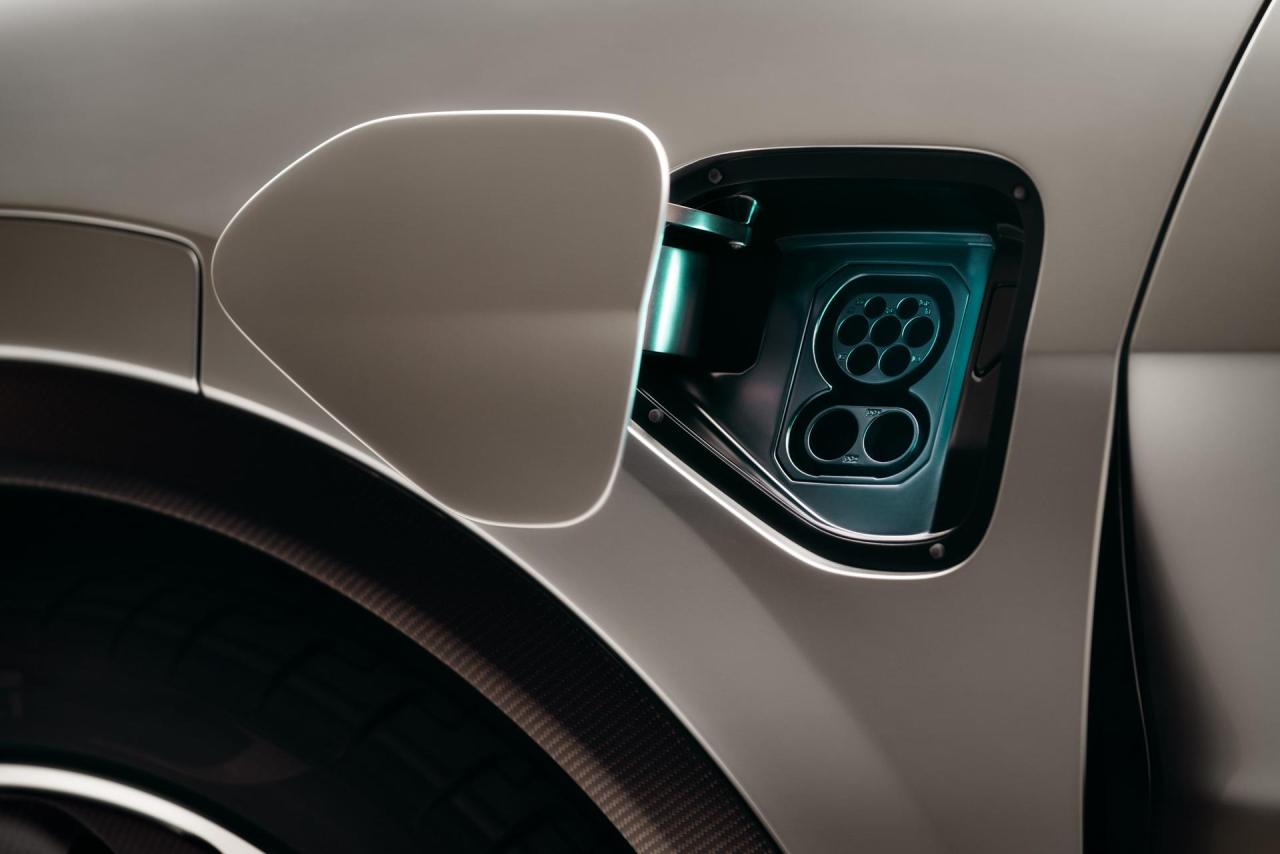
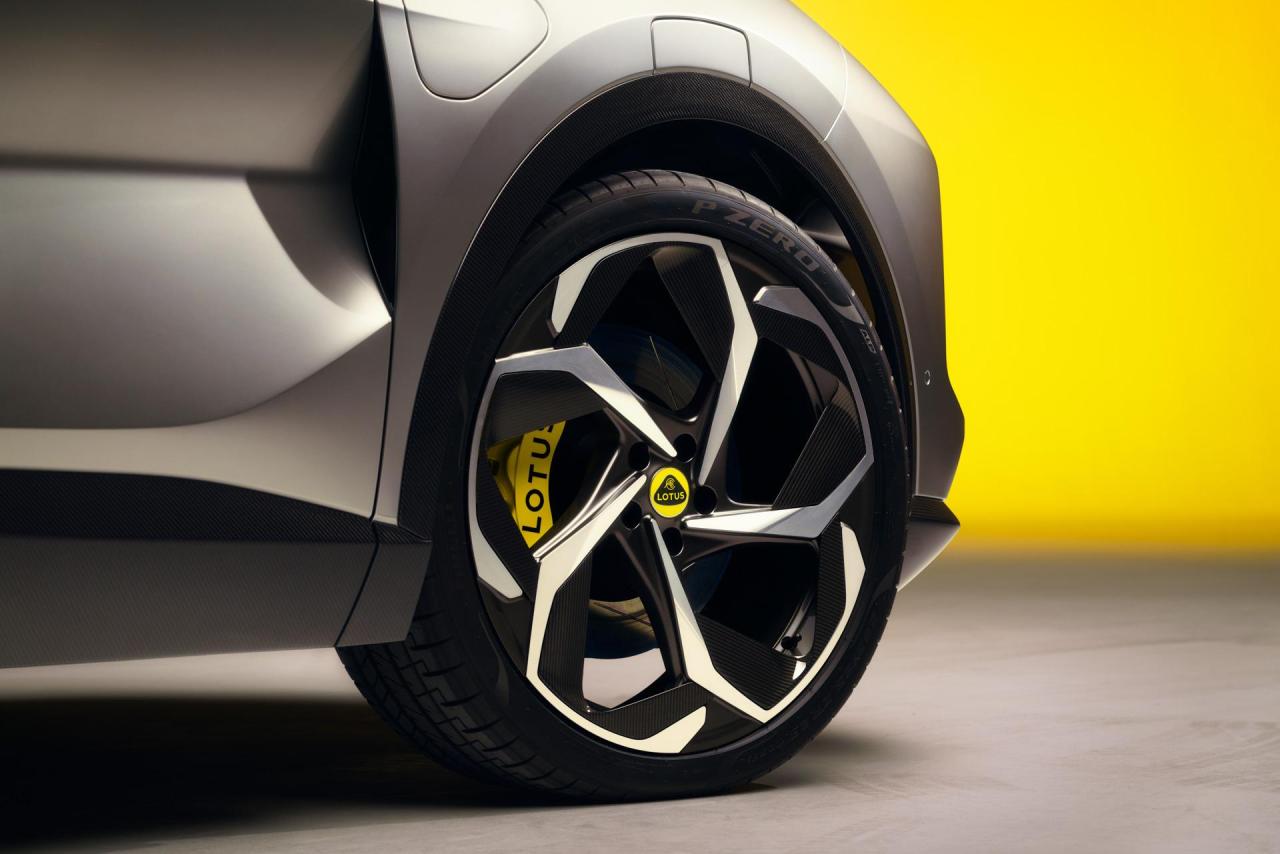
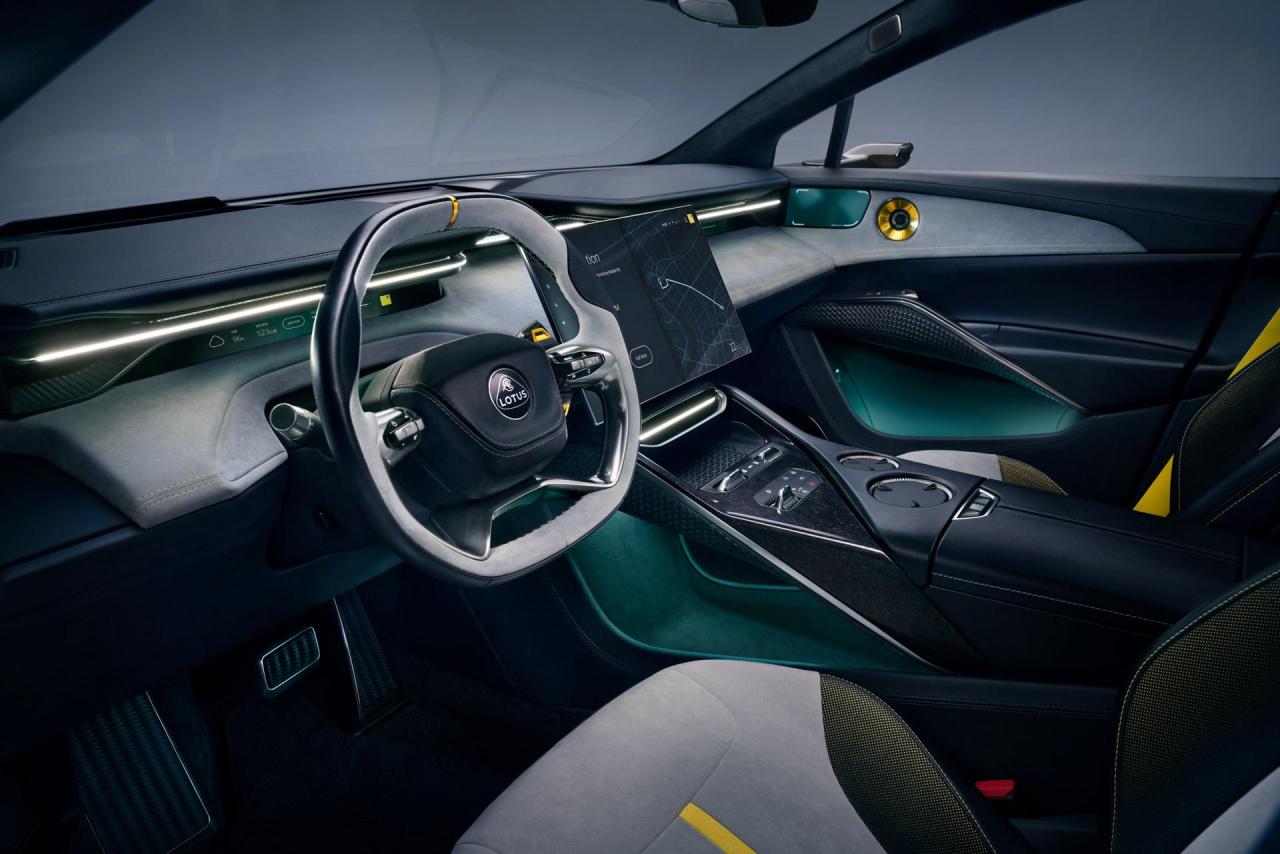
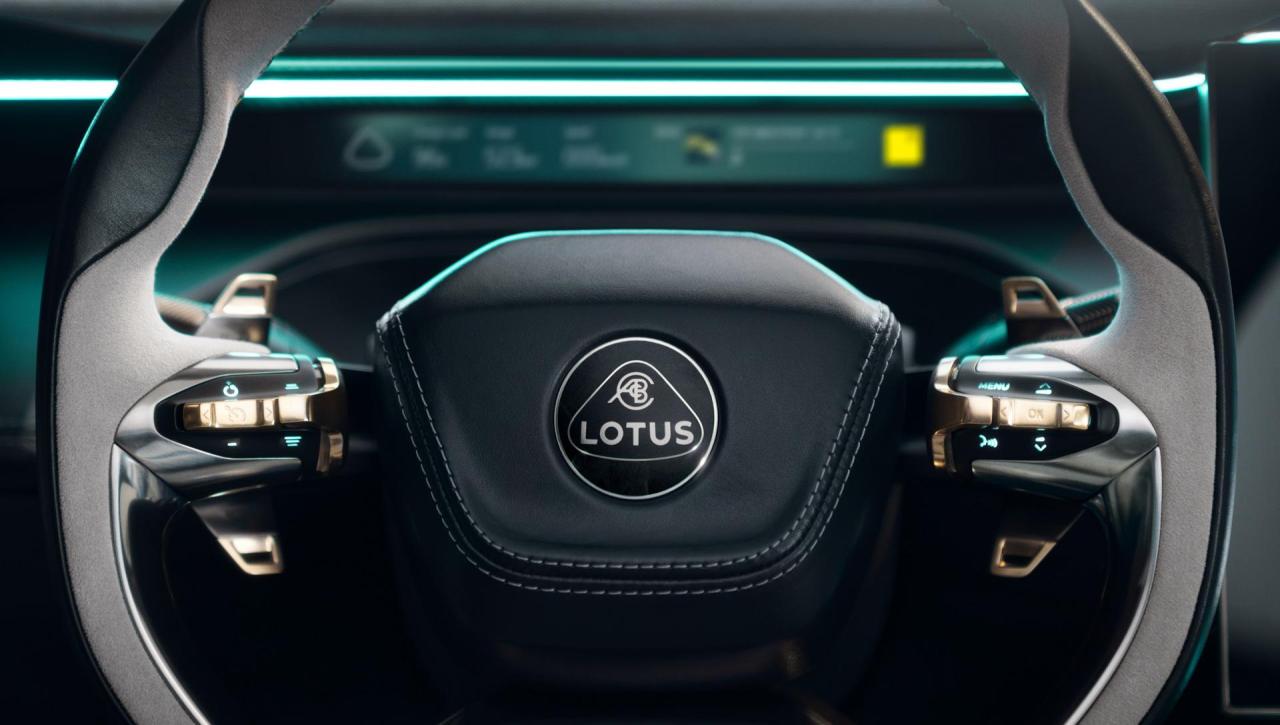
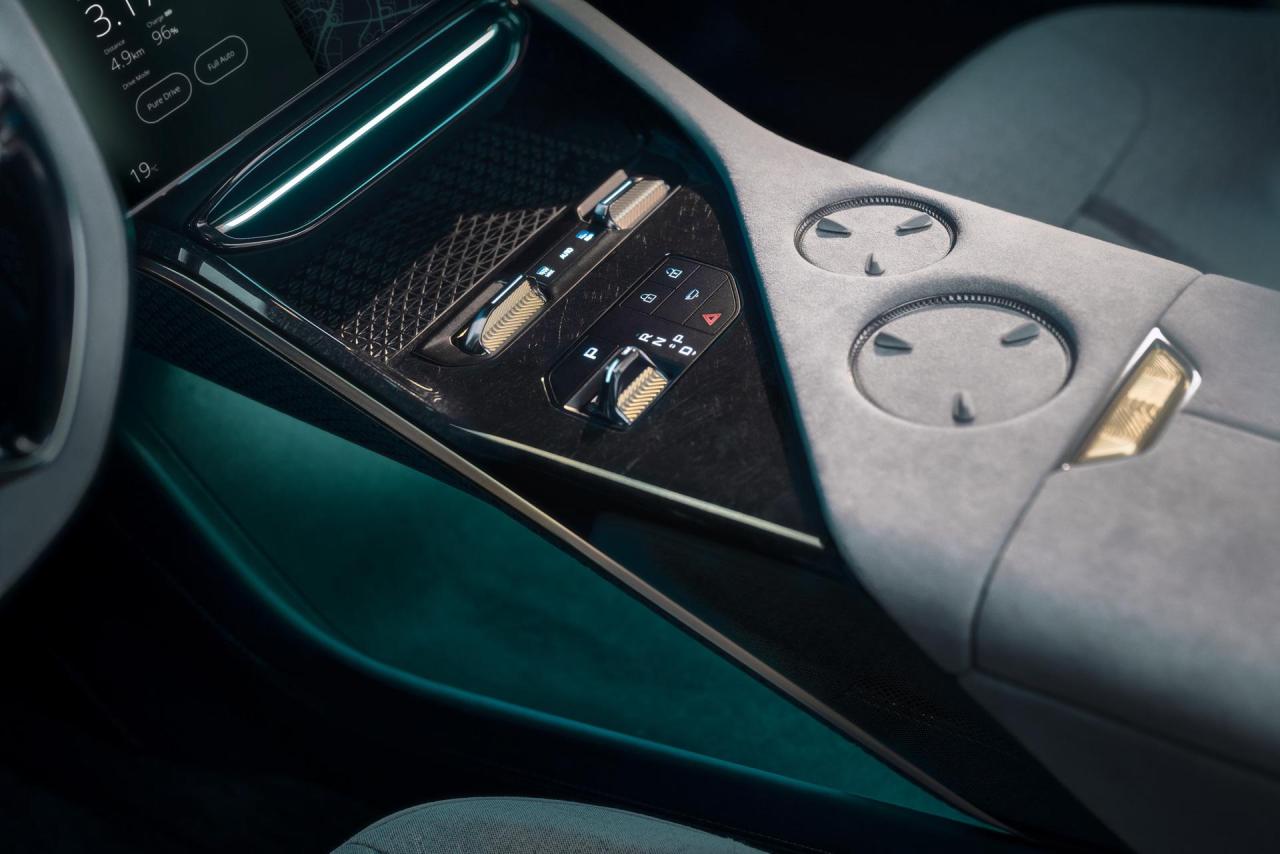
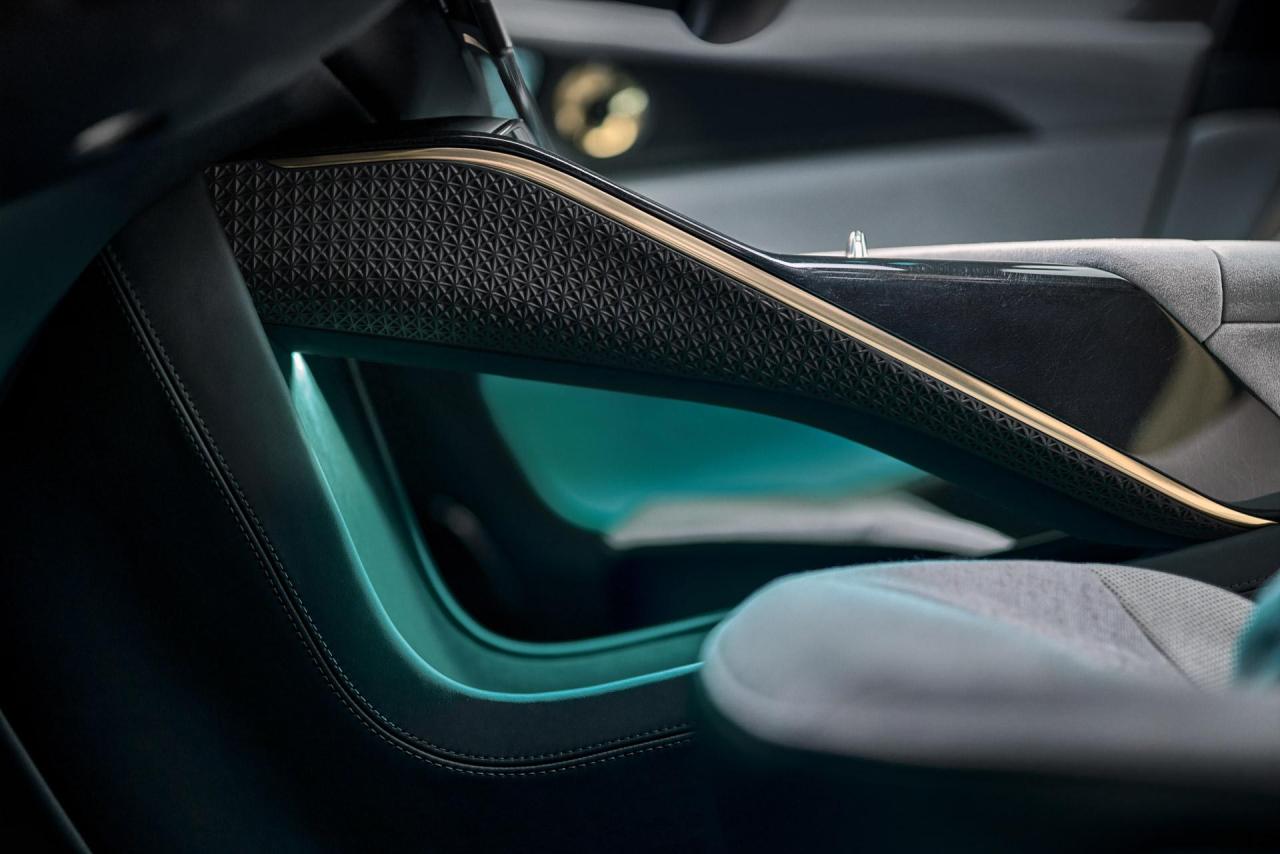
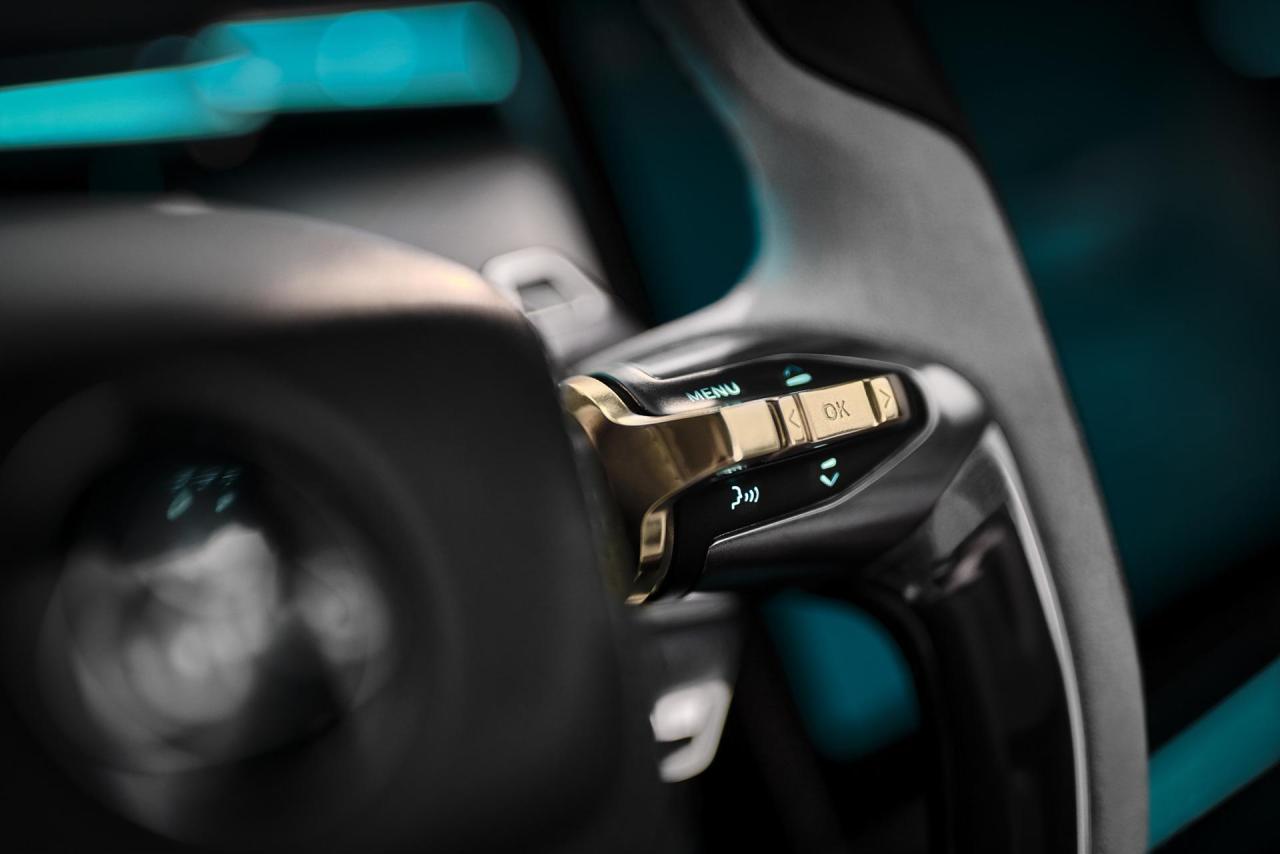
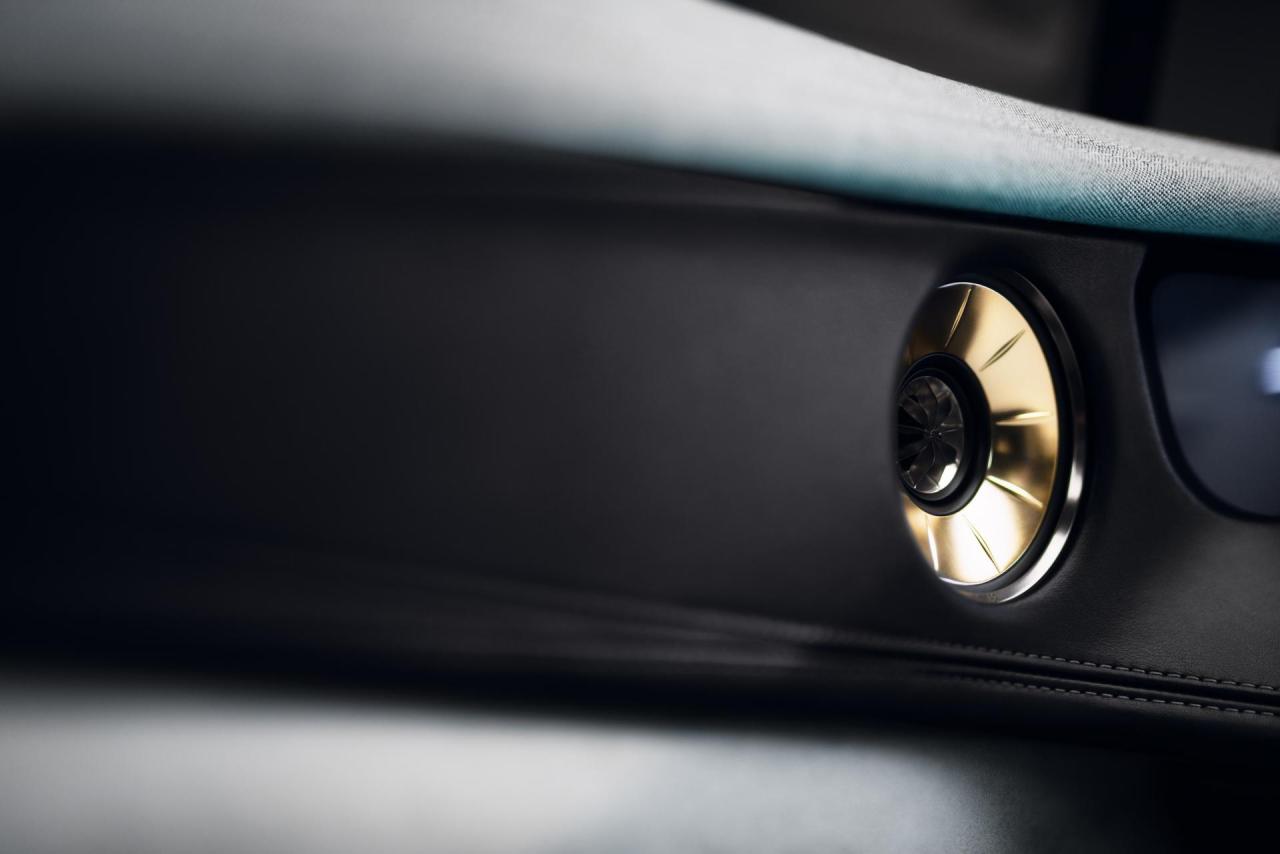
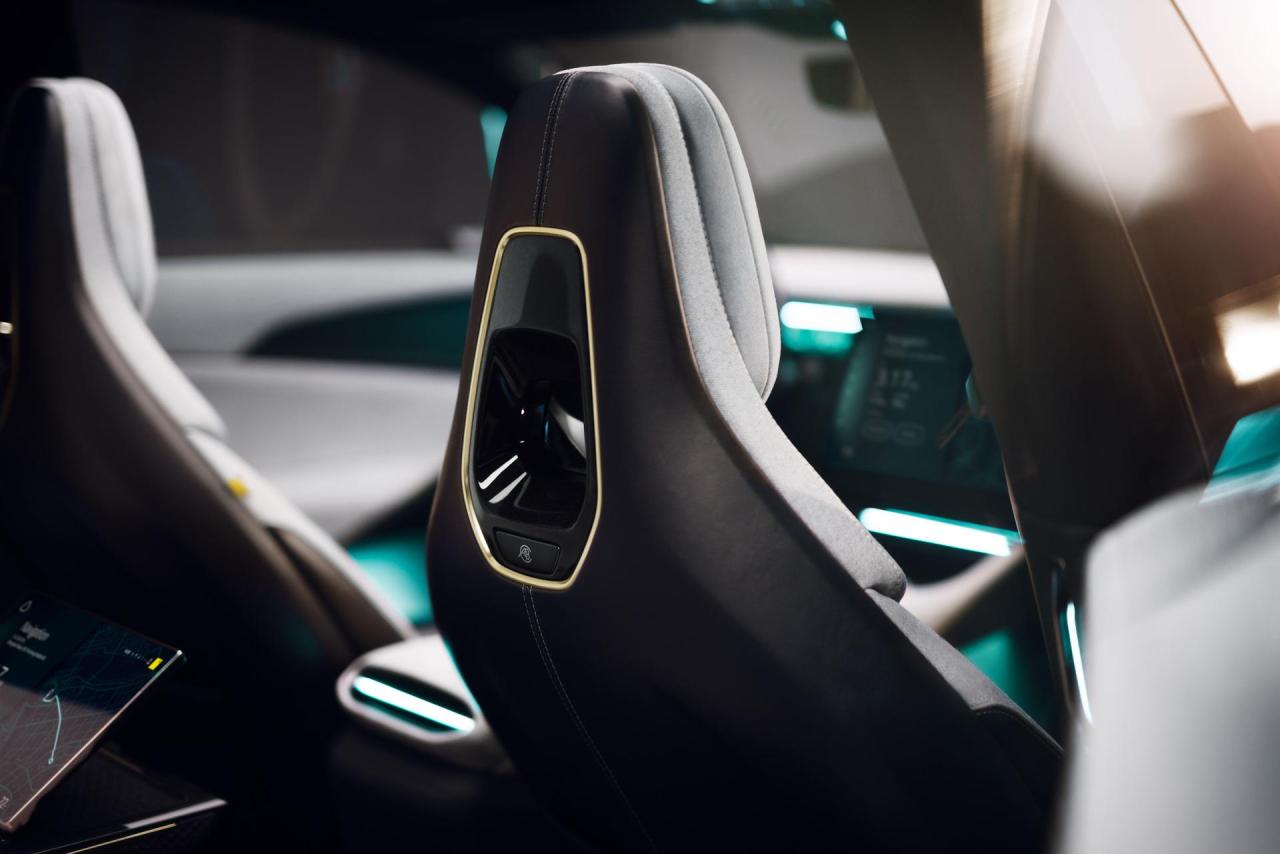
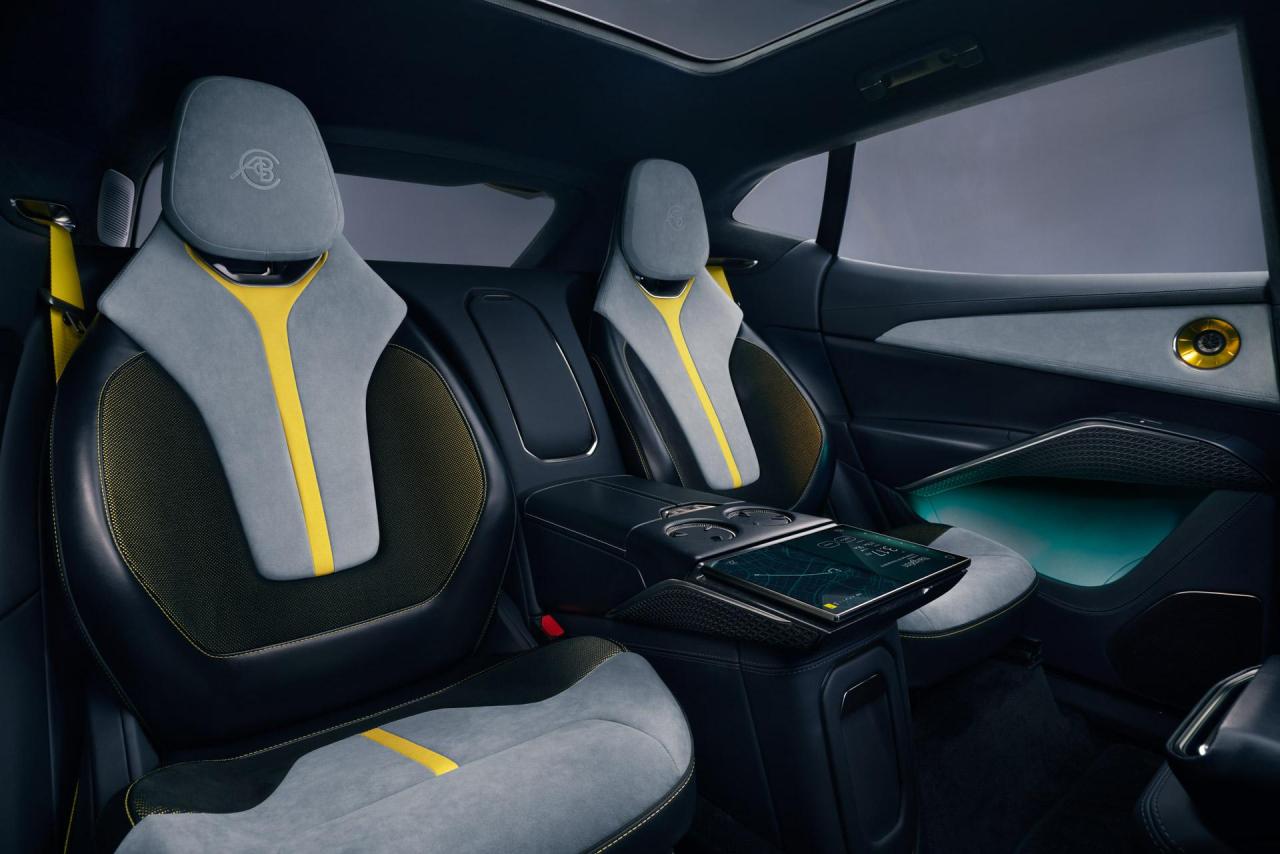
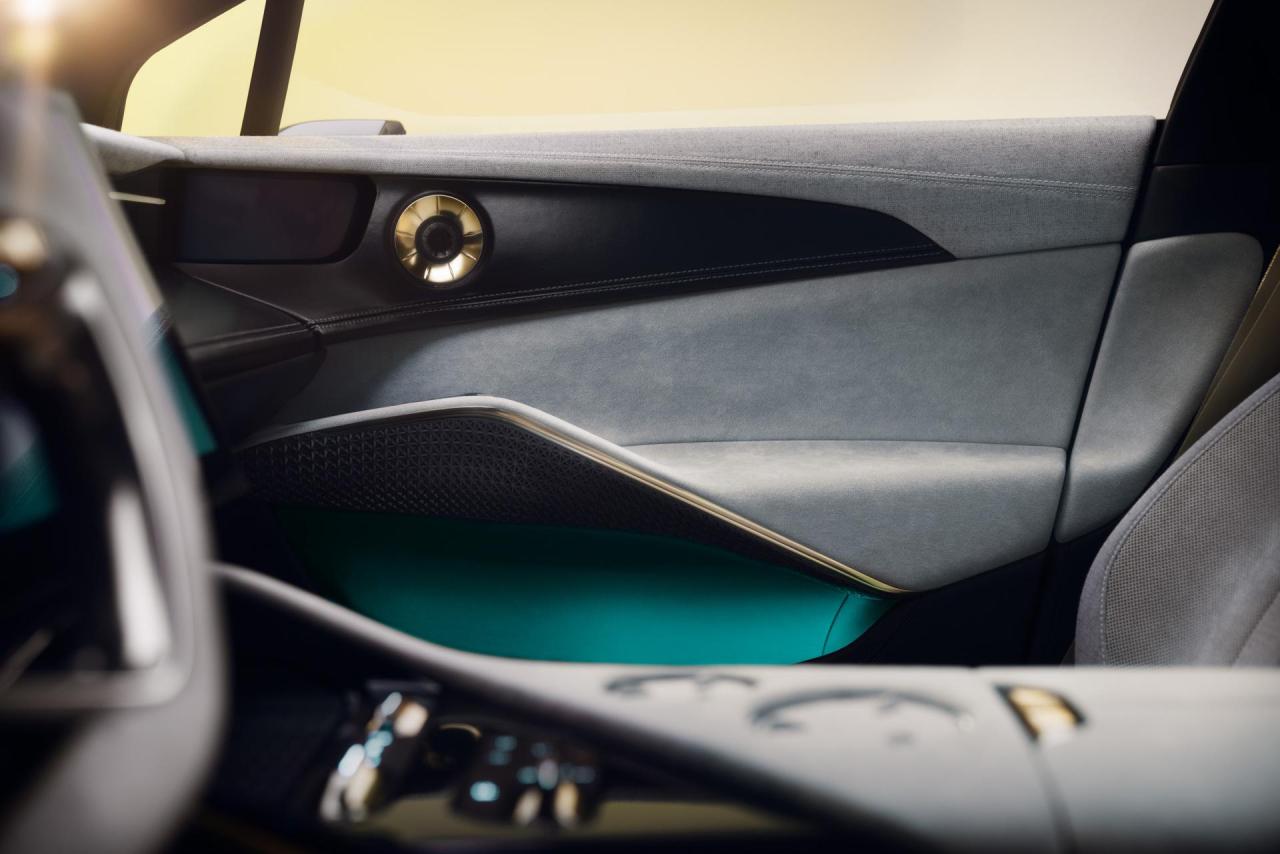
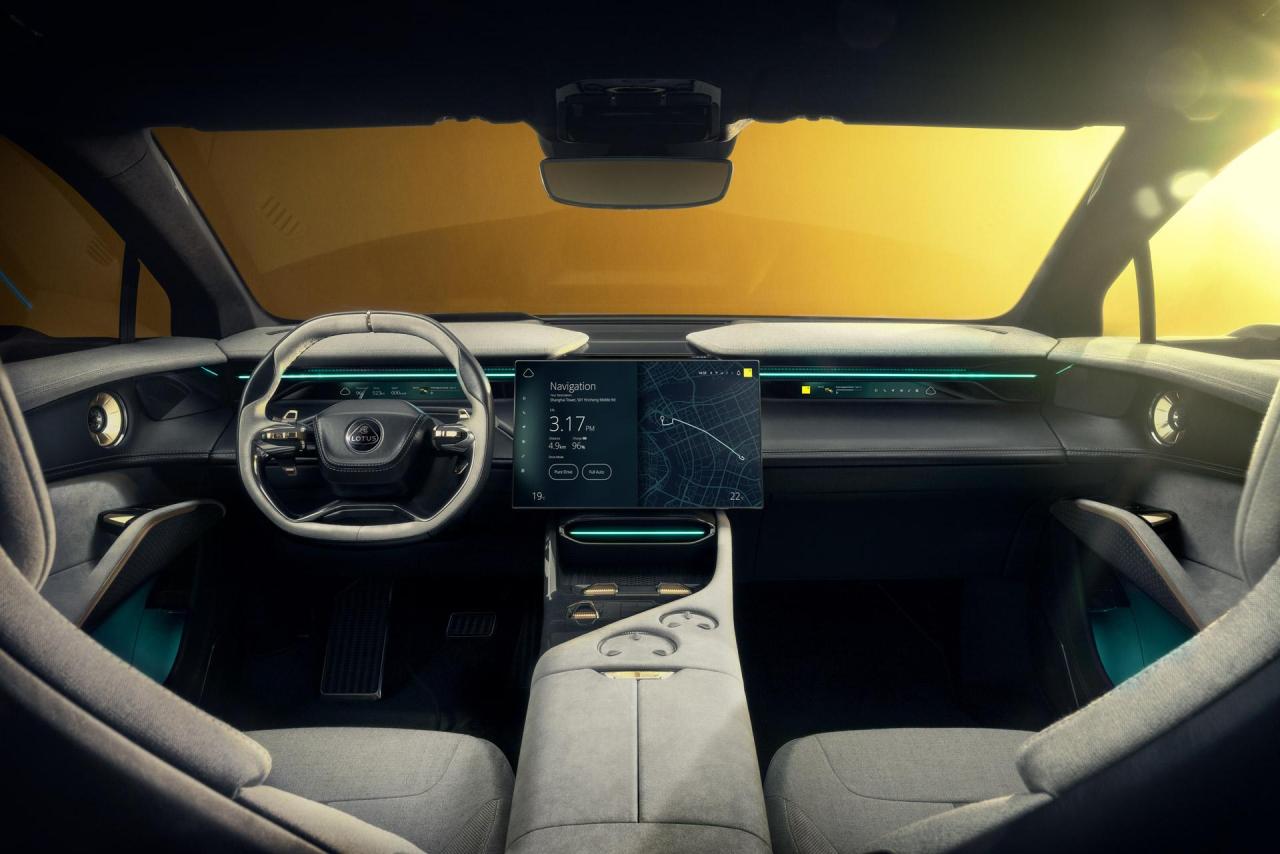
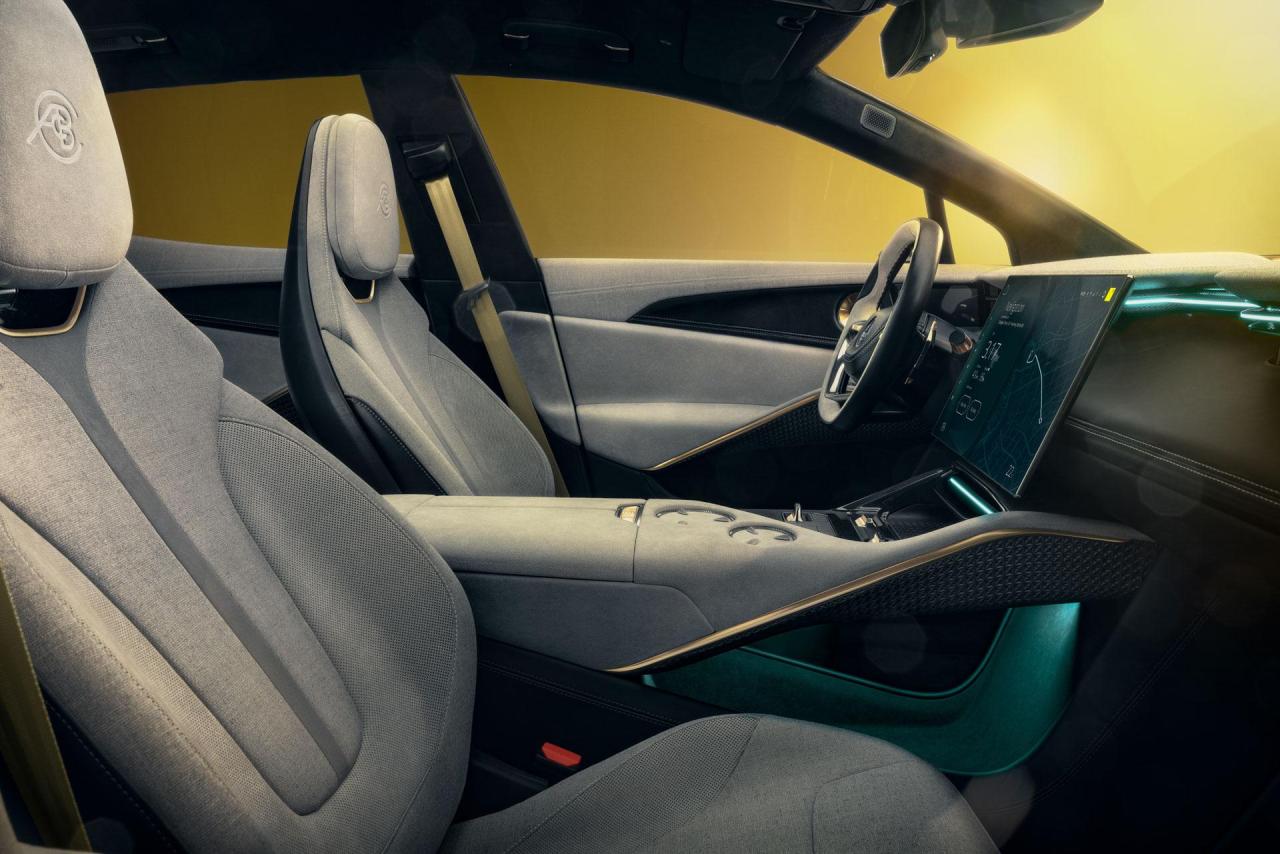
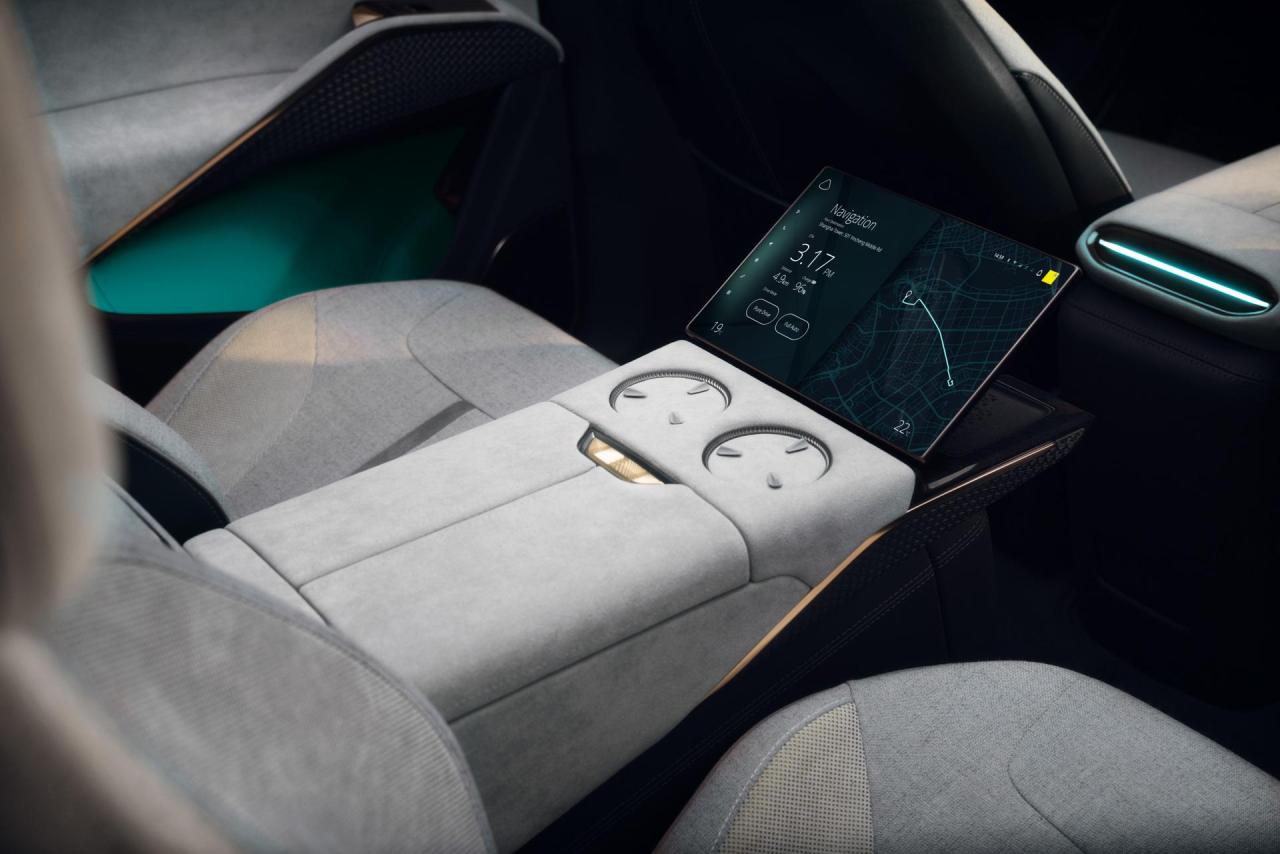
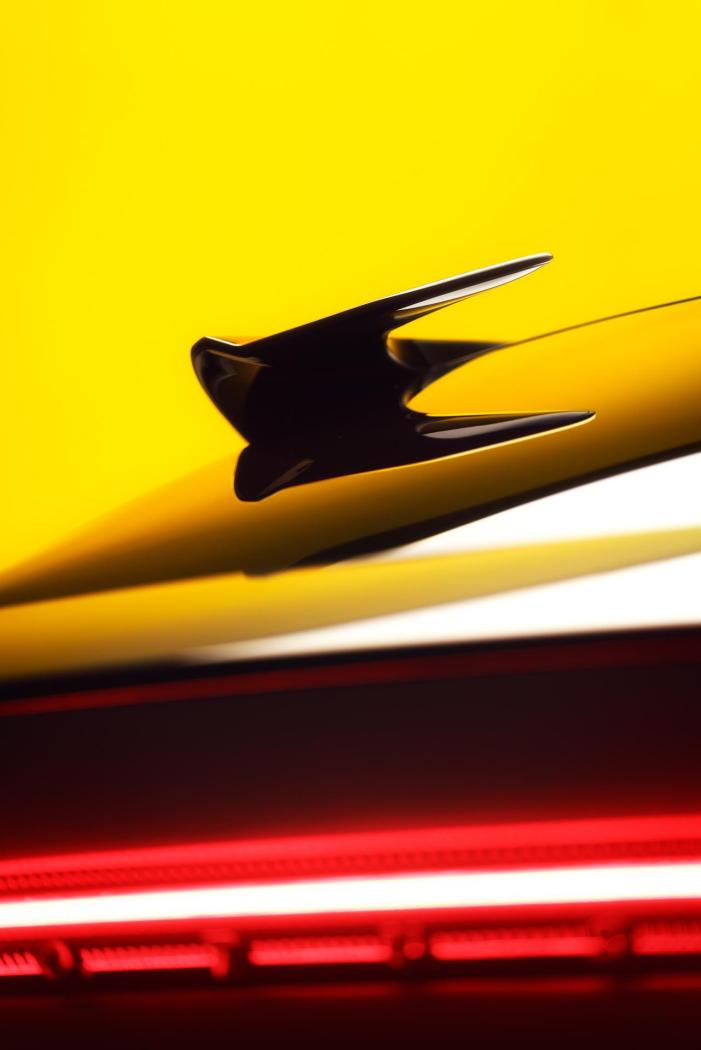
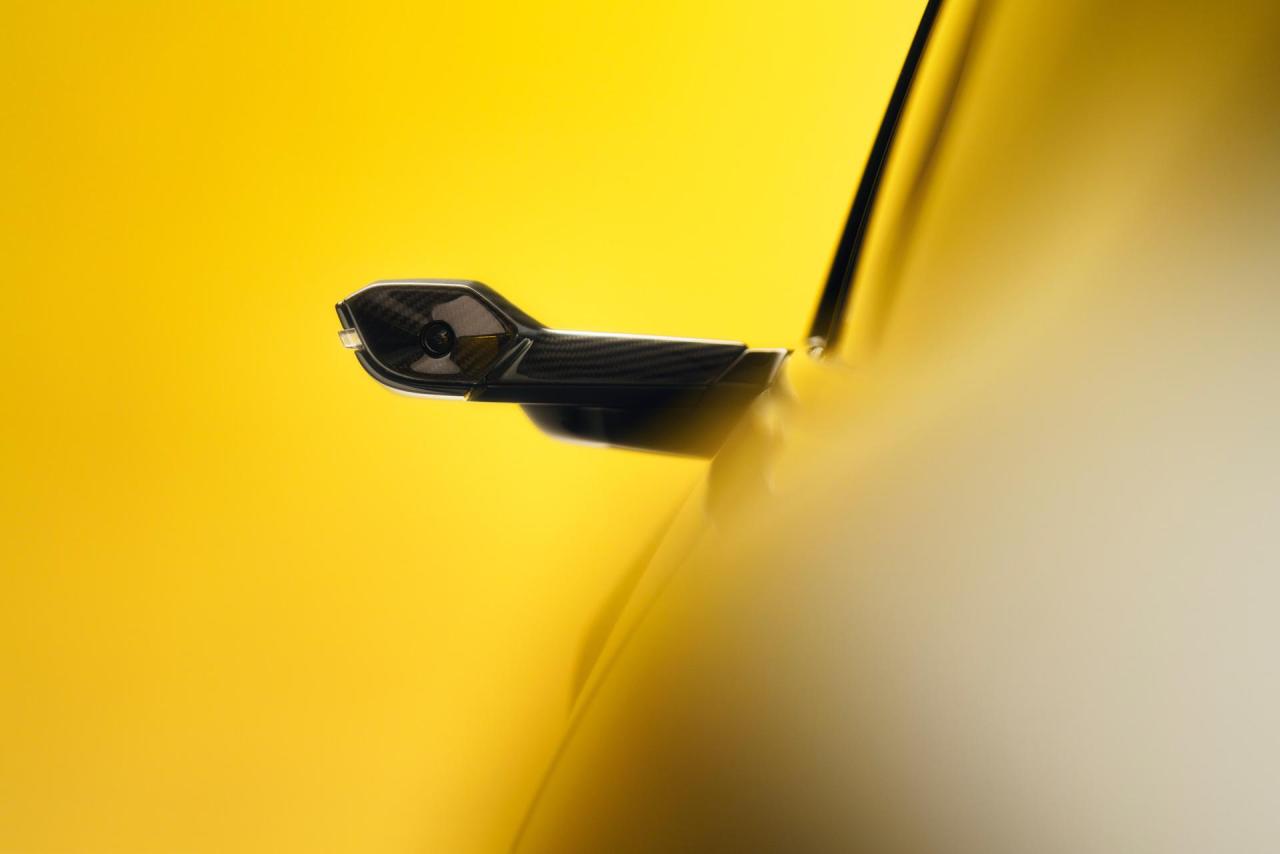

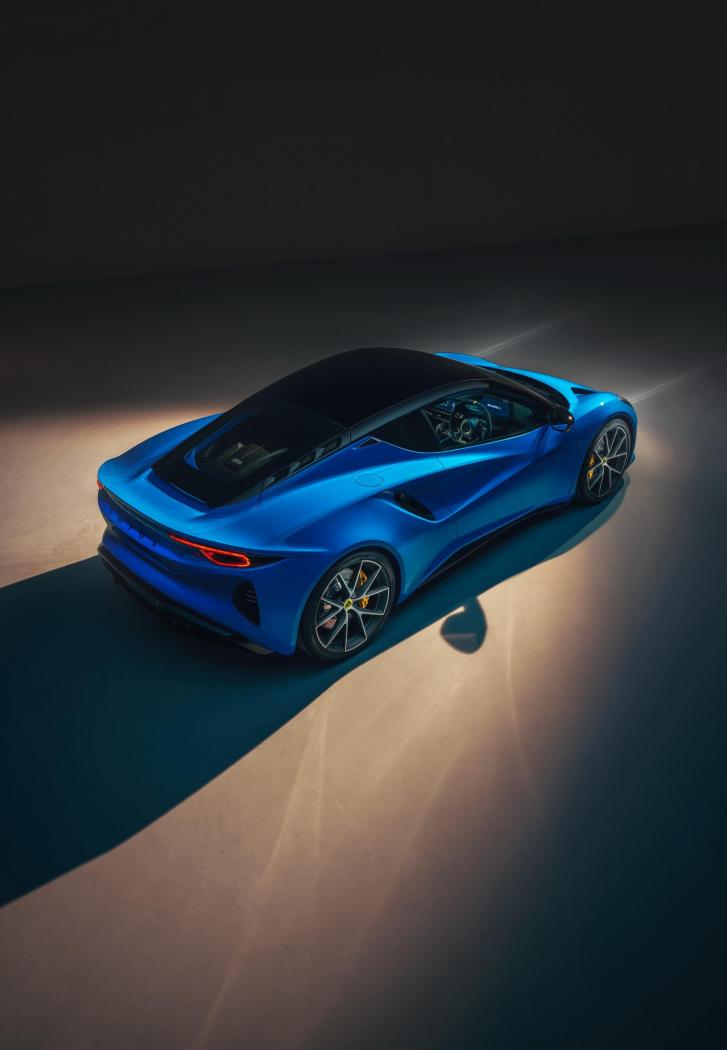
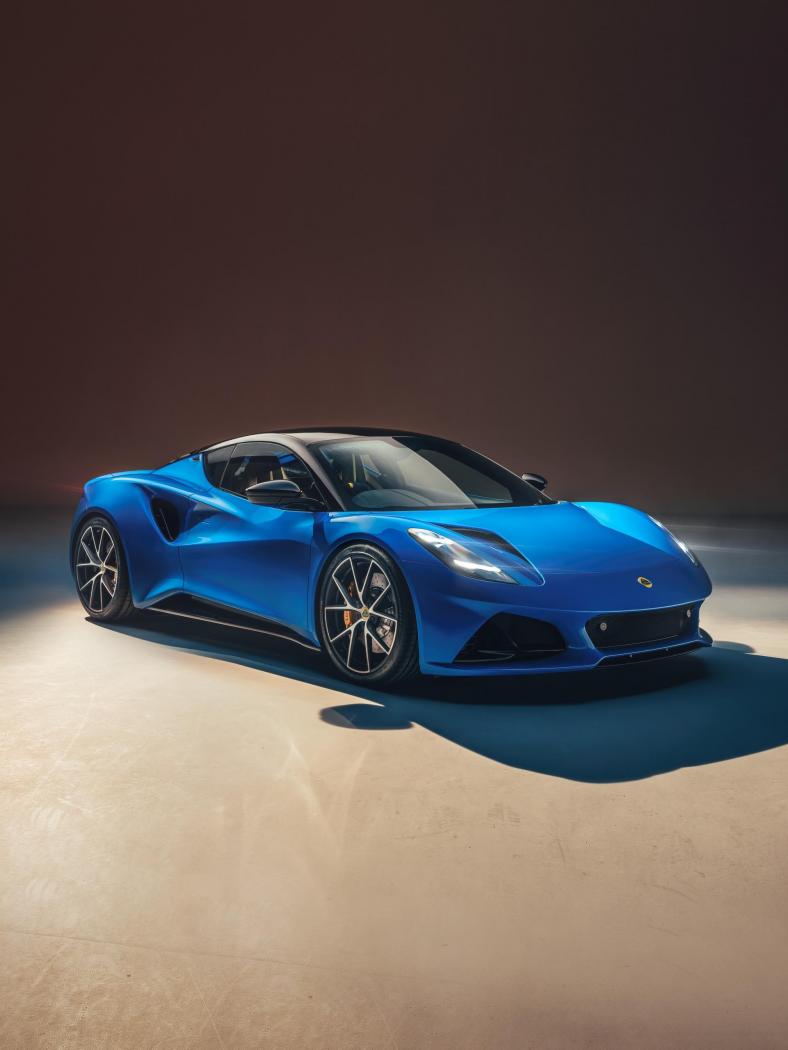
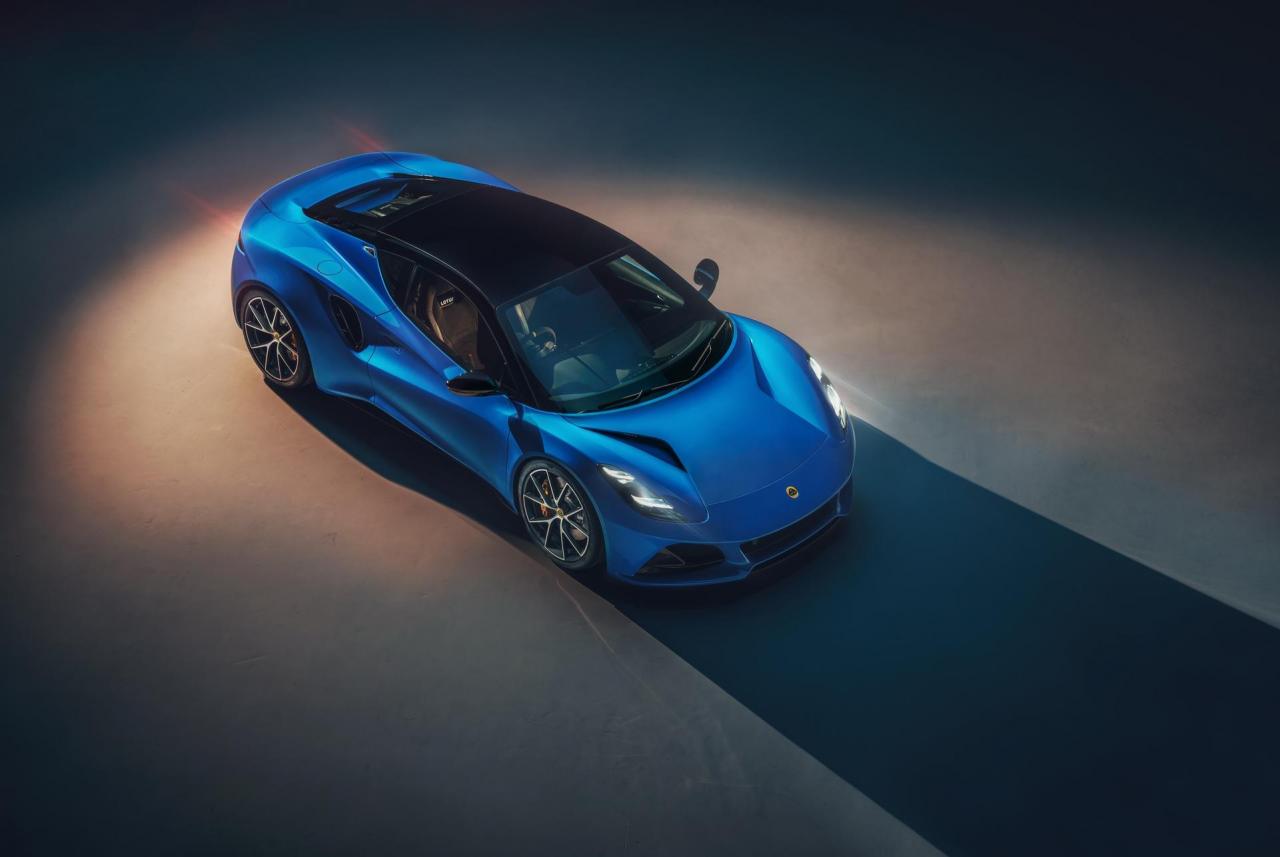
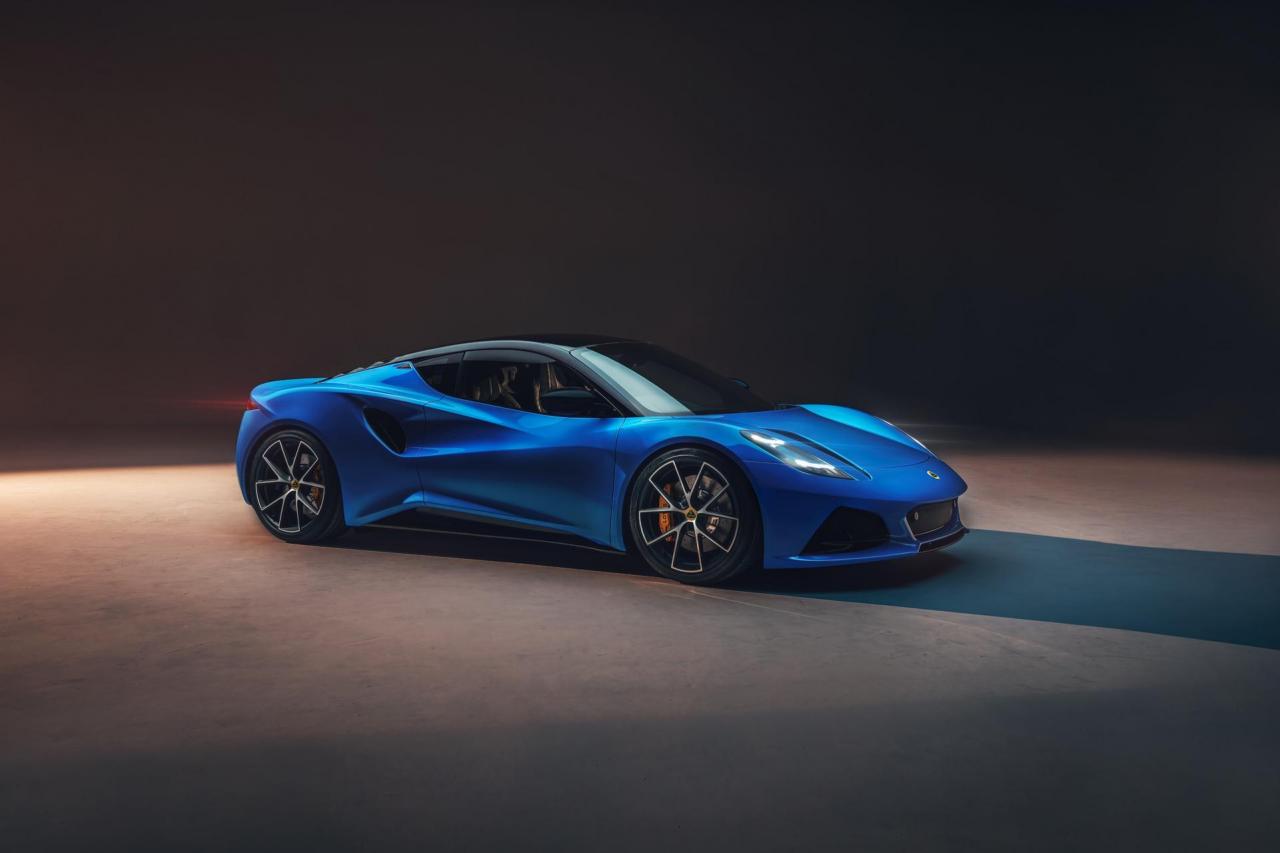
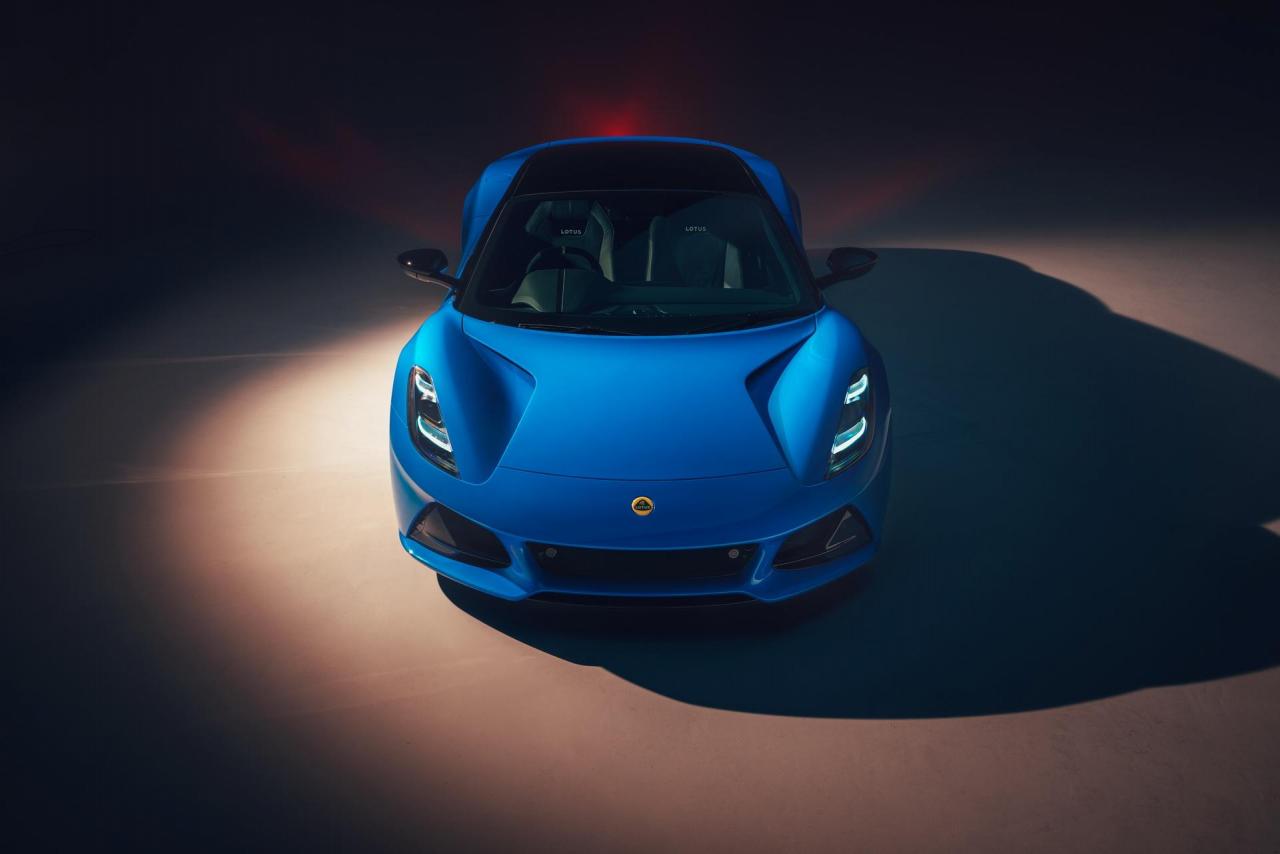
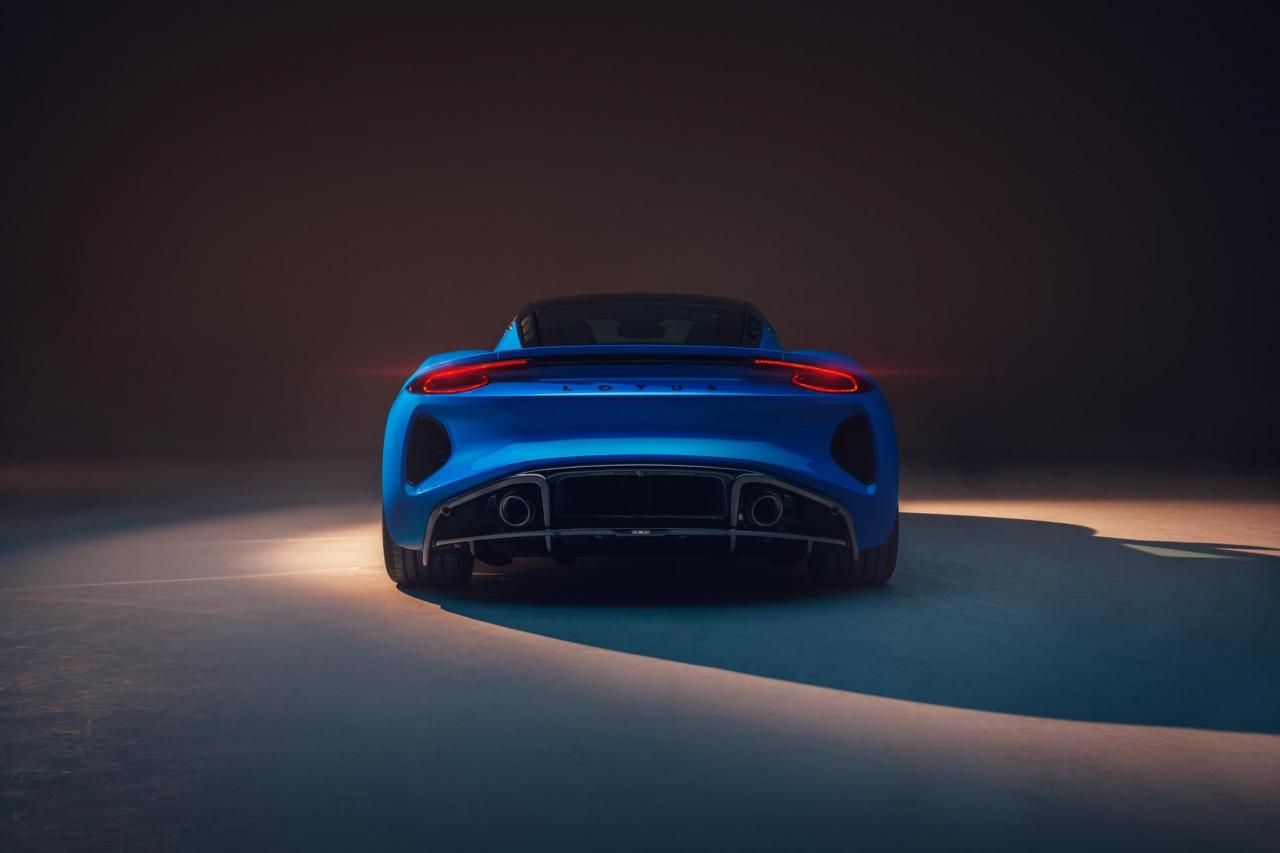
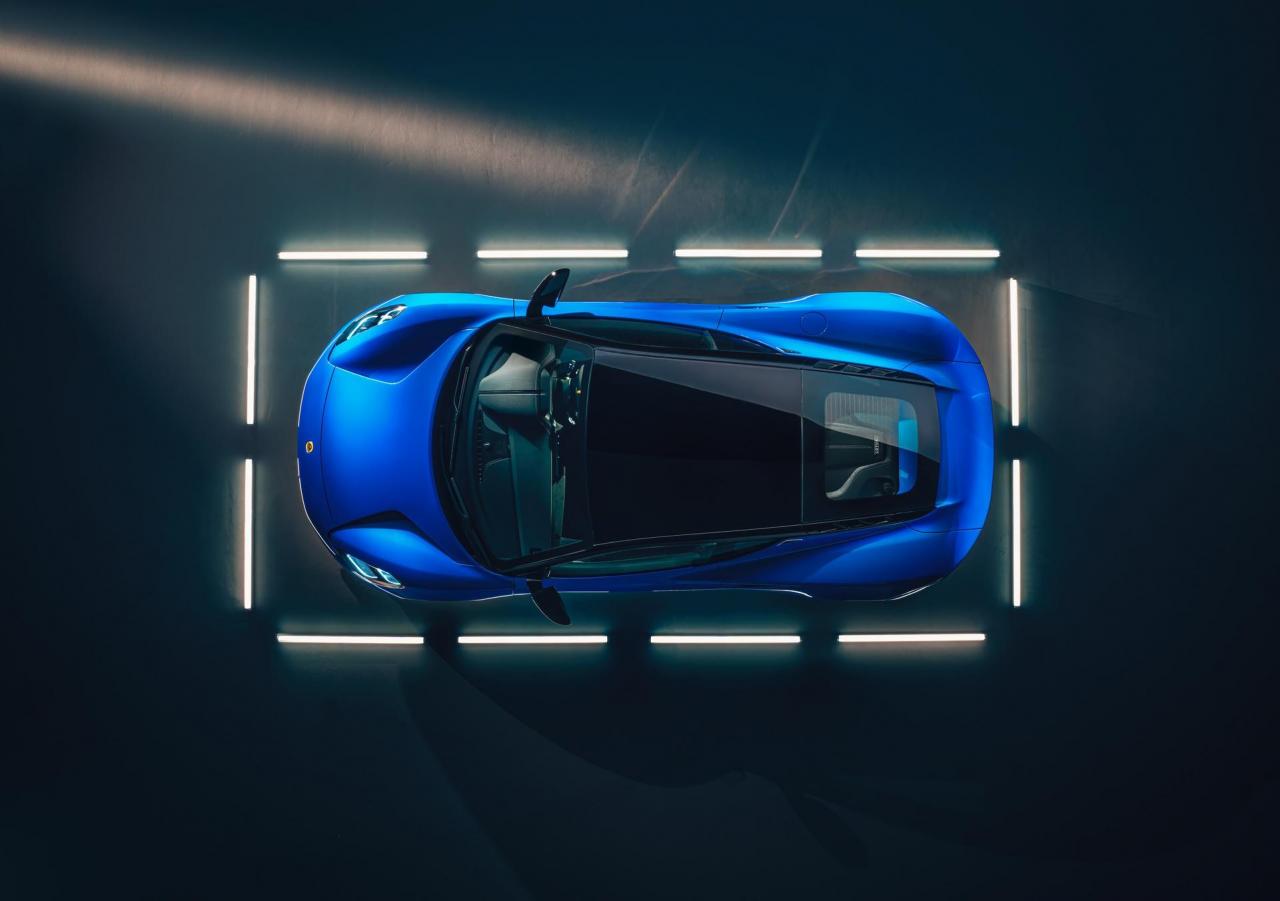
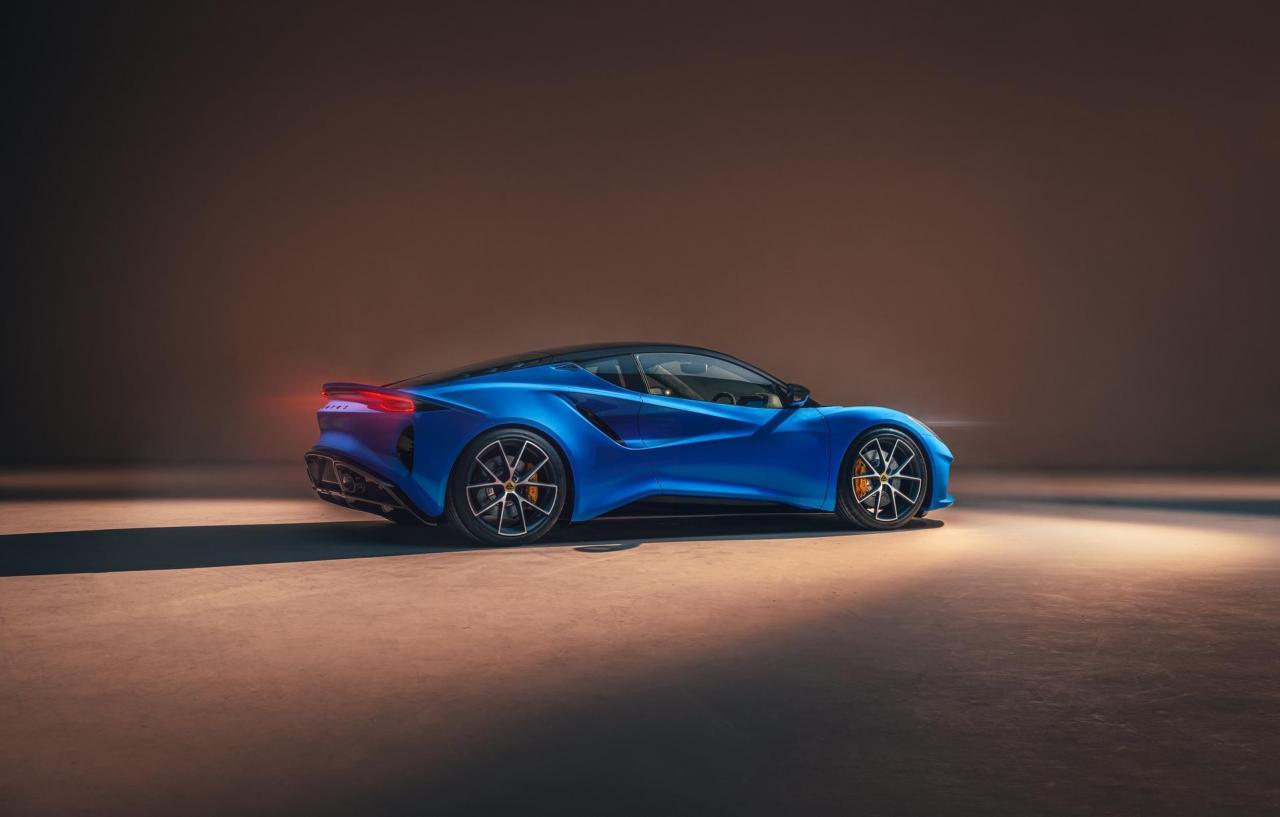
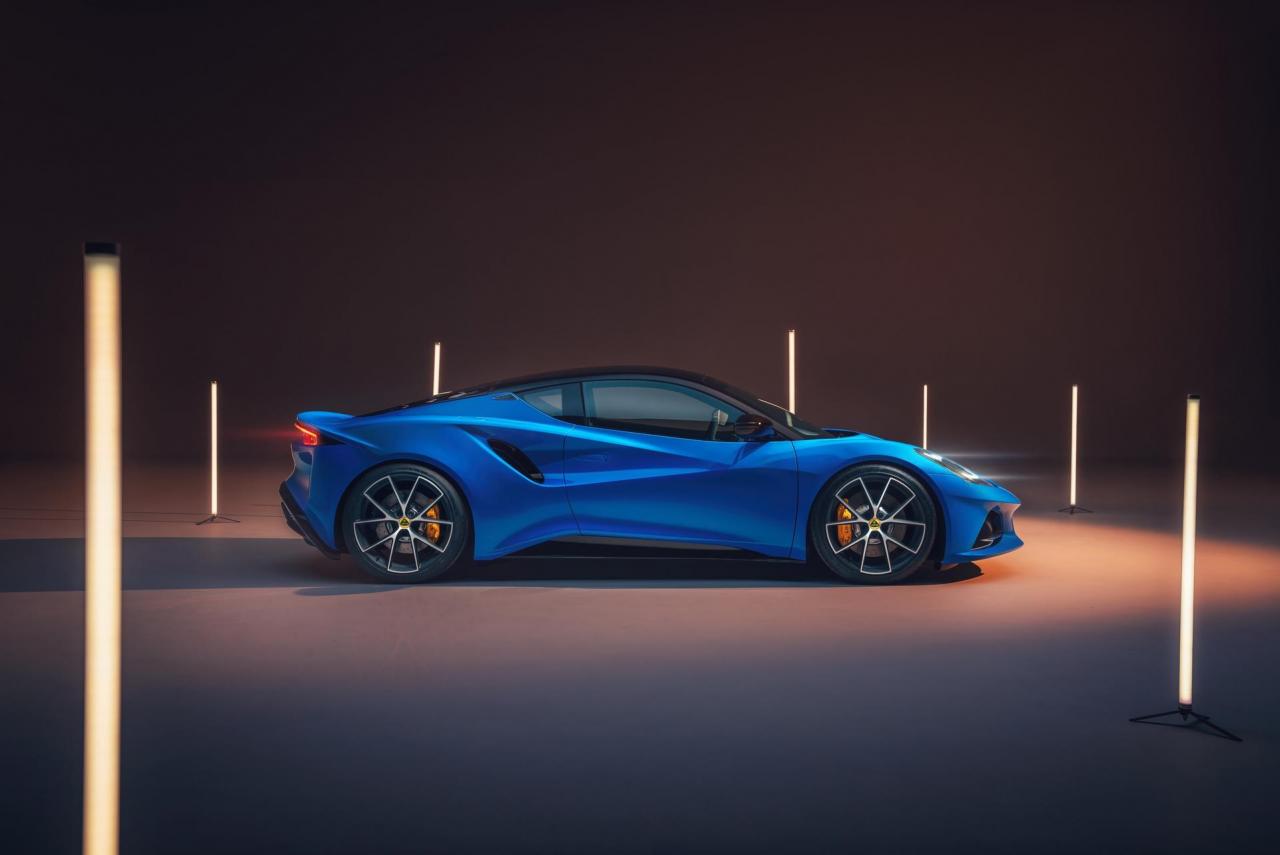
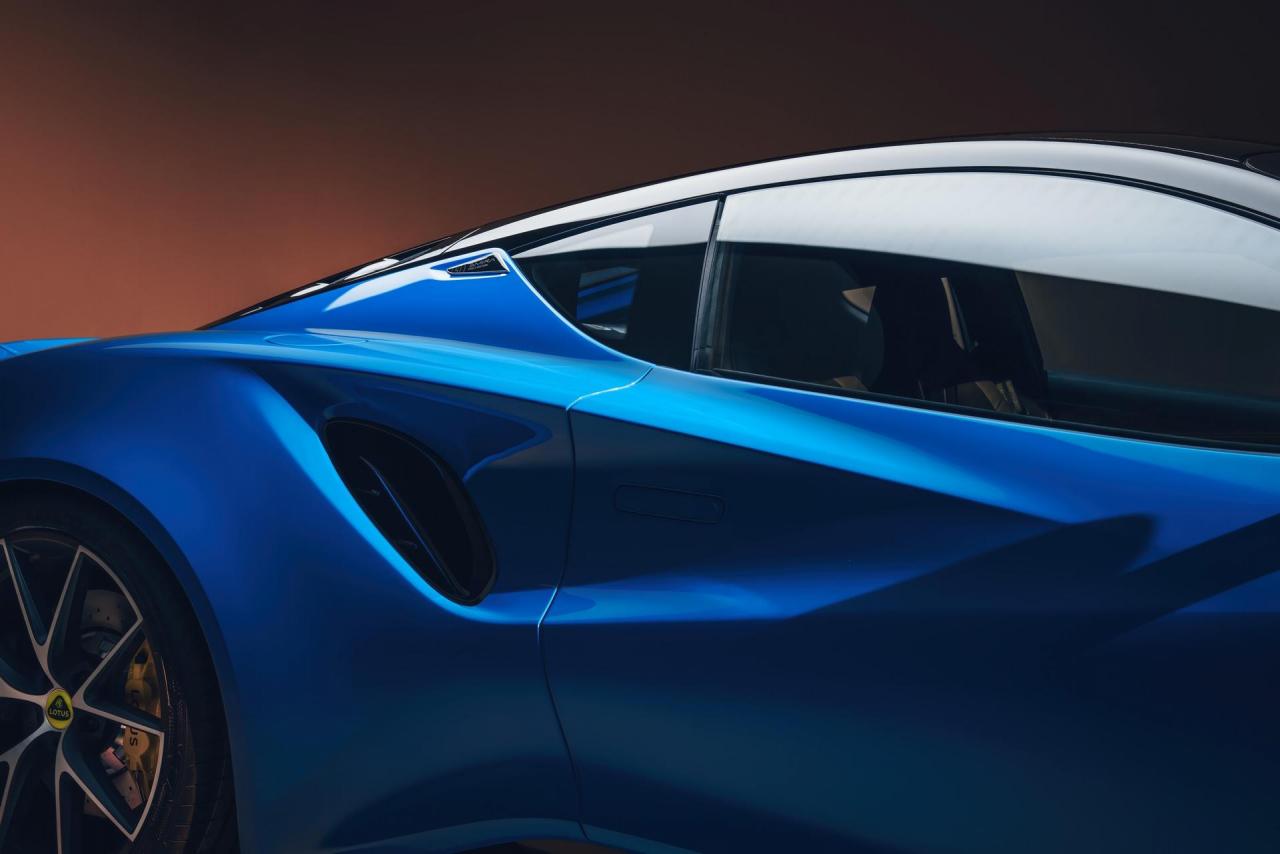
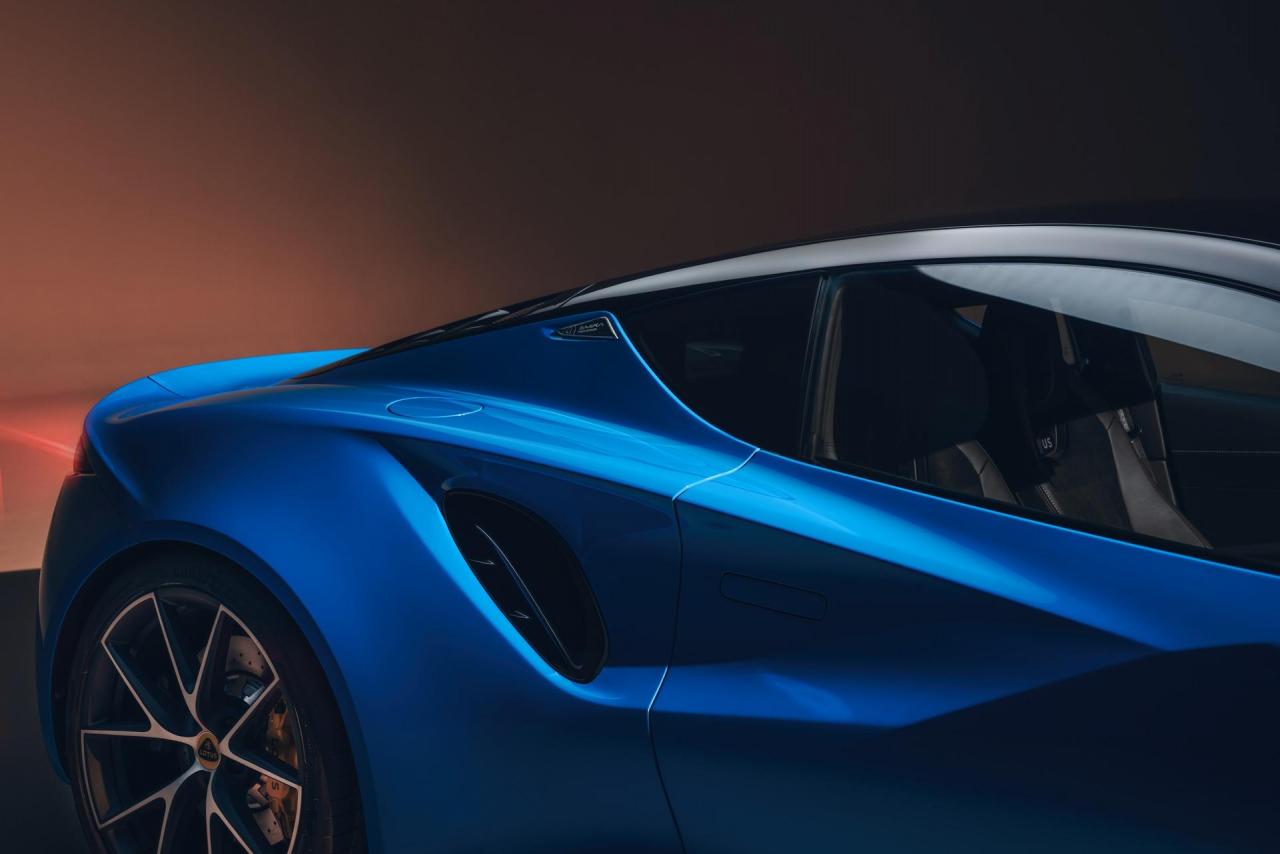
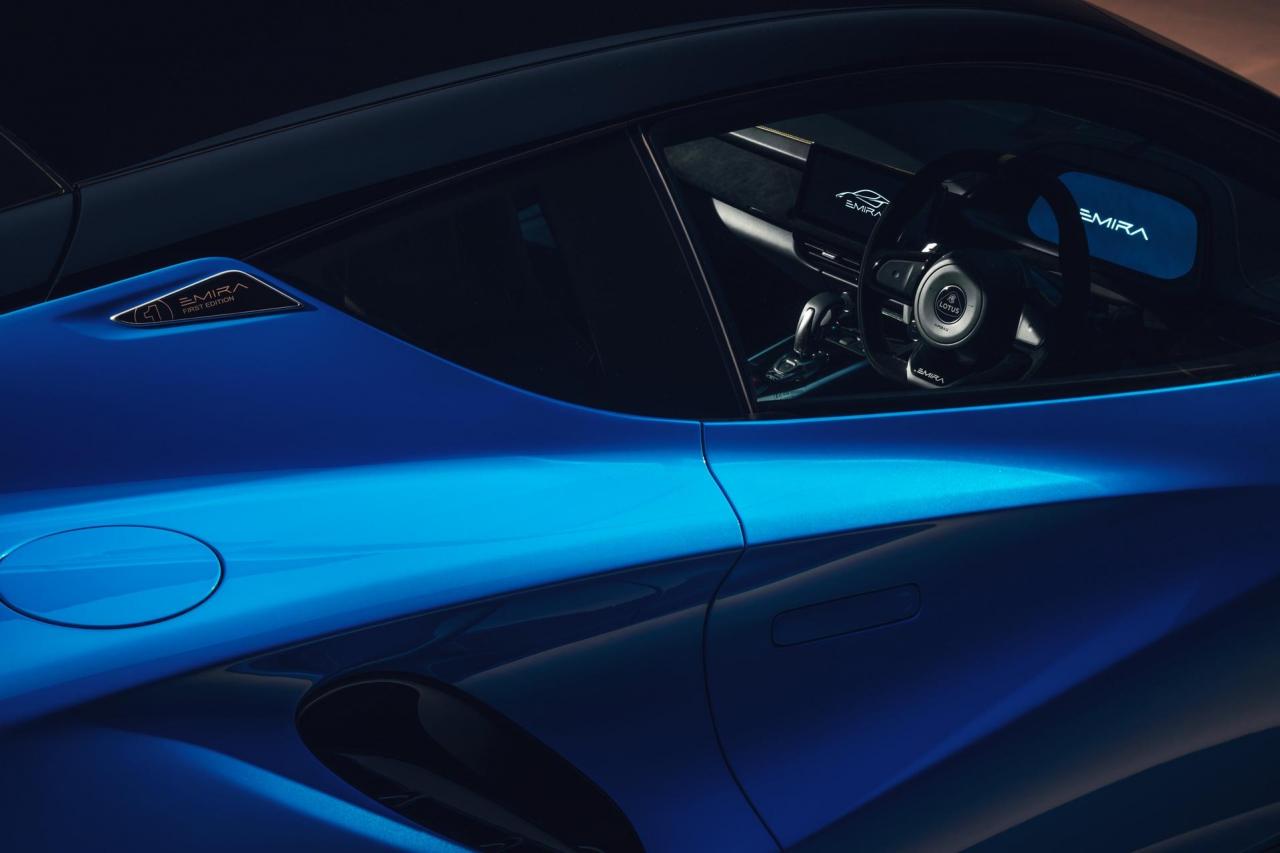
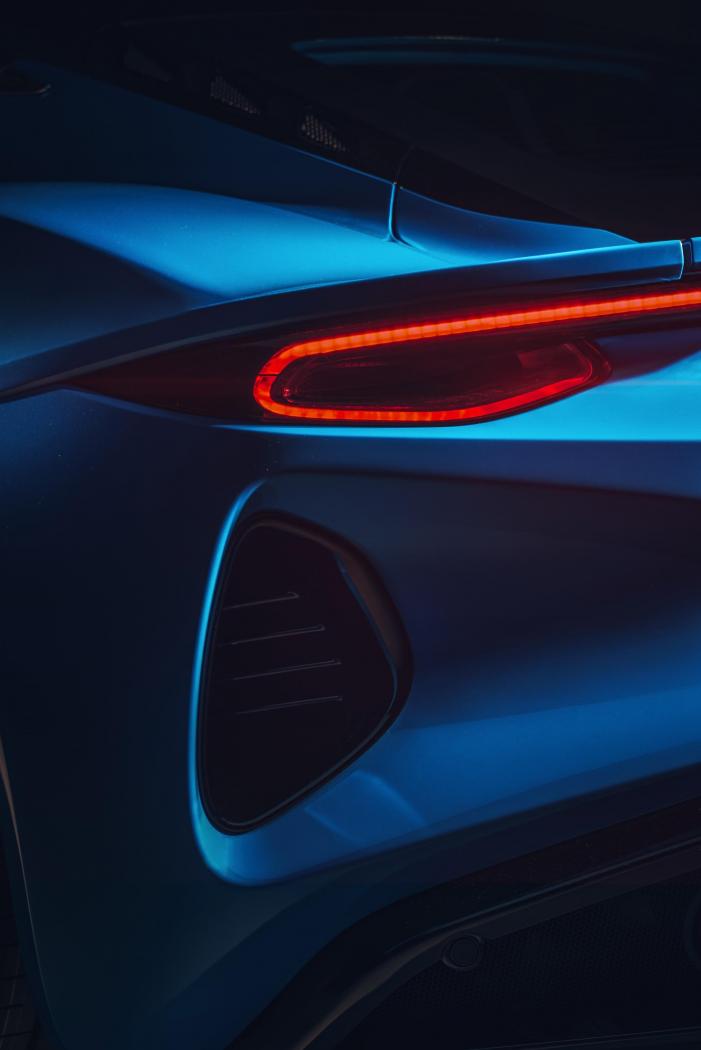
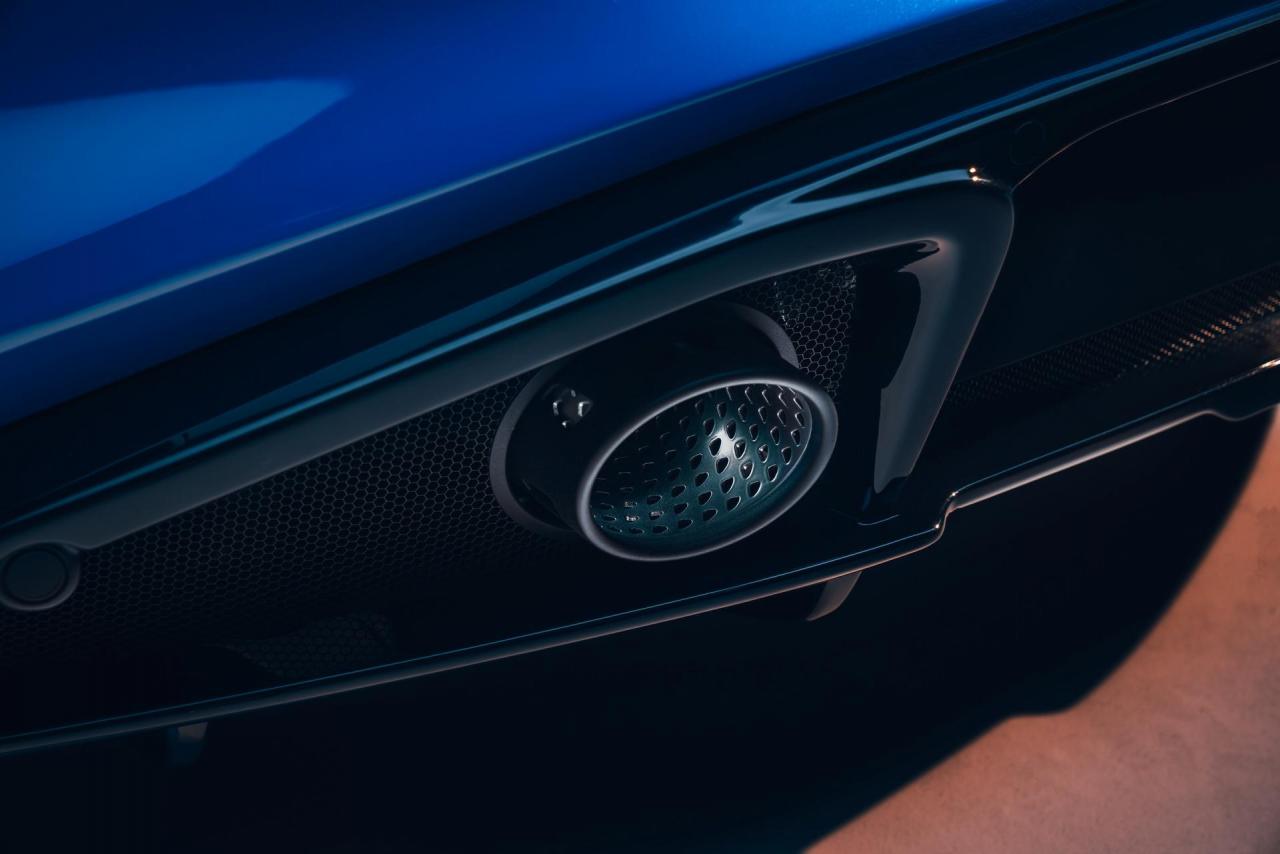
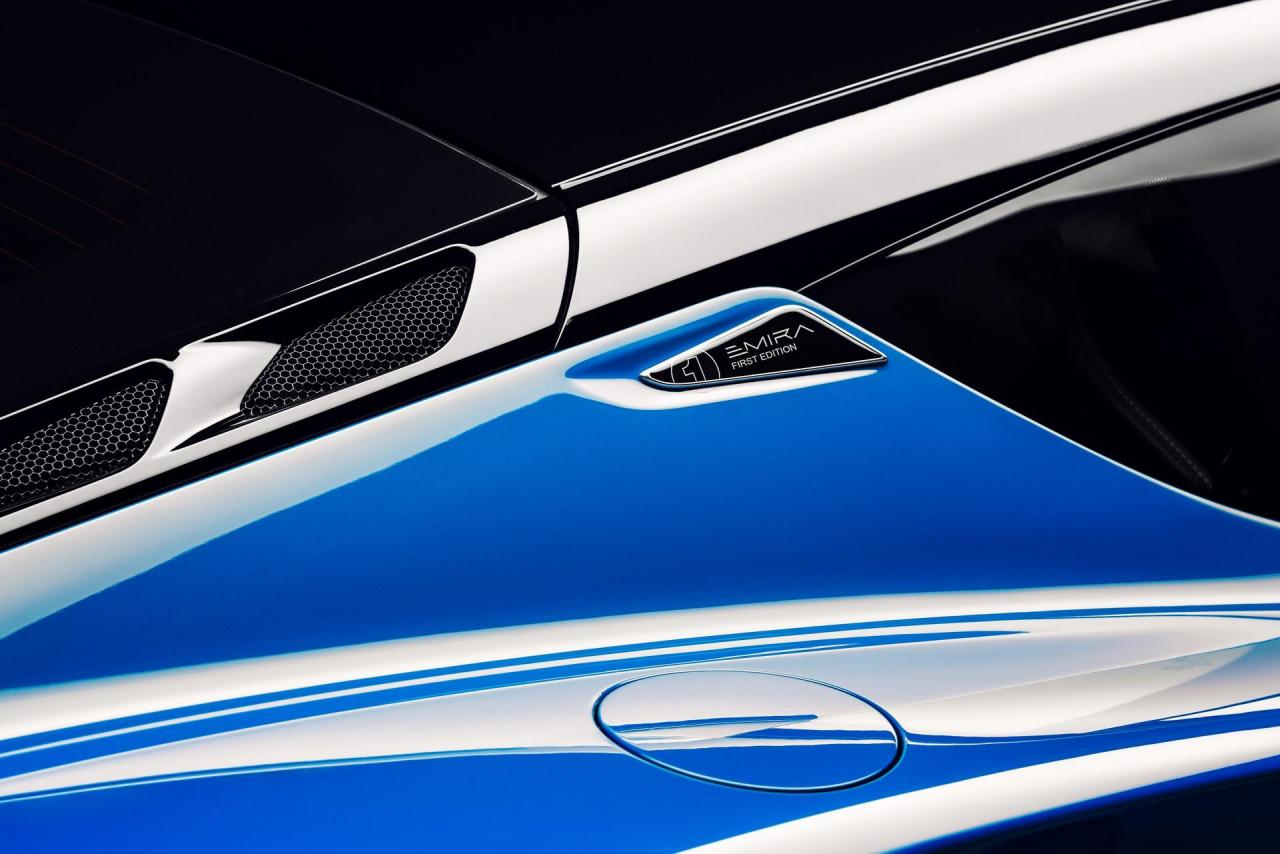
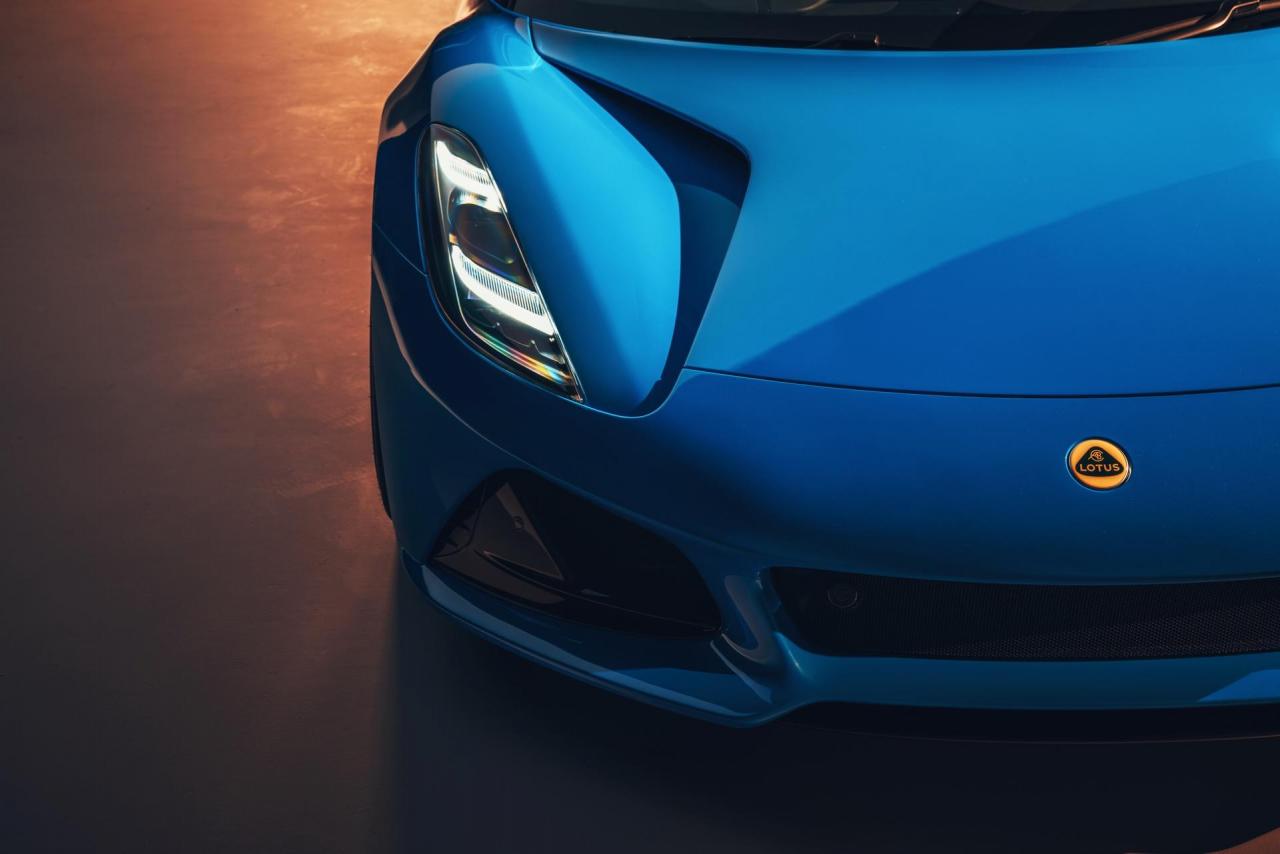
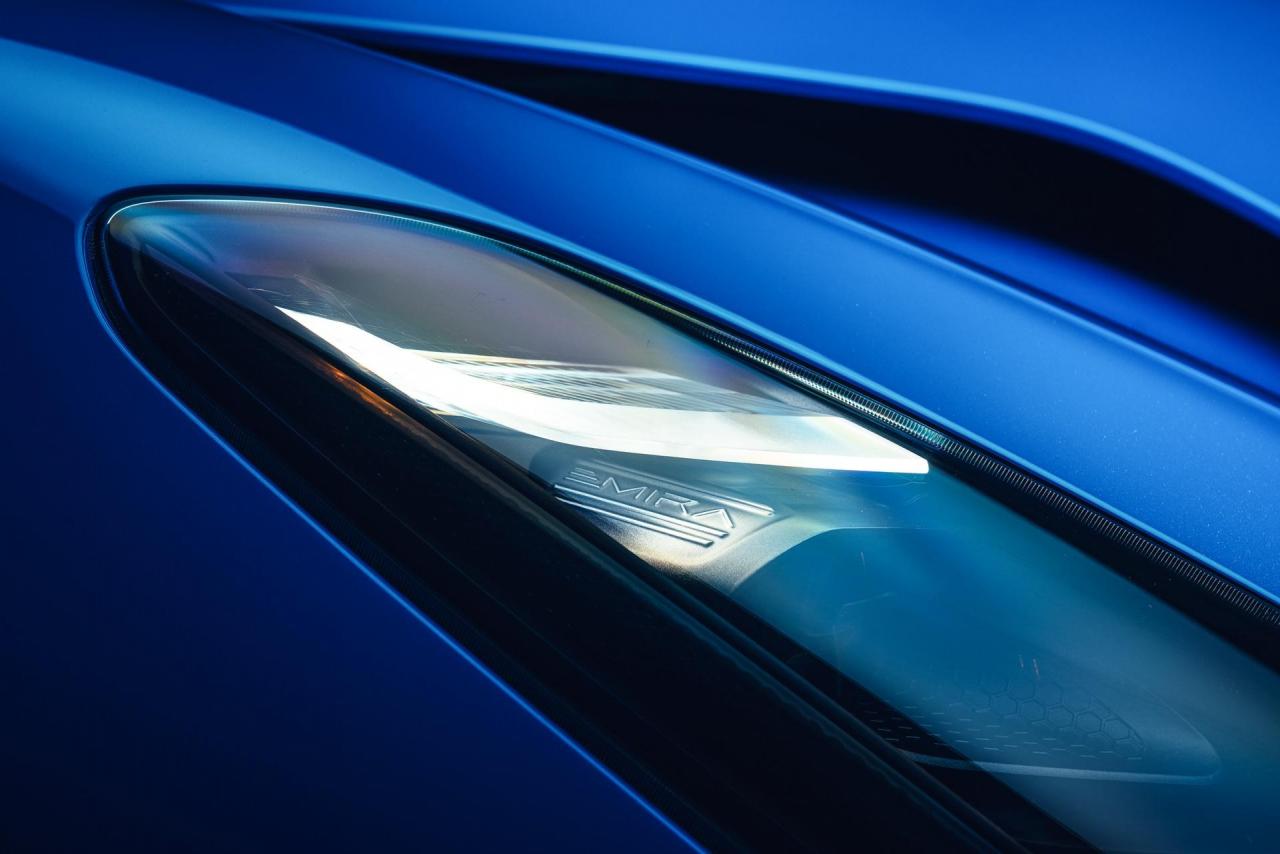
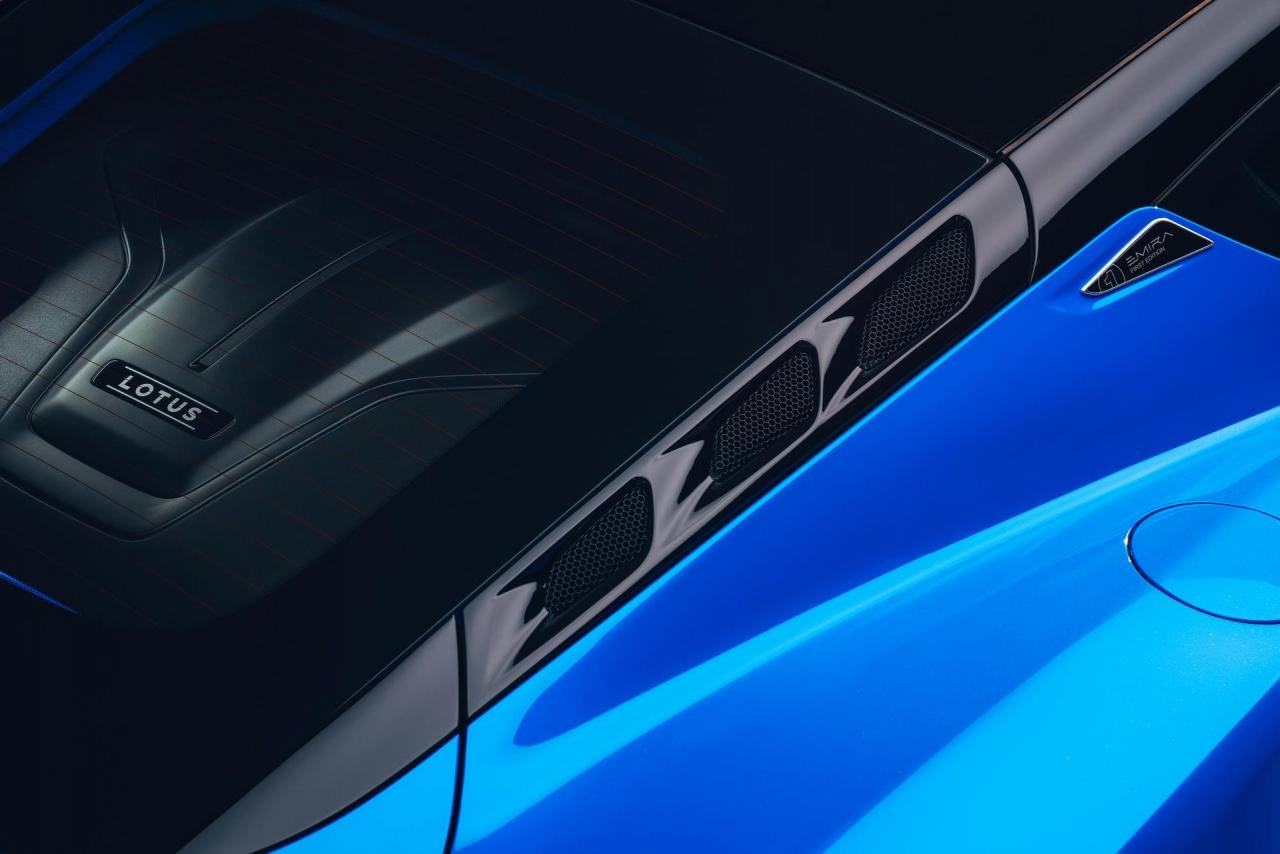
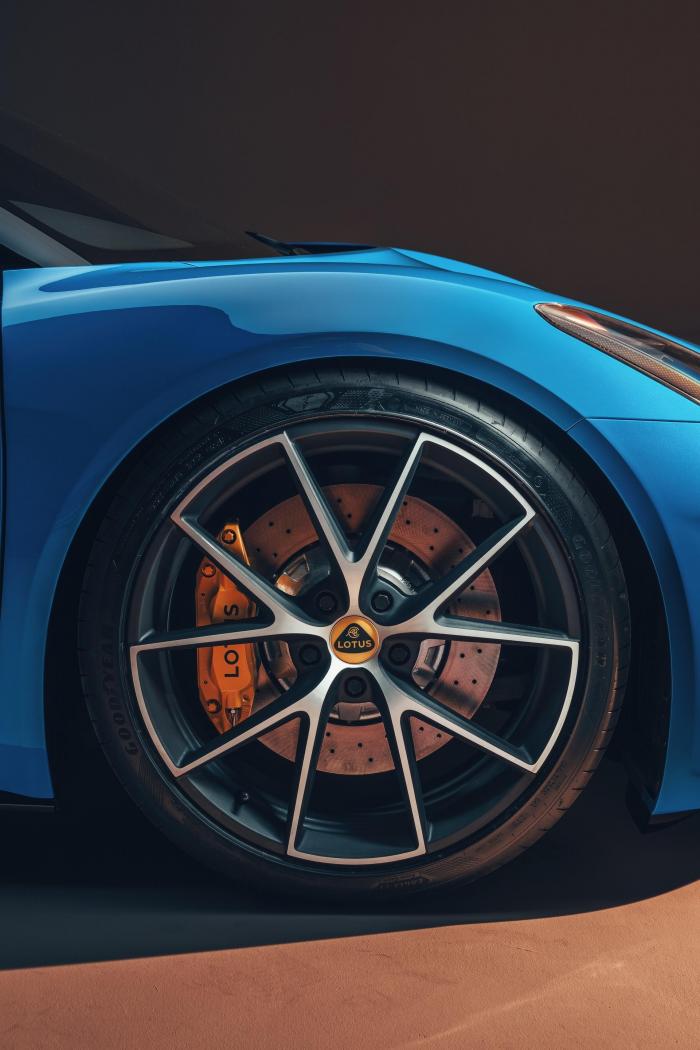
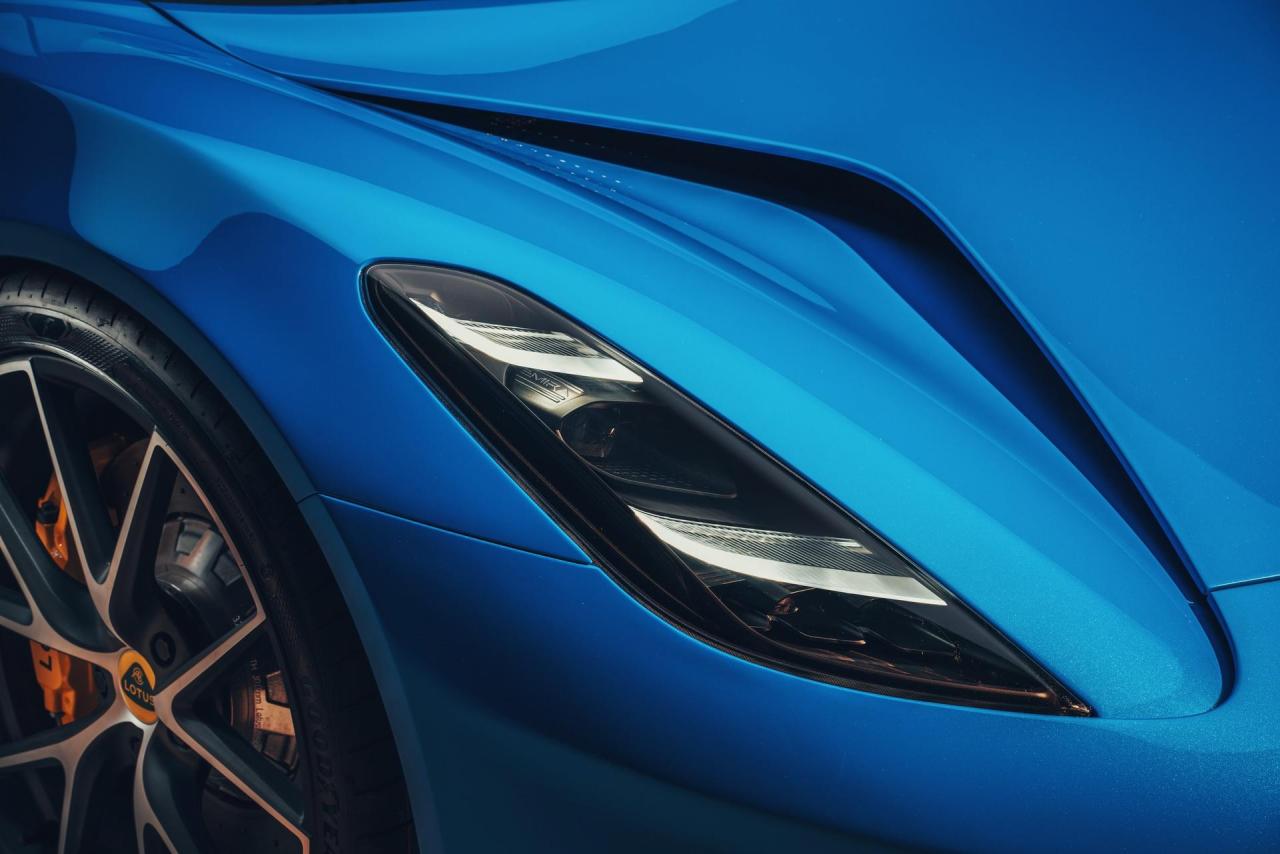
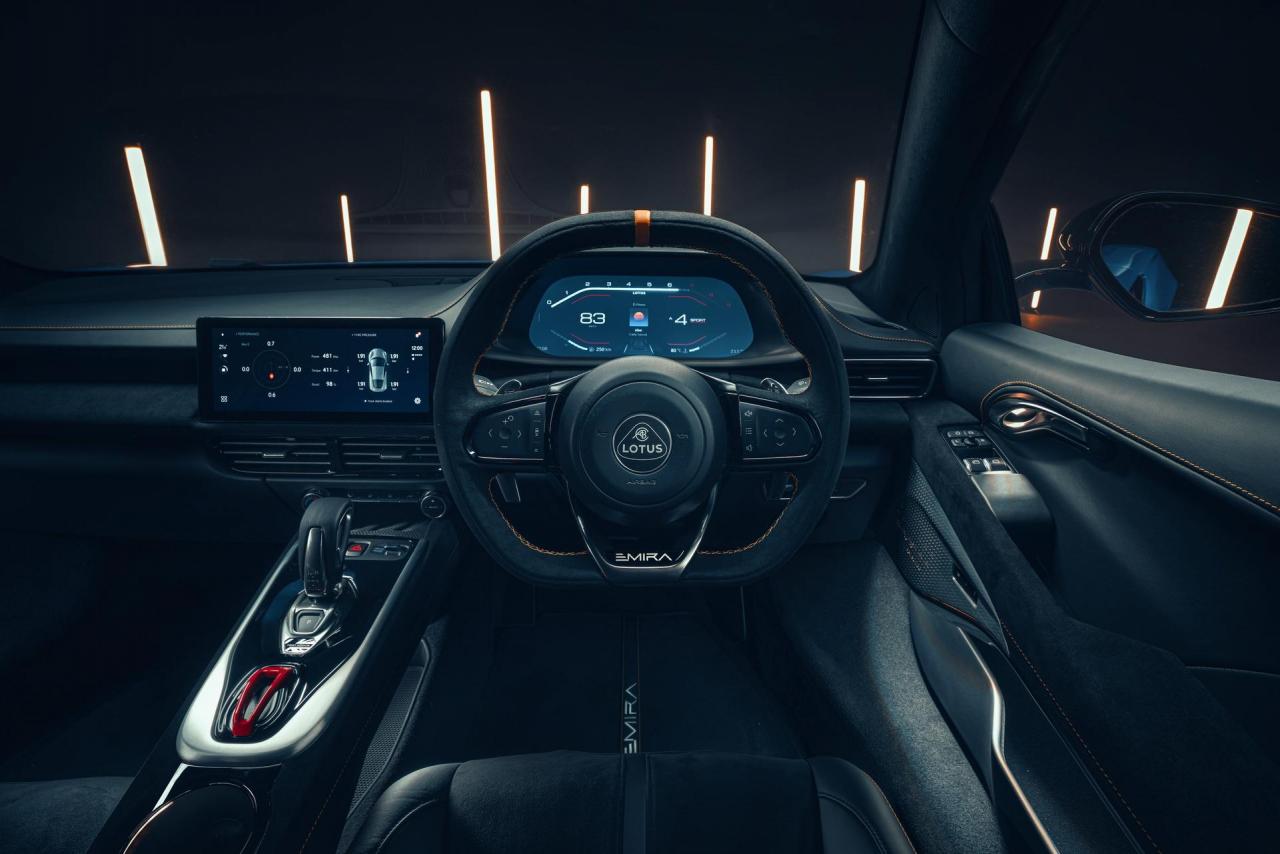
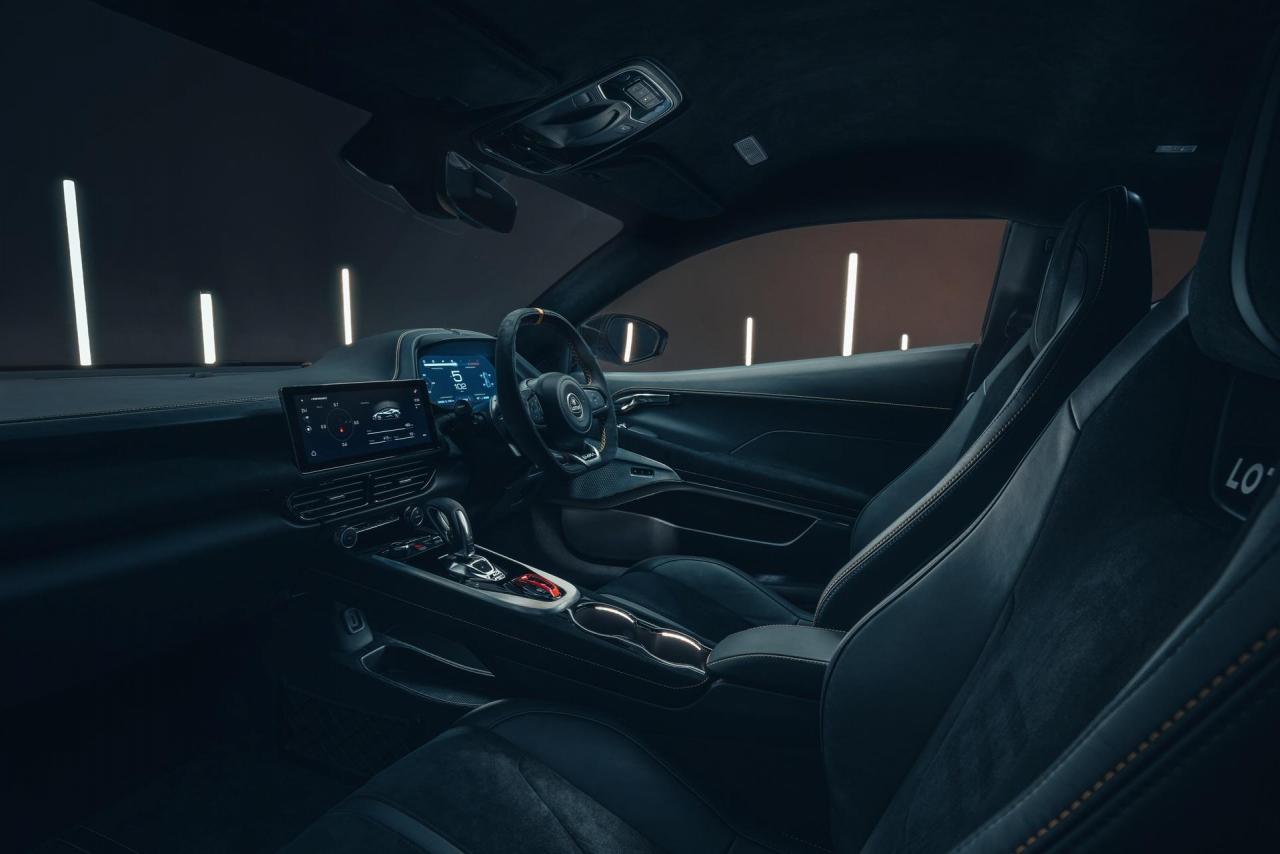
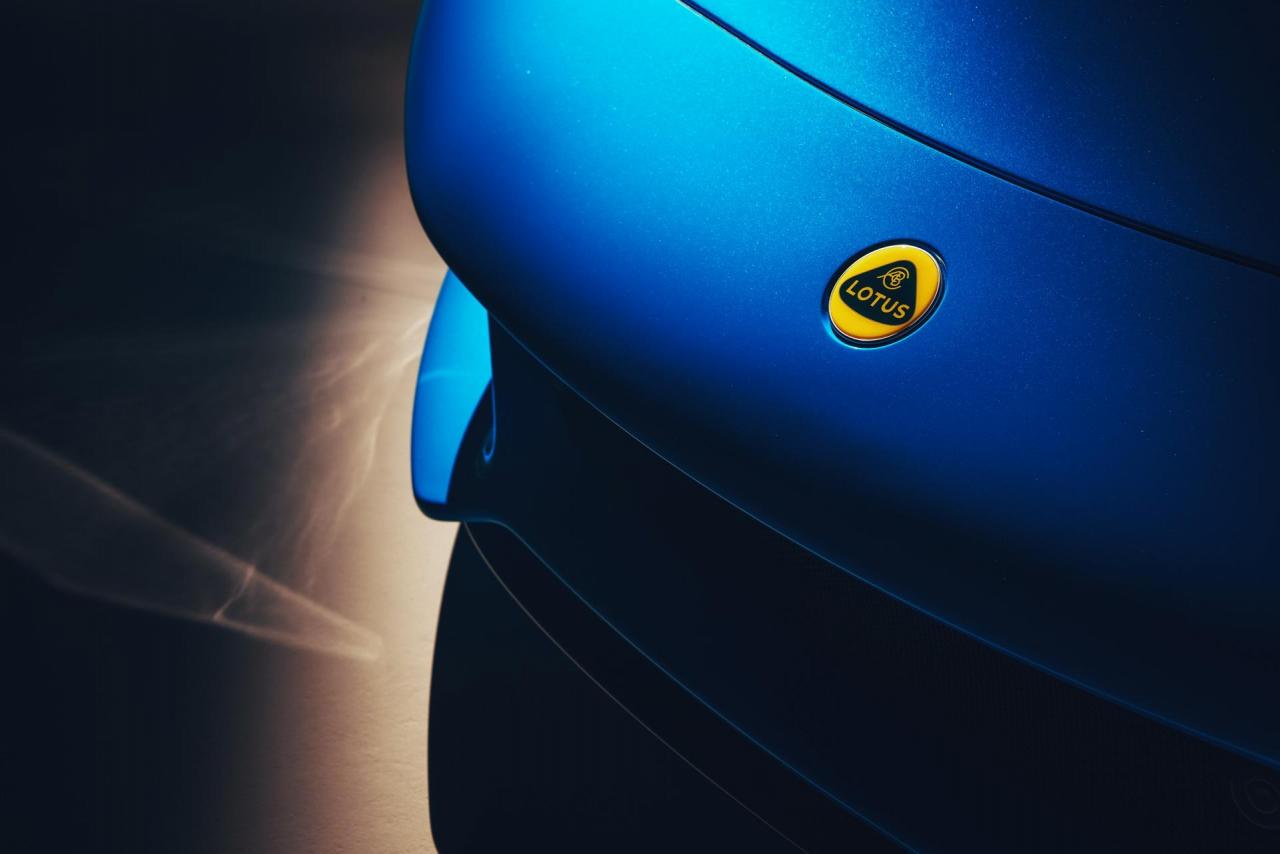
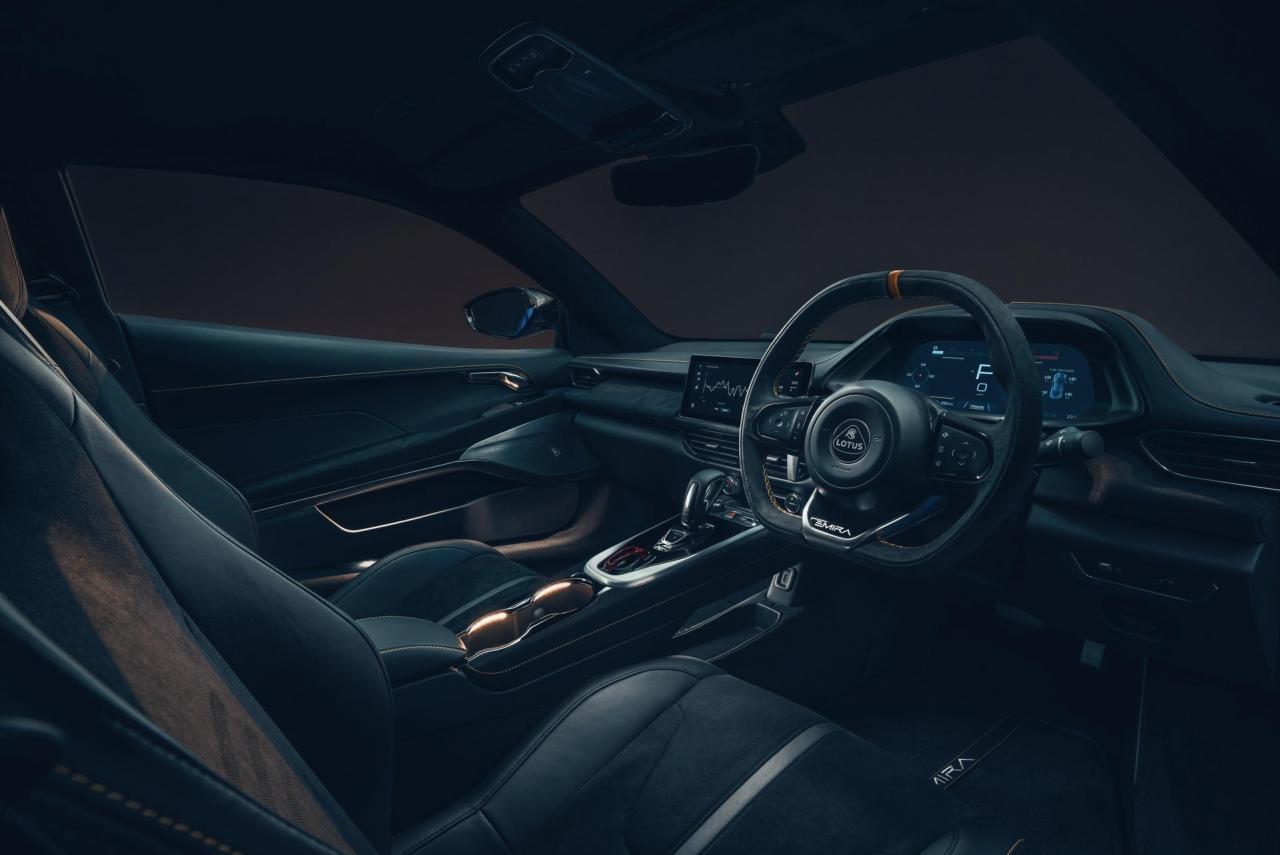
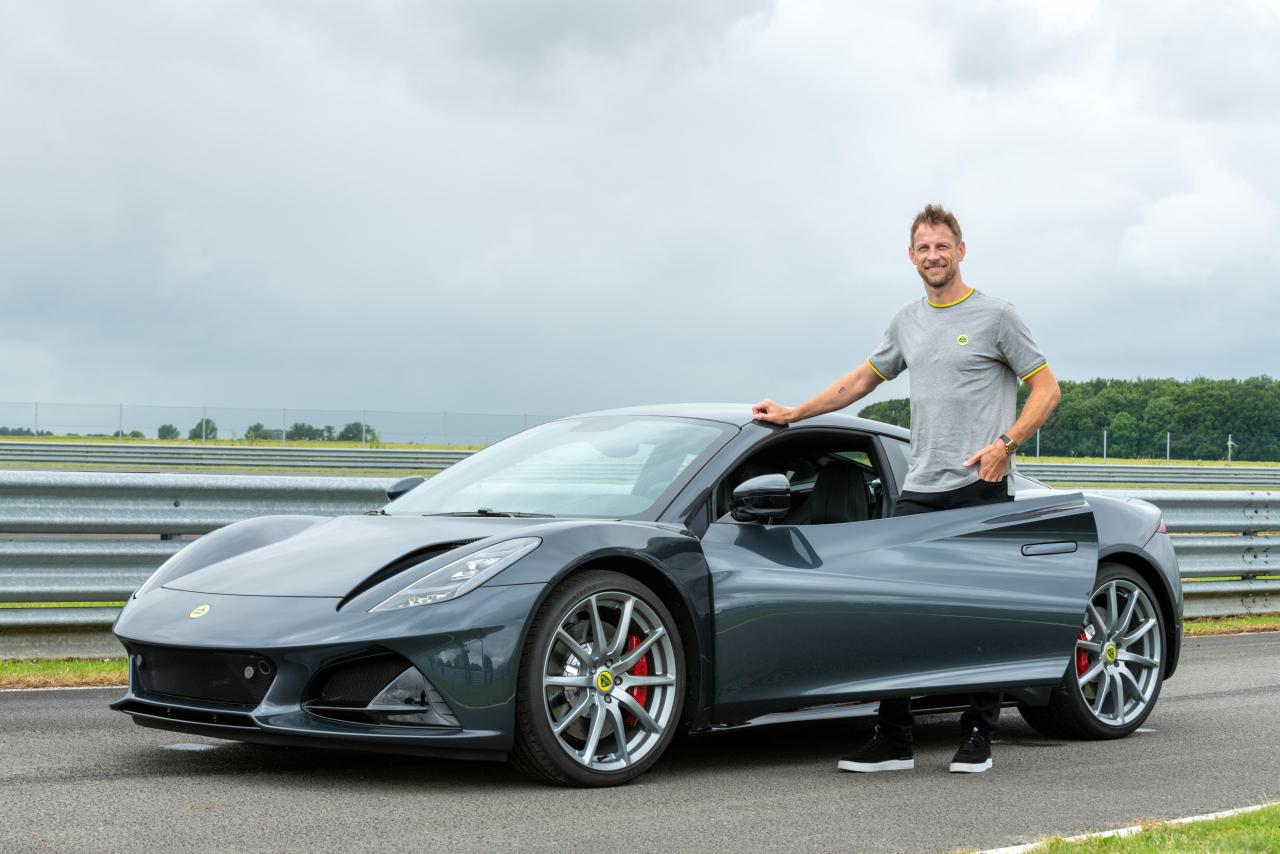
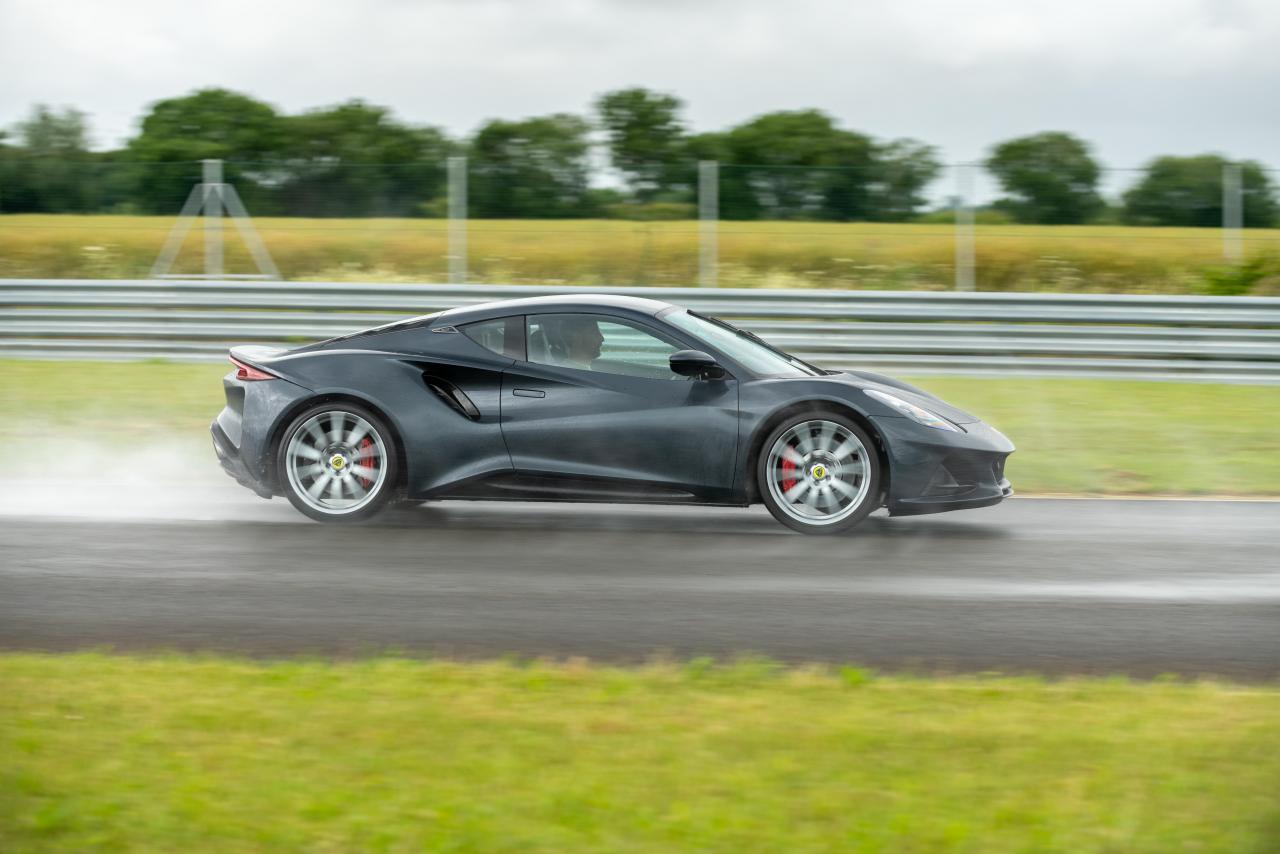
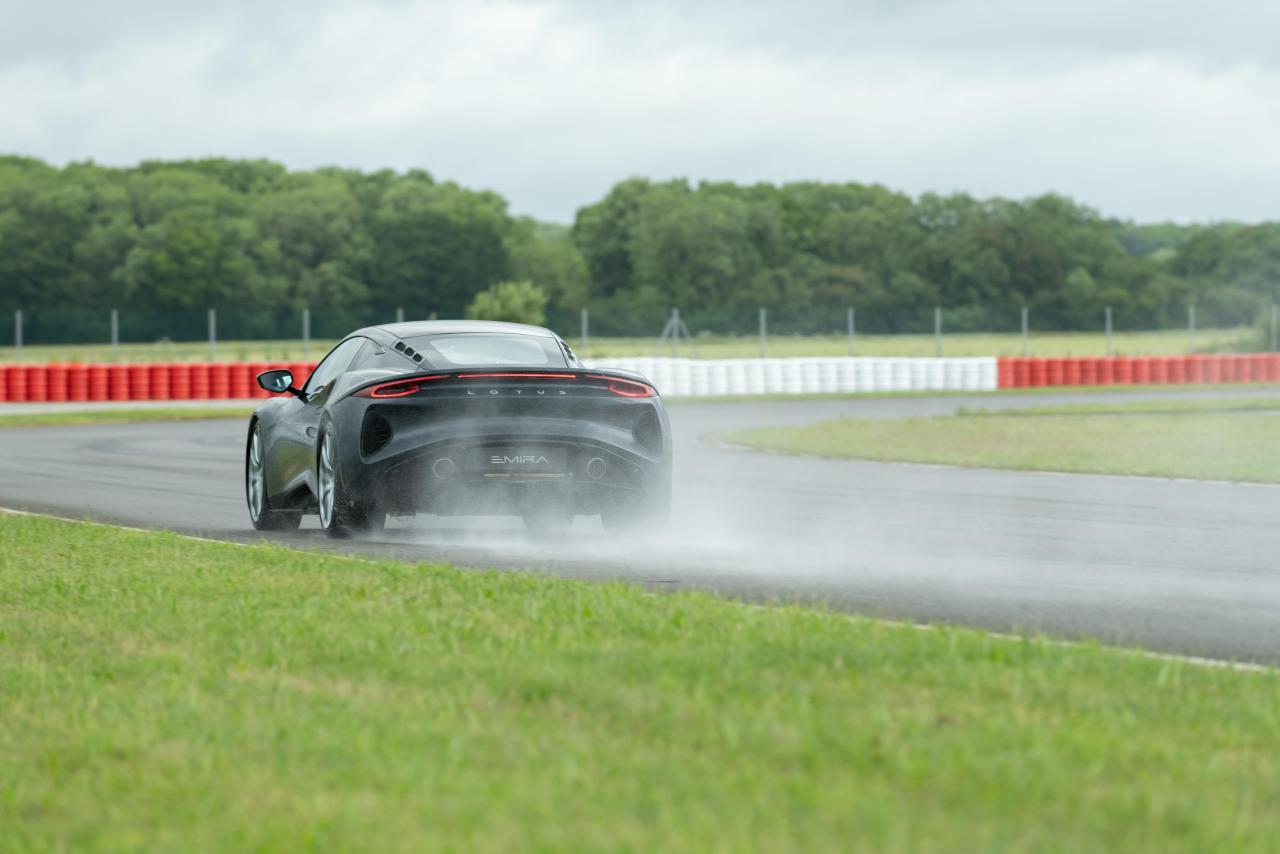
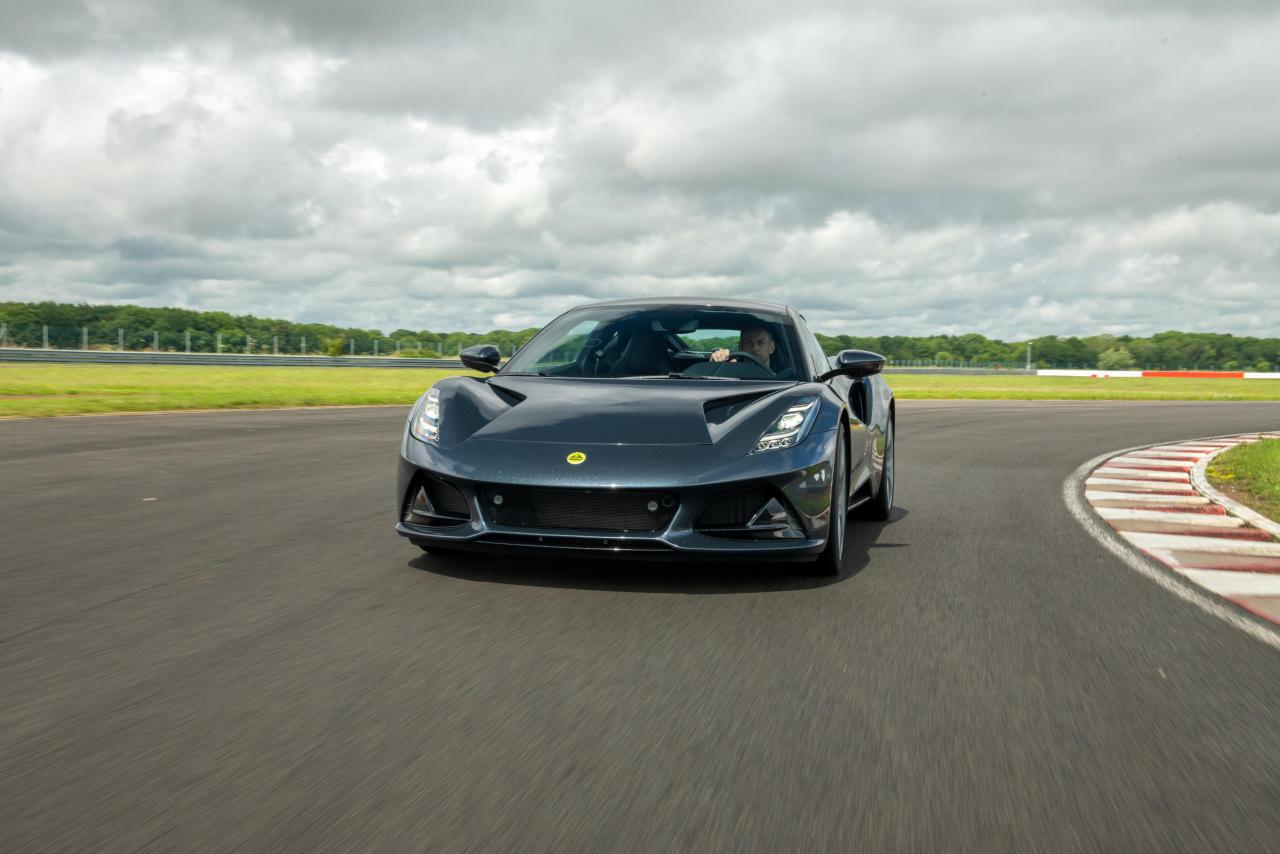

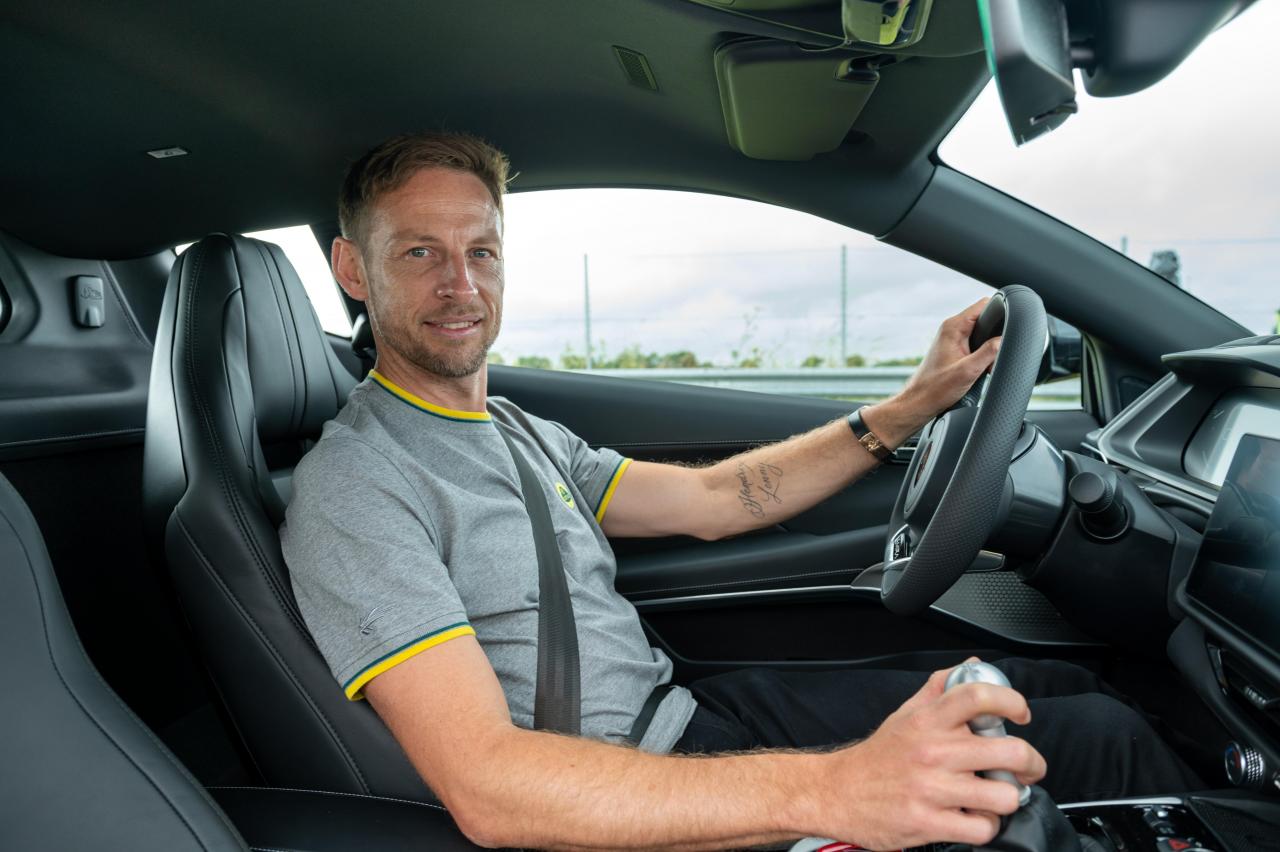
.thumb.jpg.d20c5008a881490f9c7f843d442a34f8.jpg)
